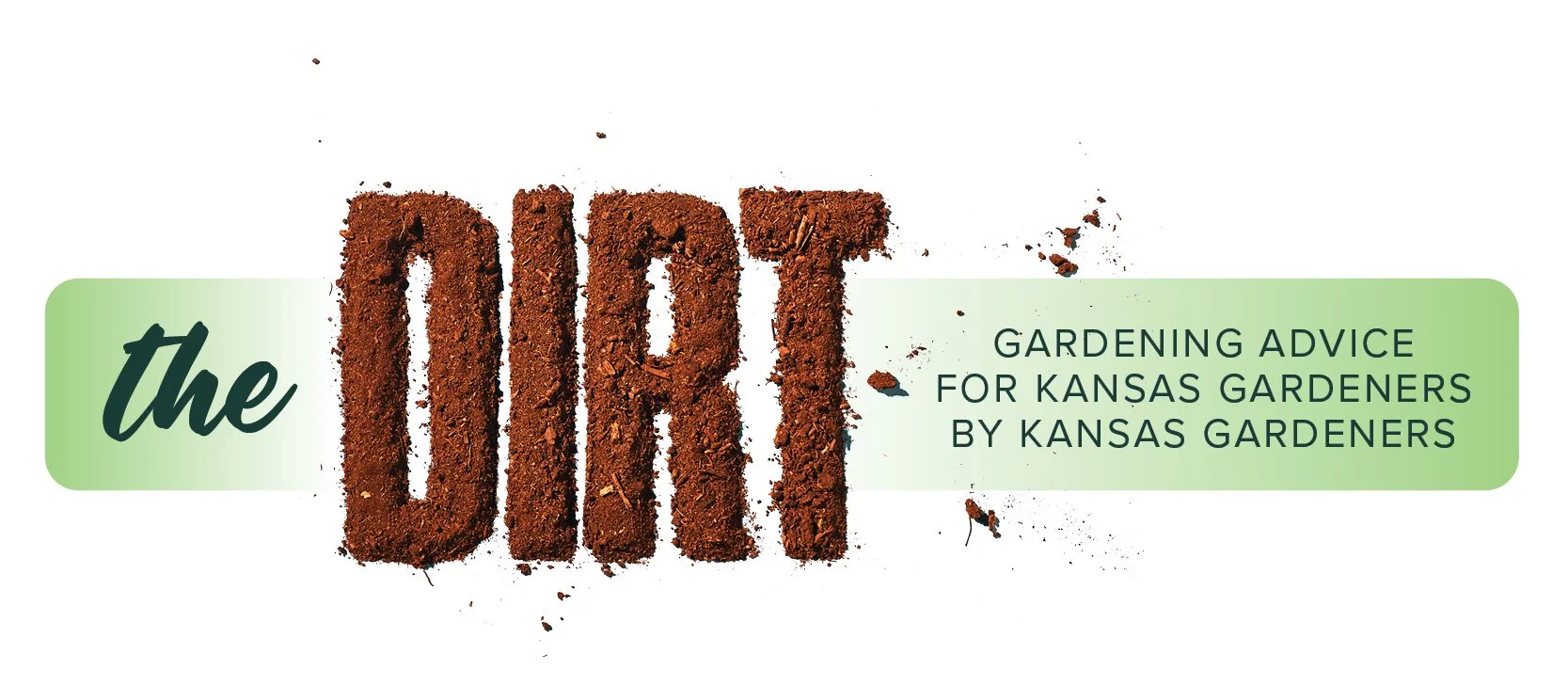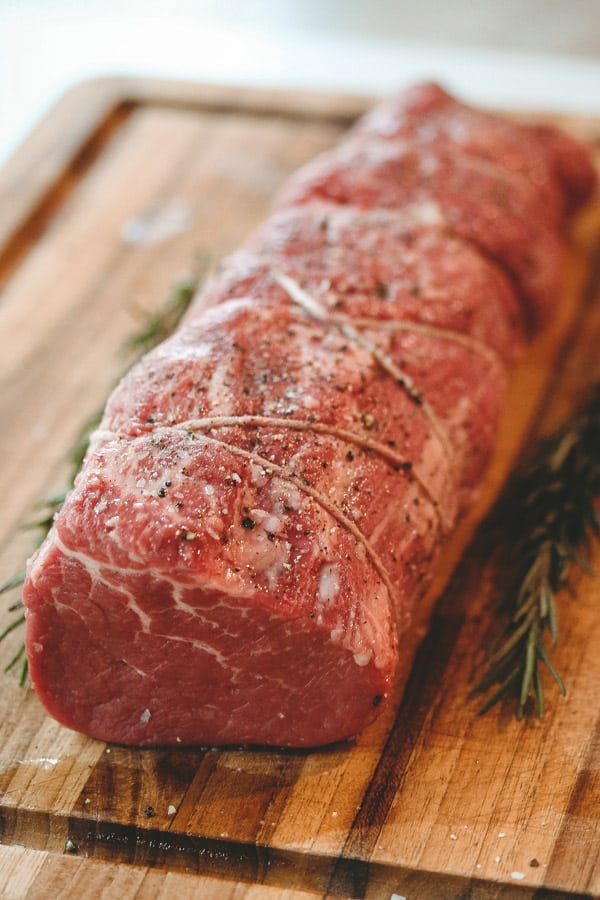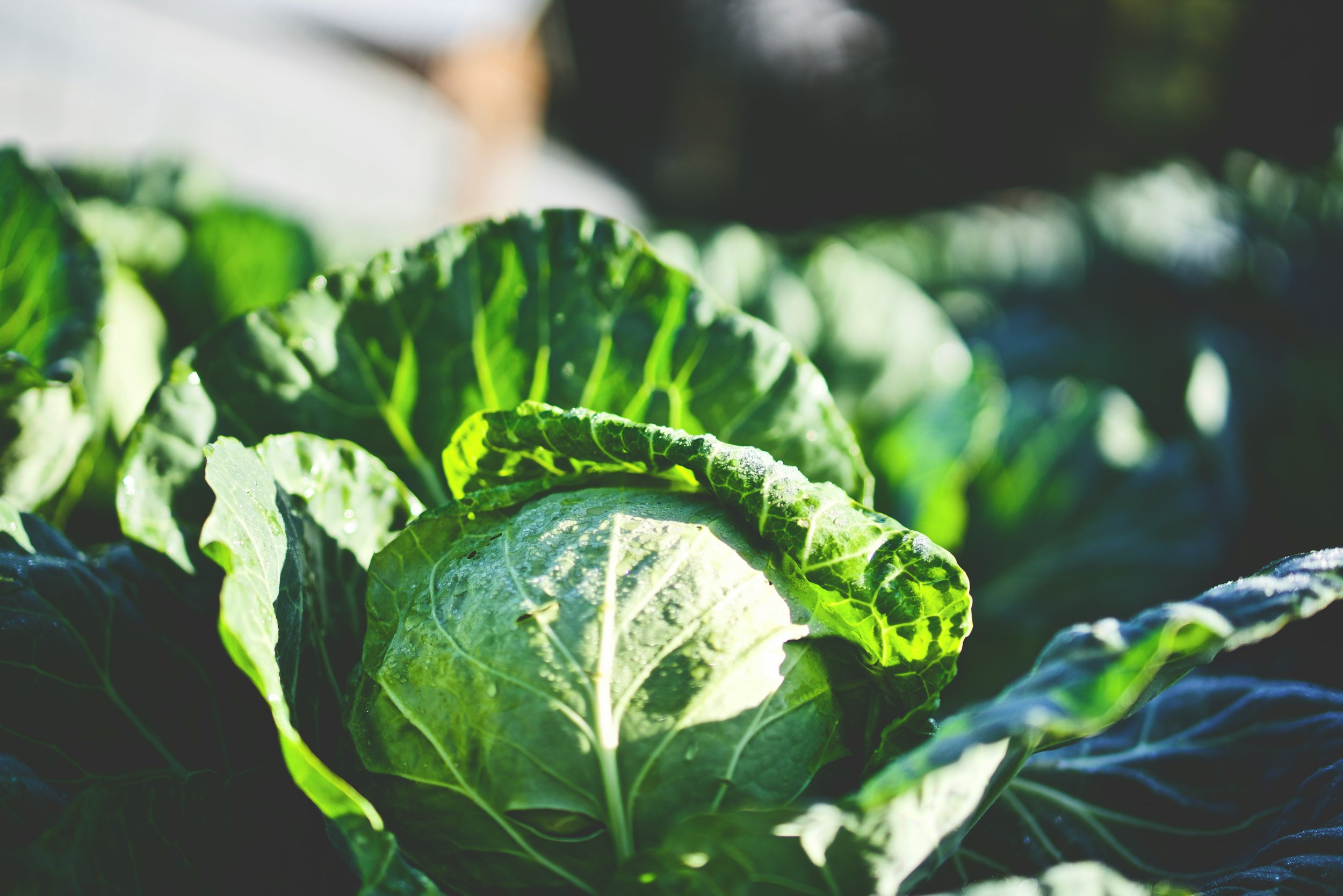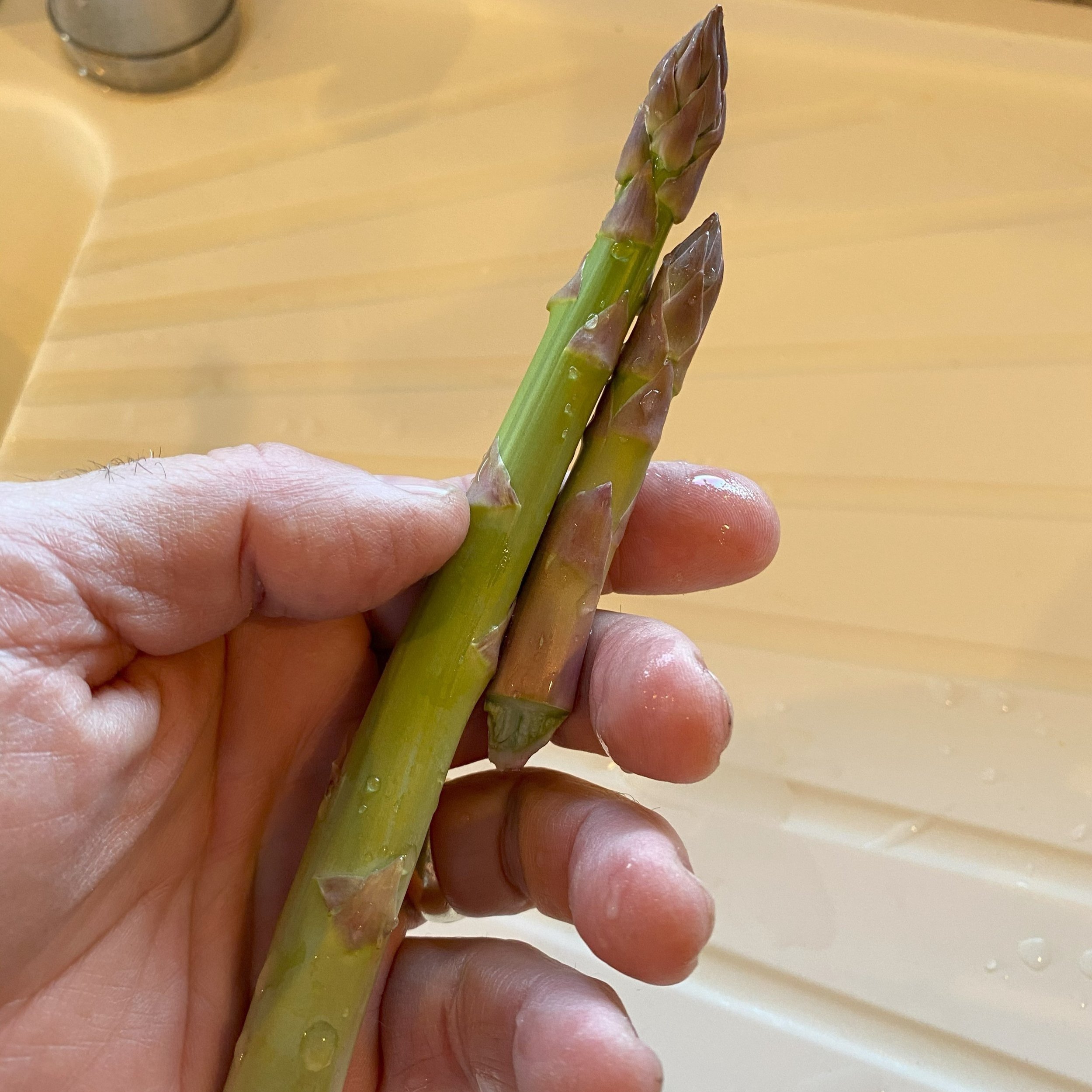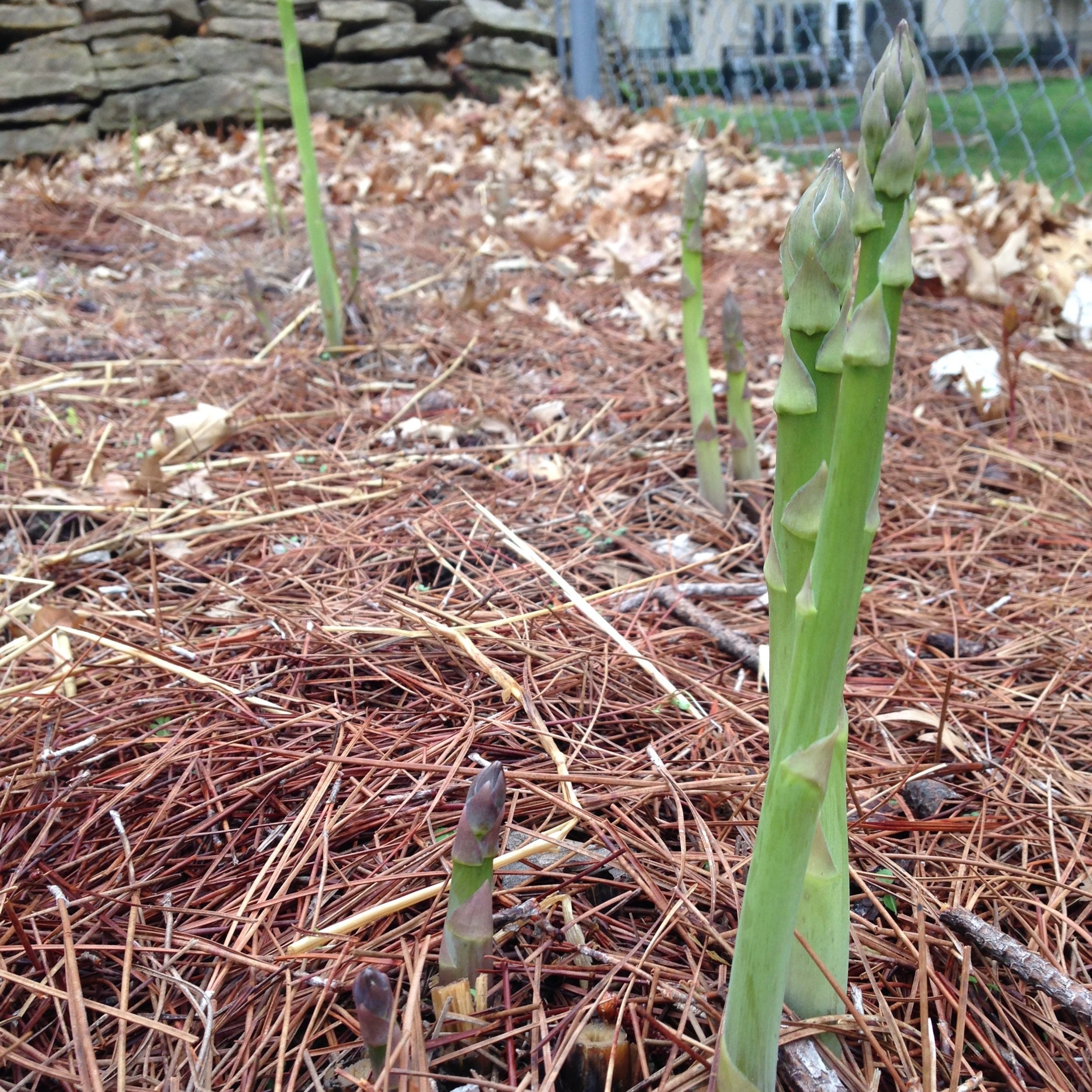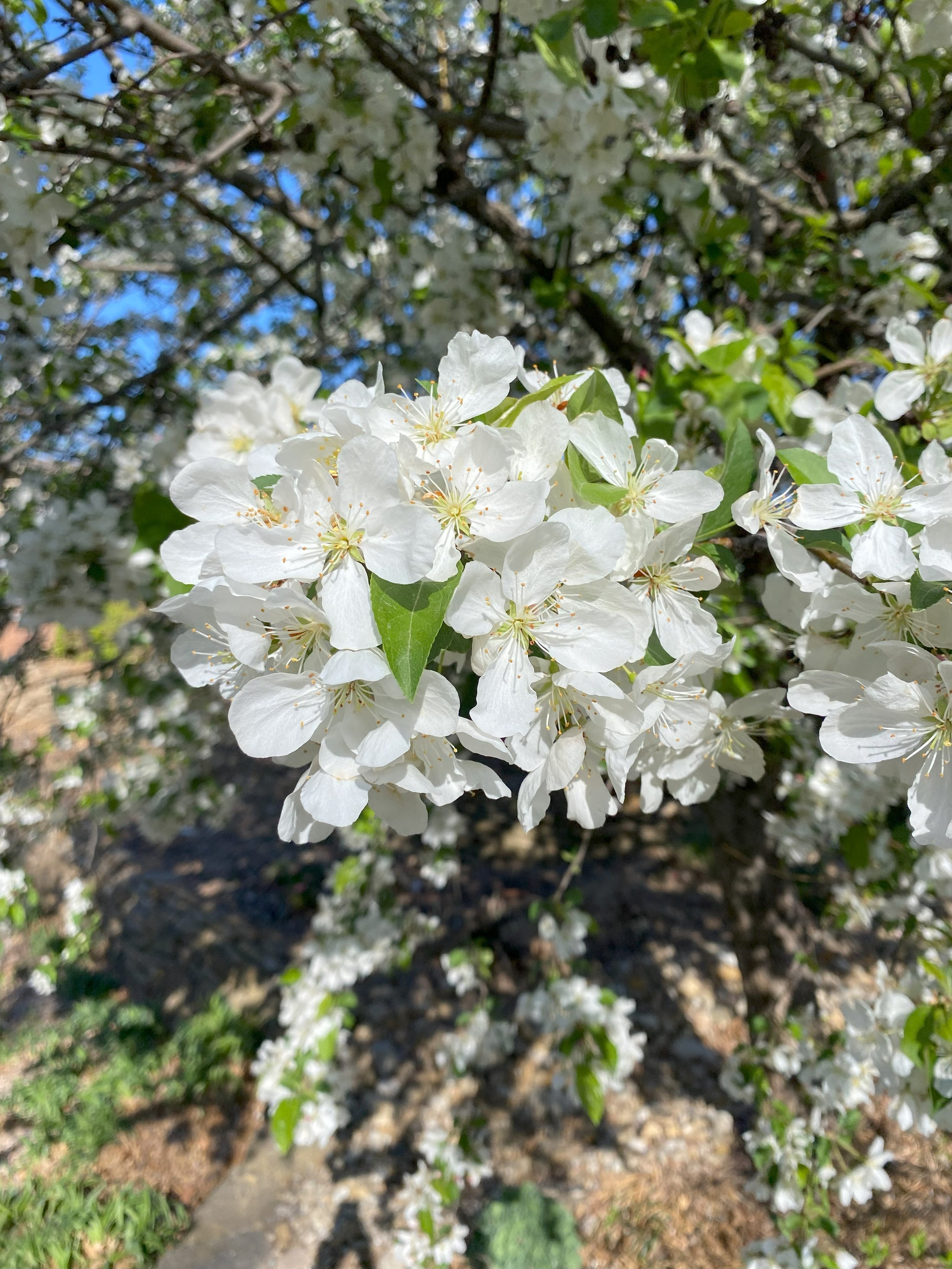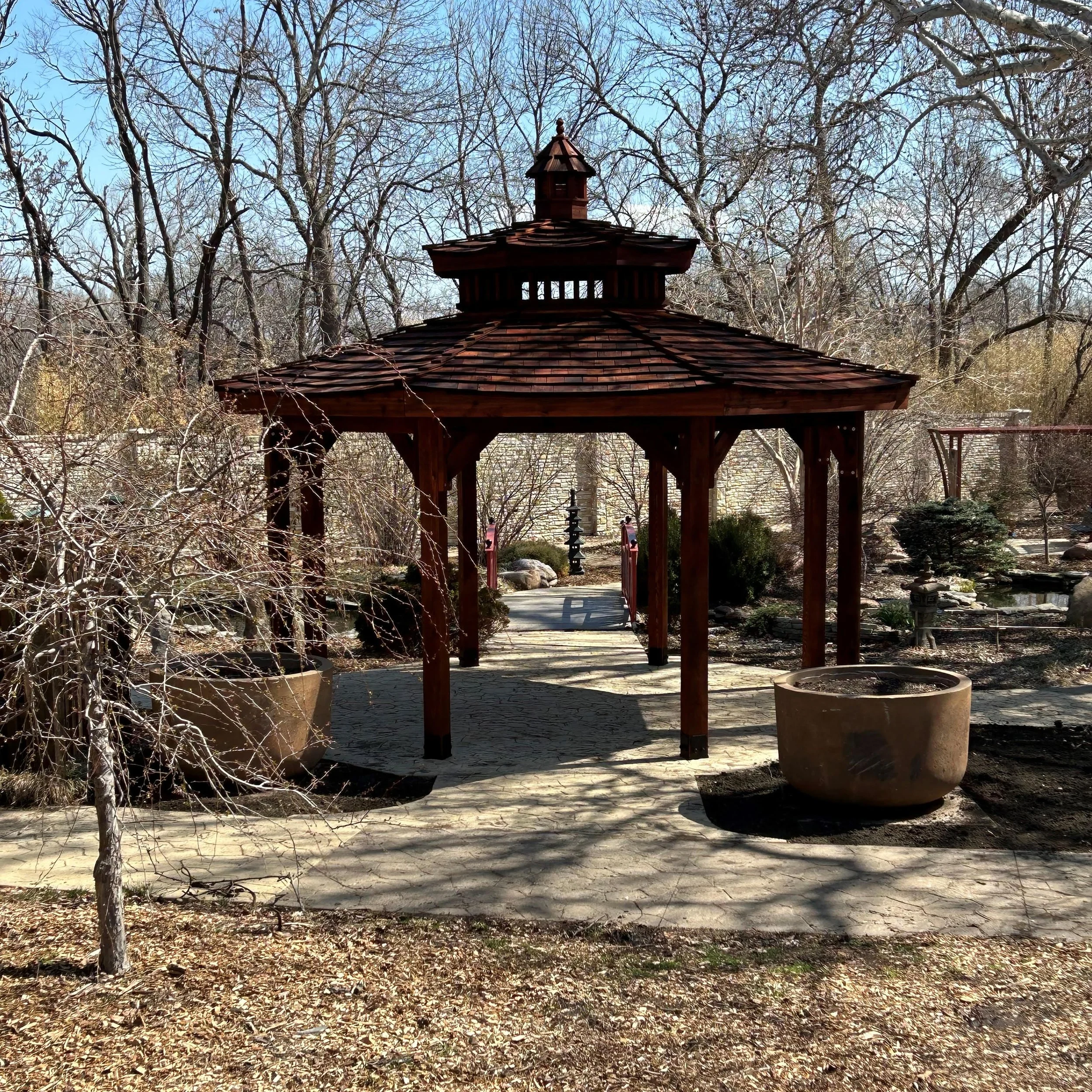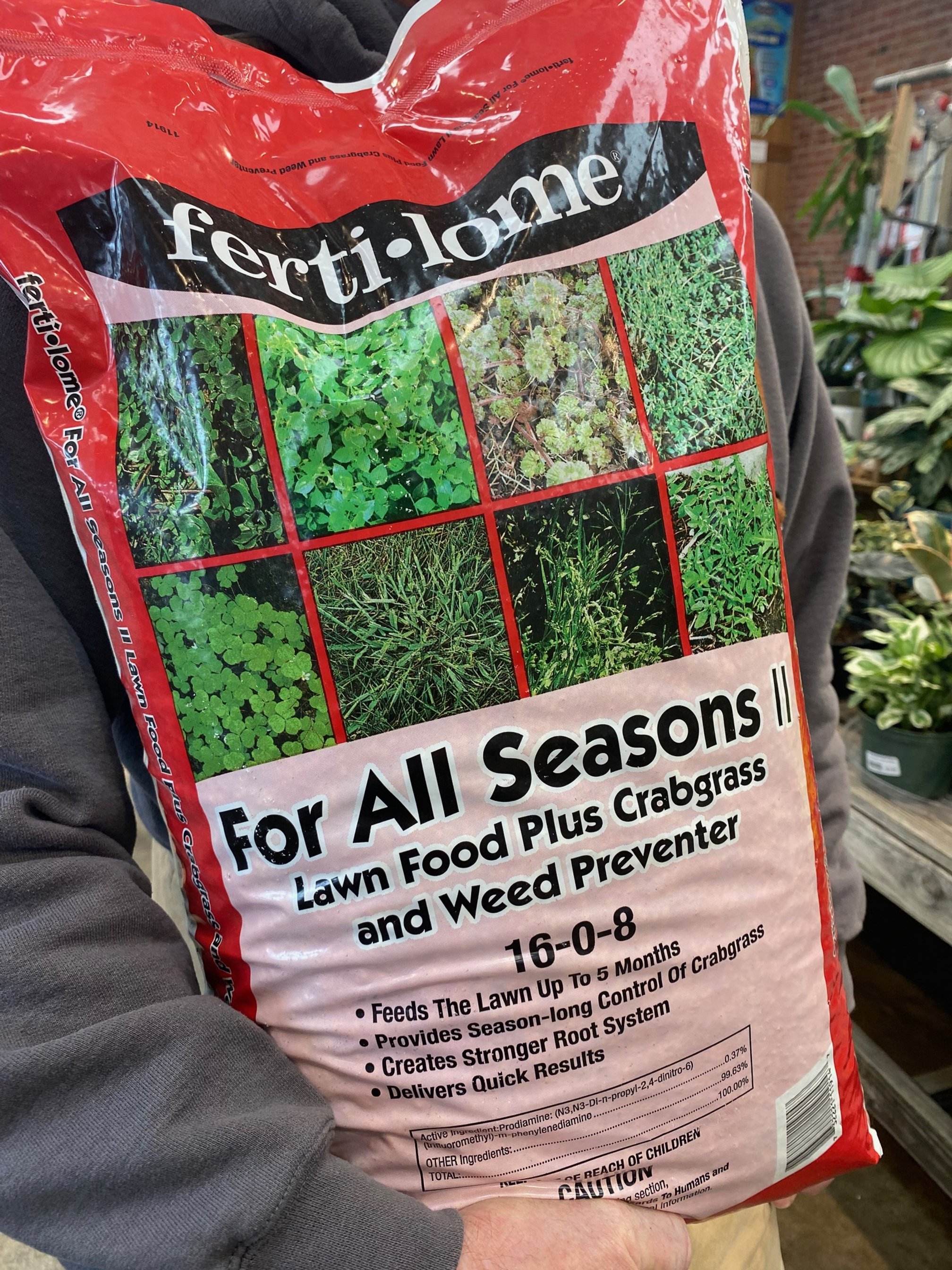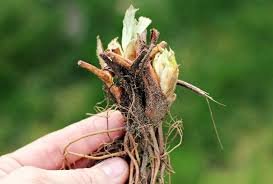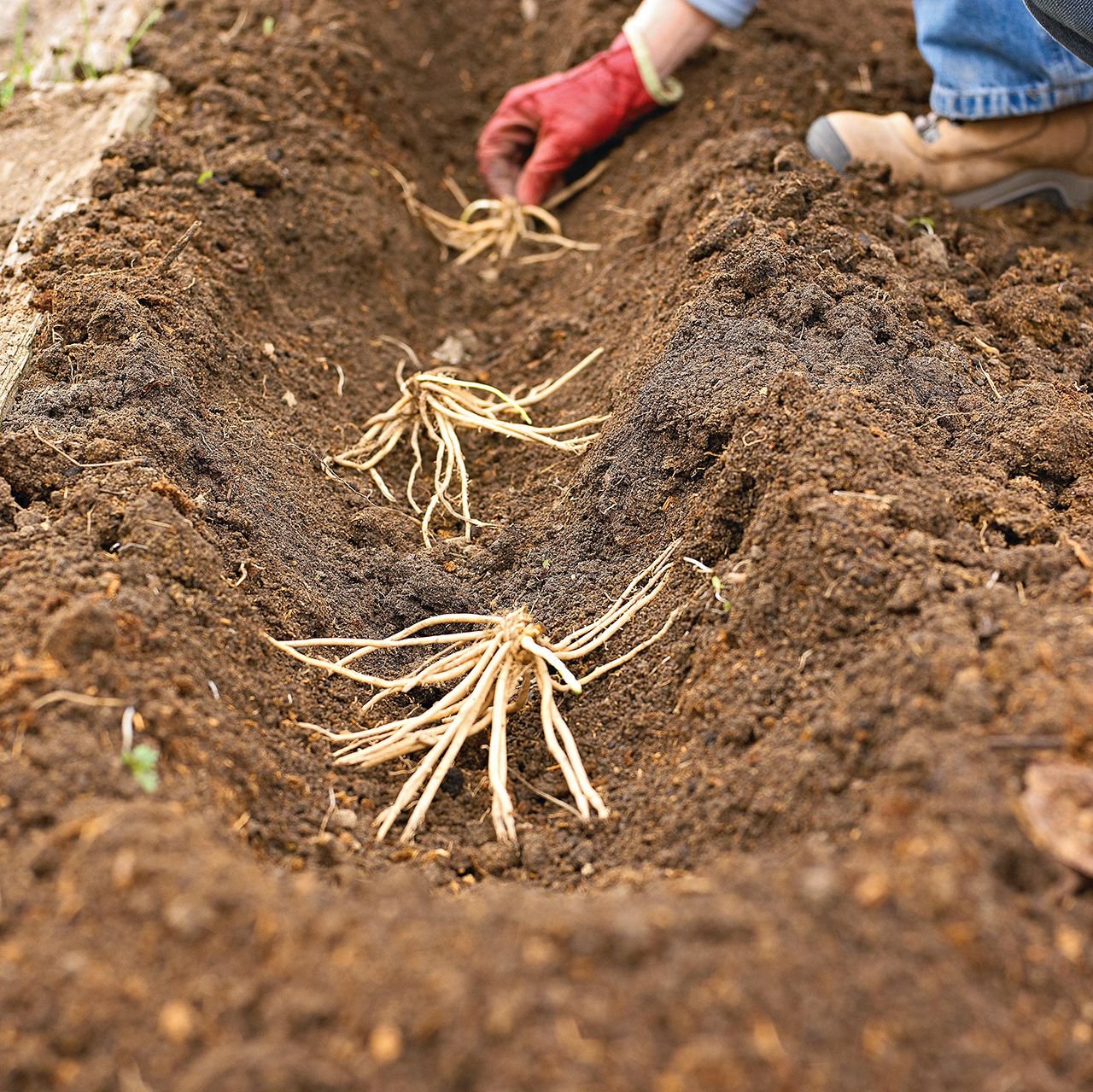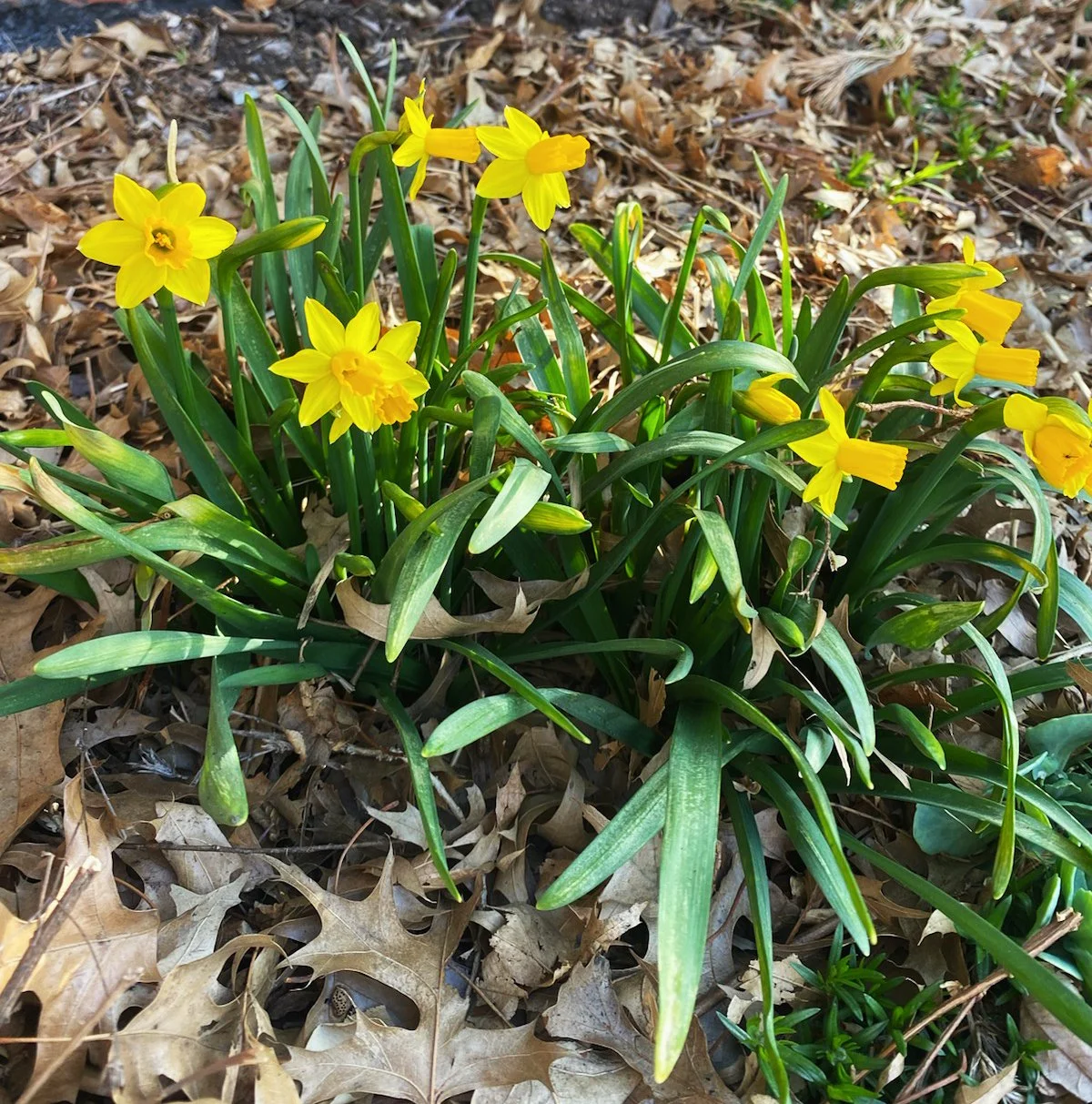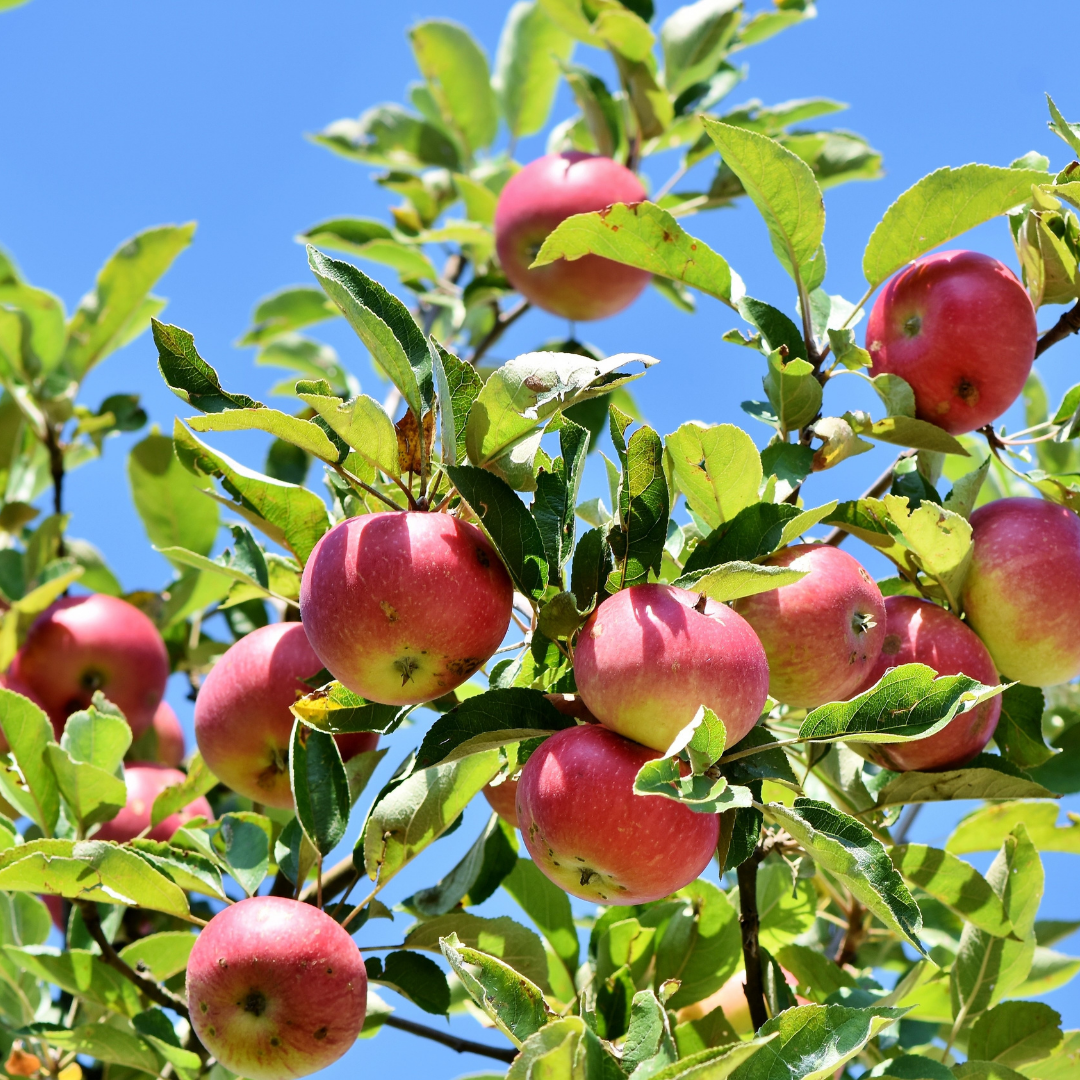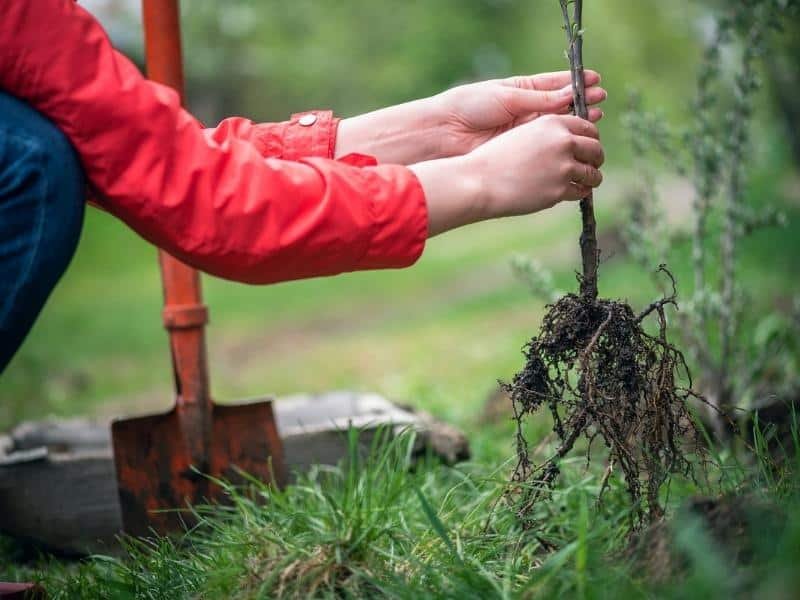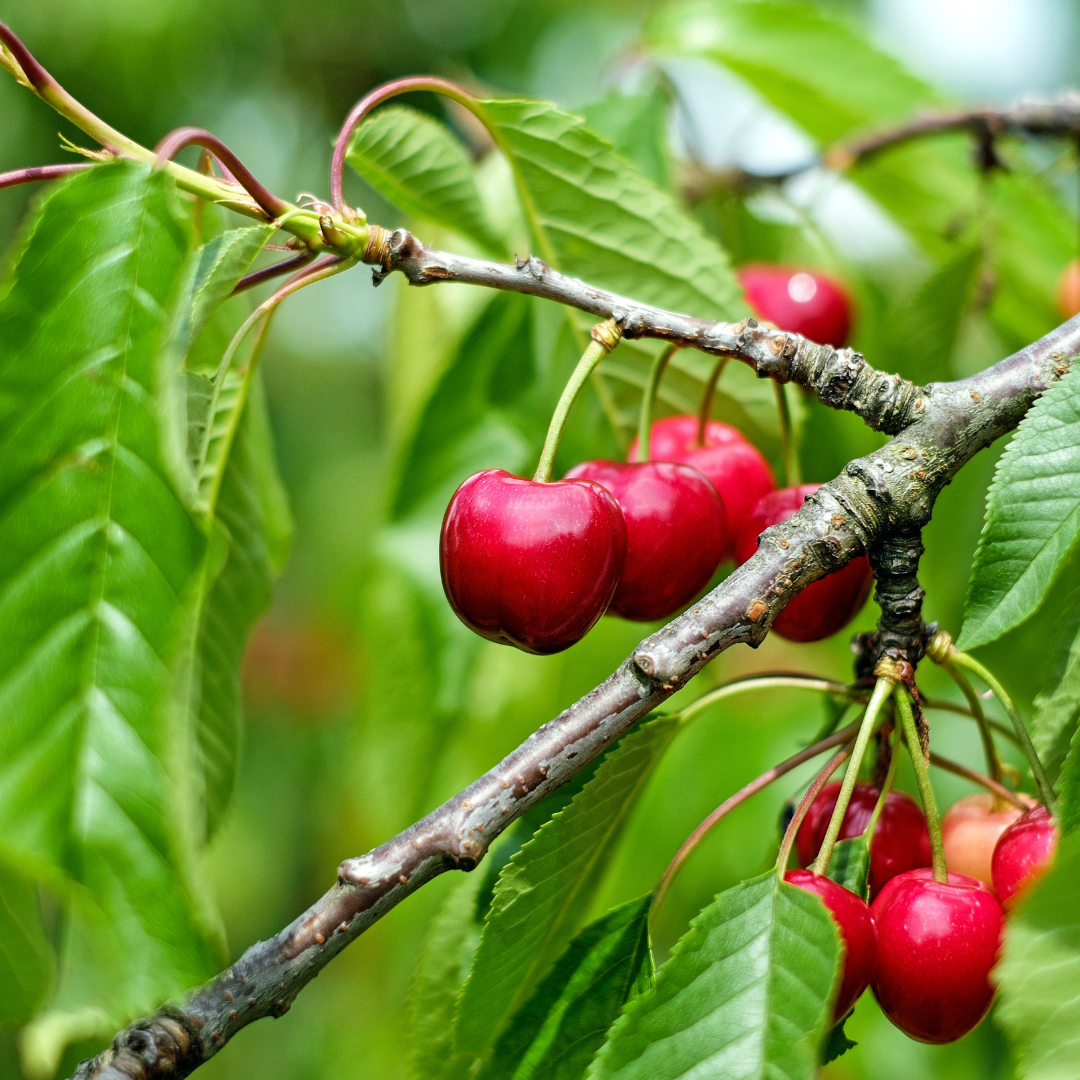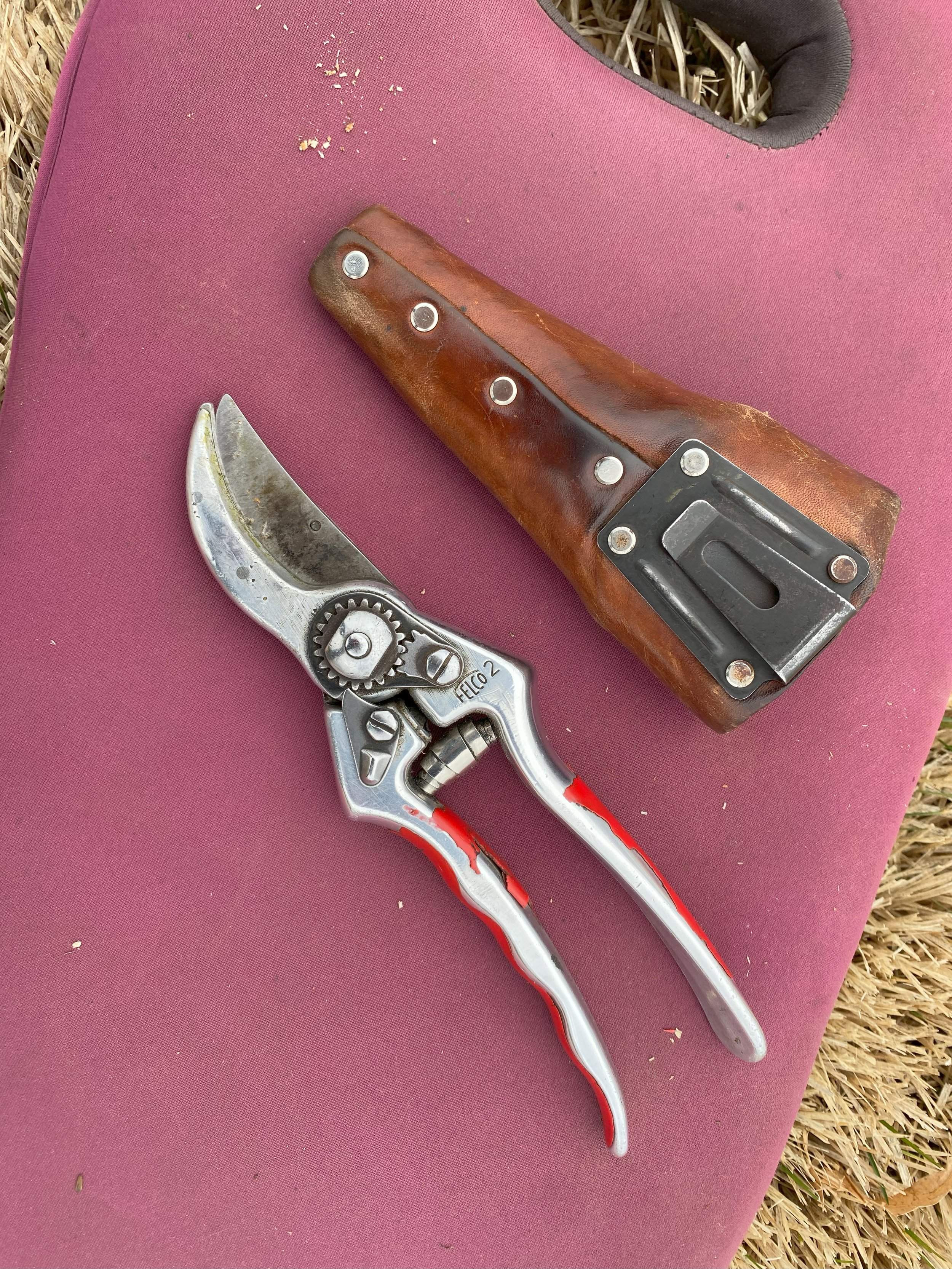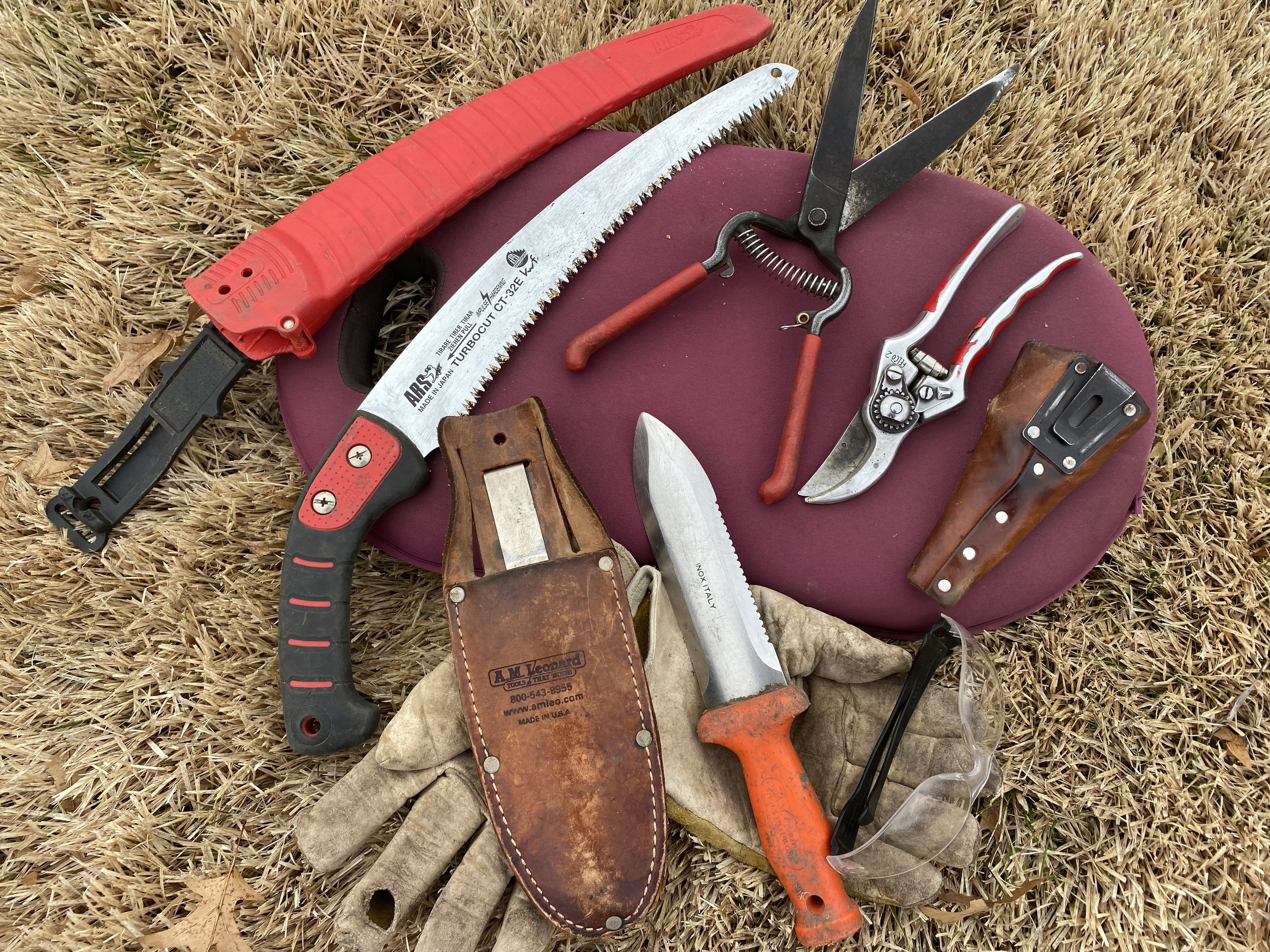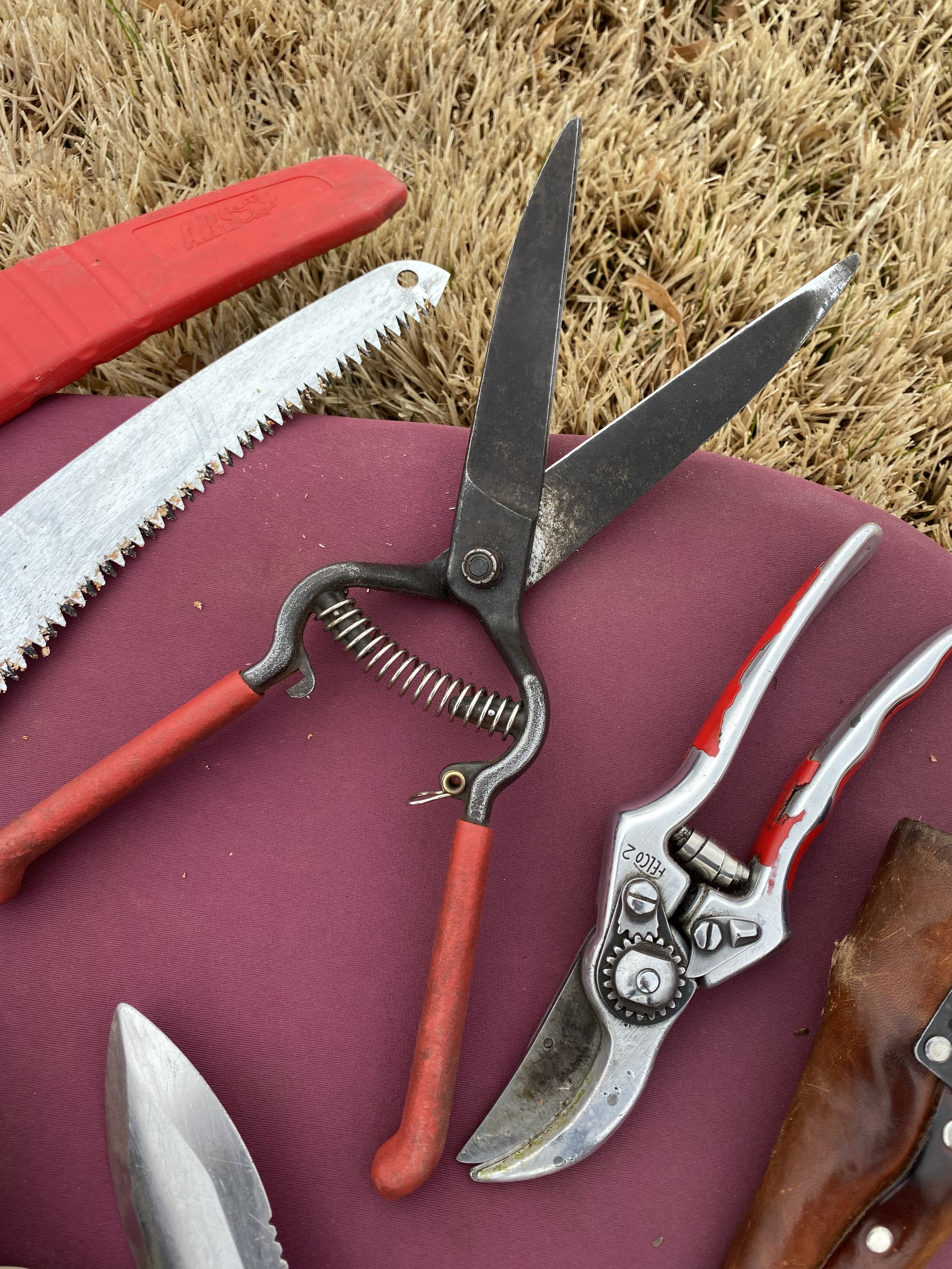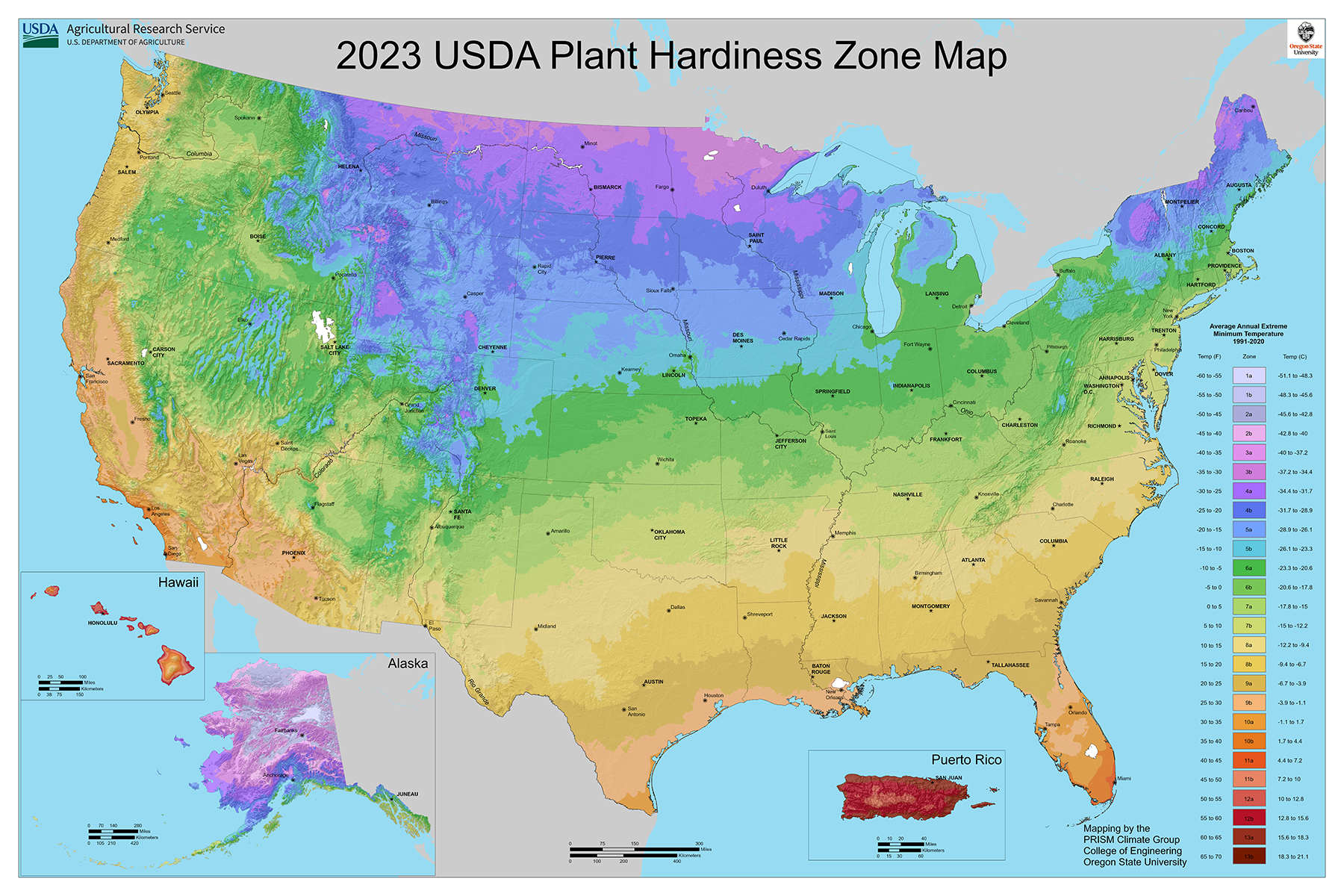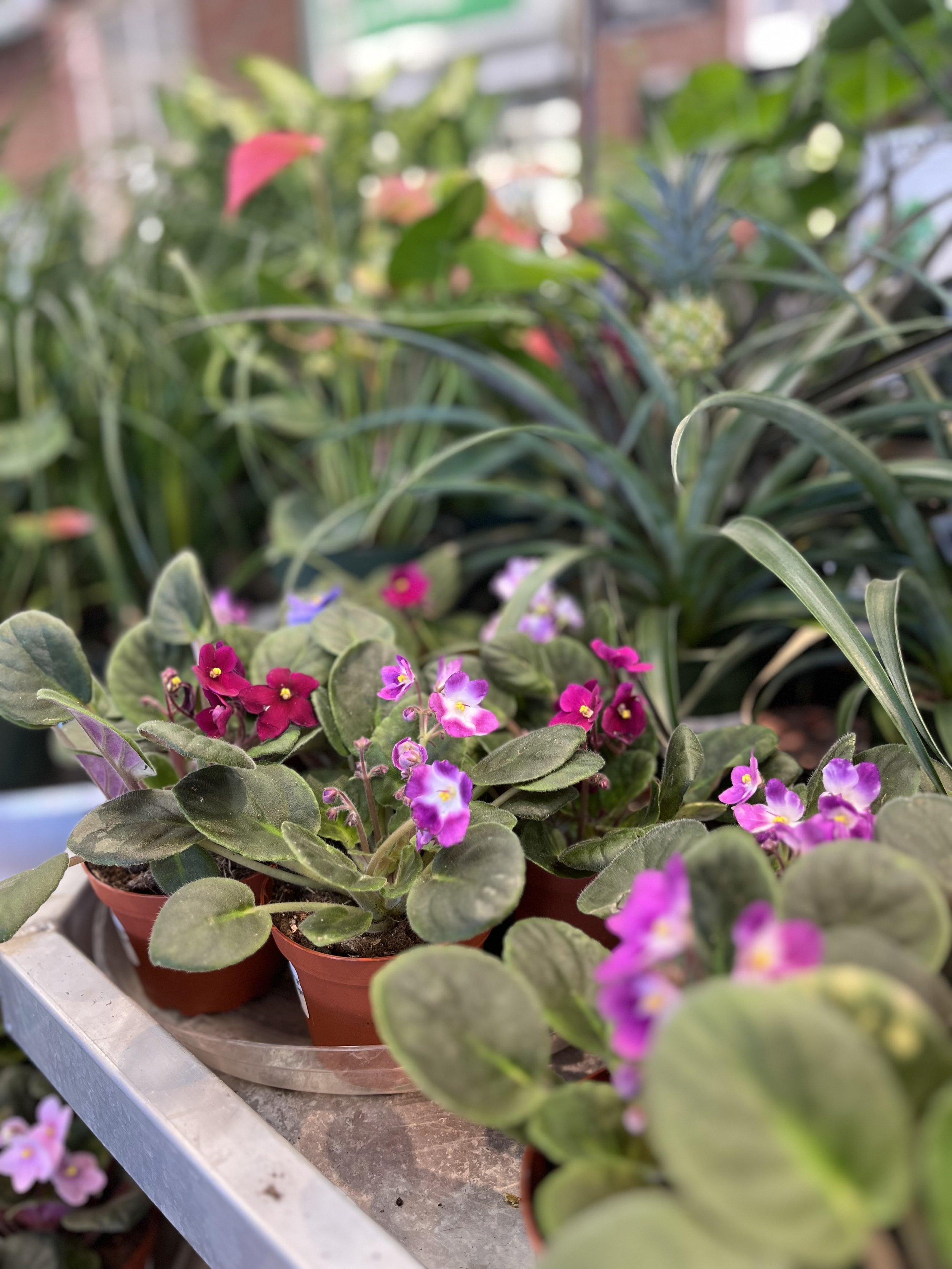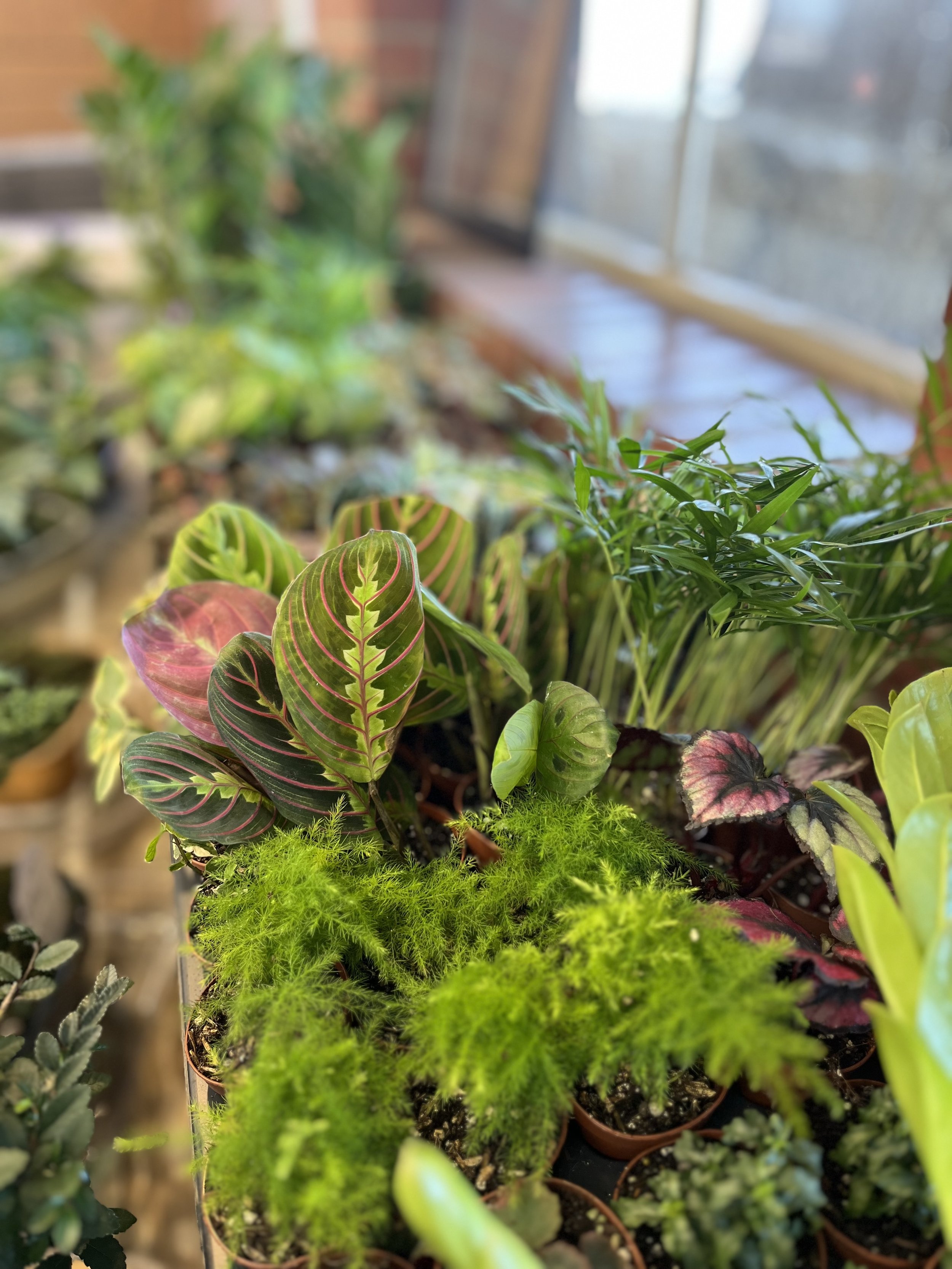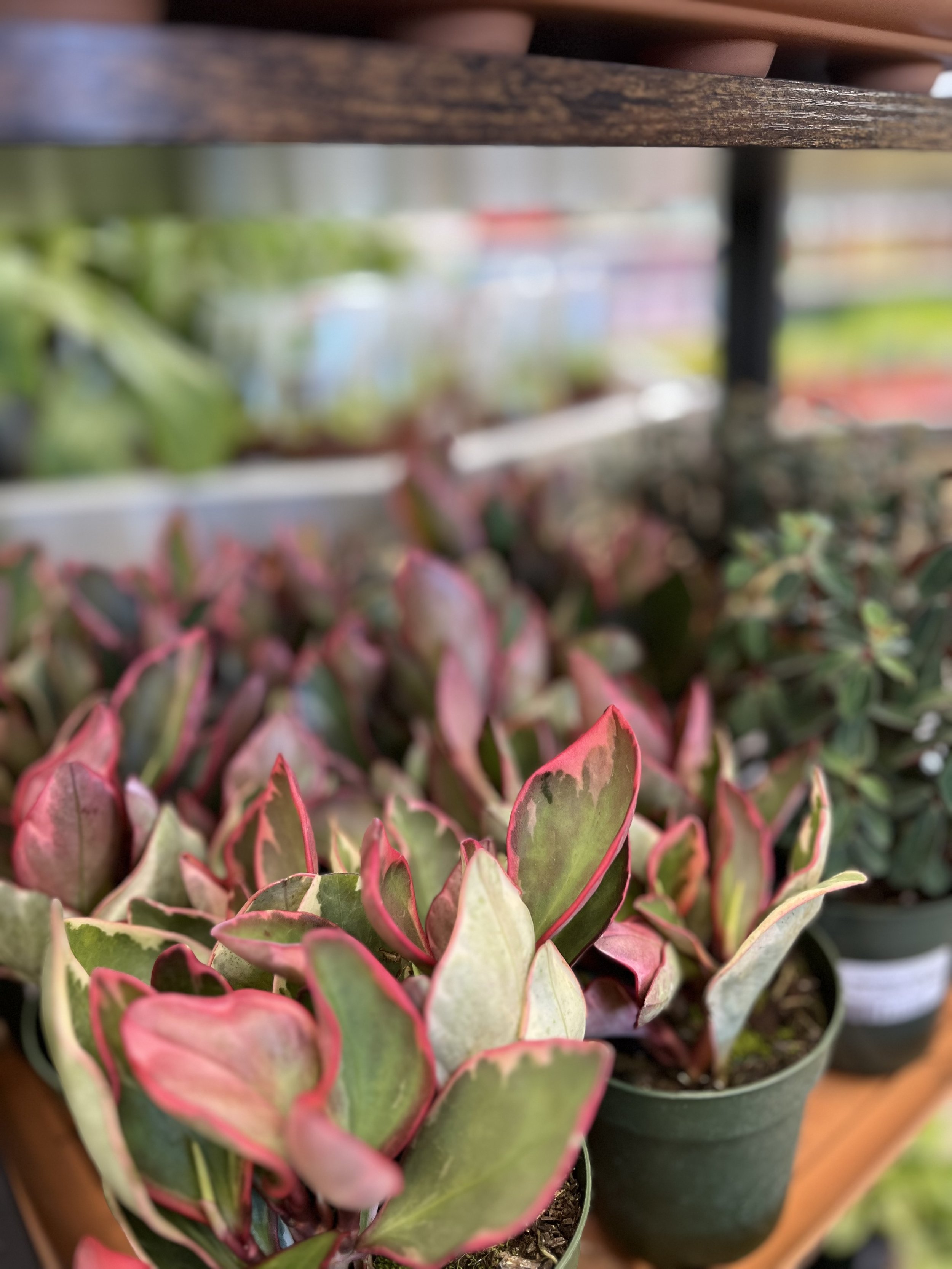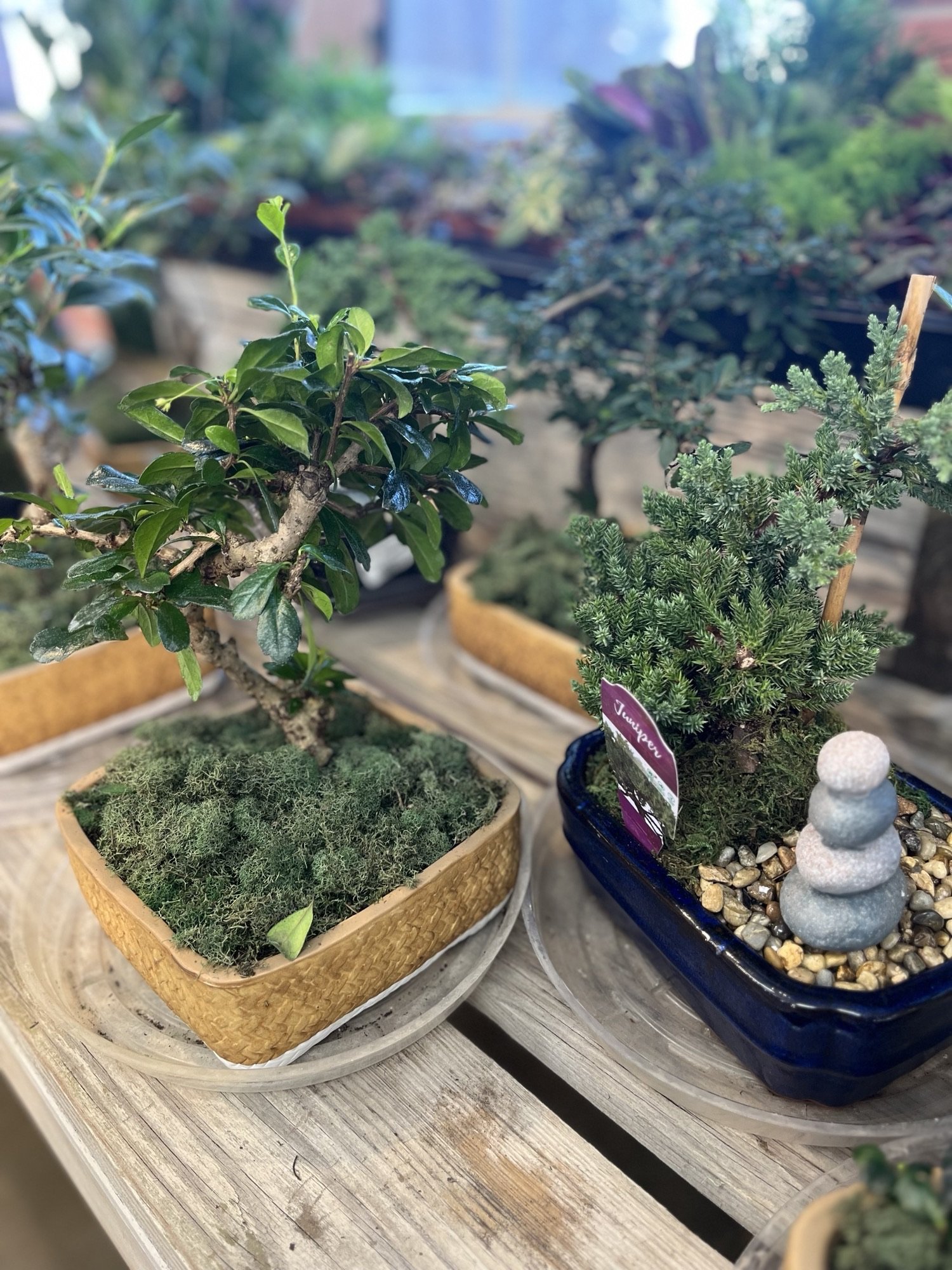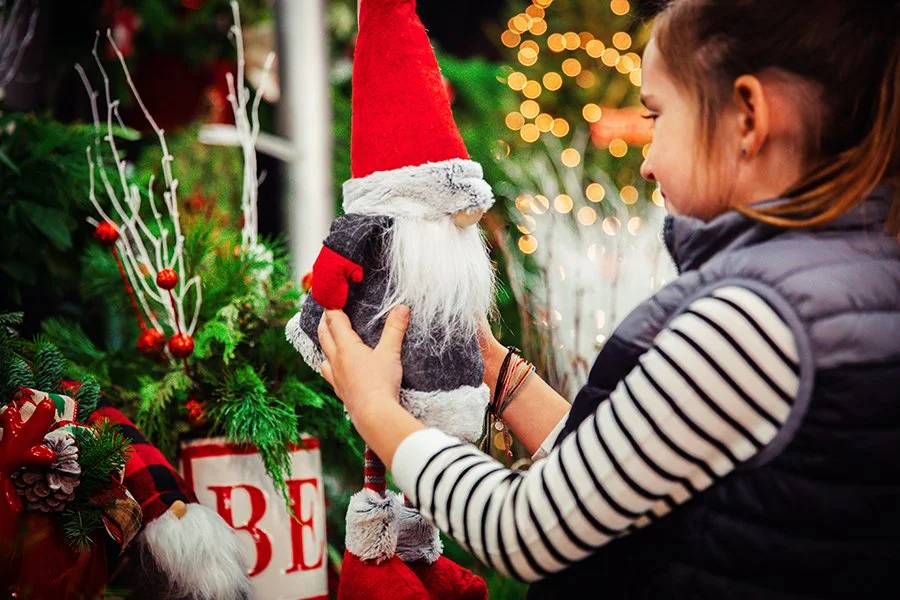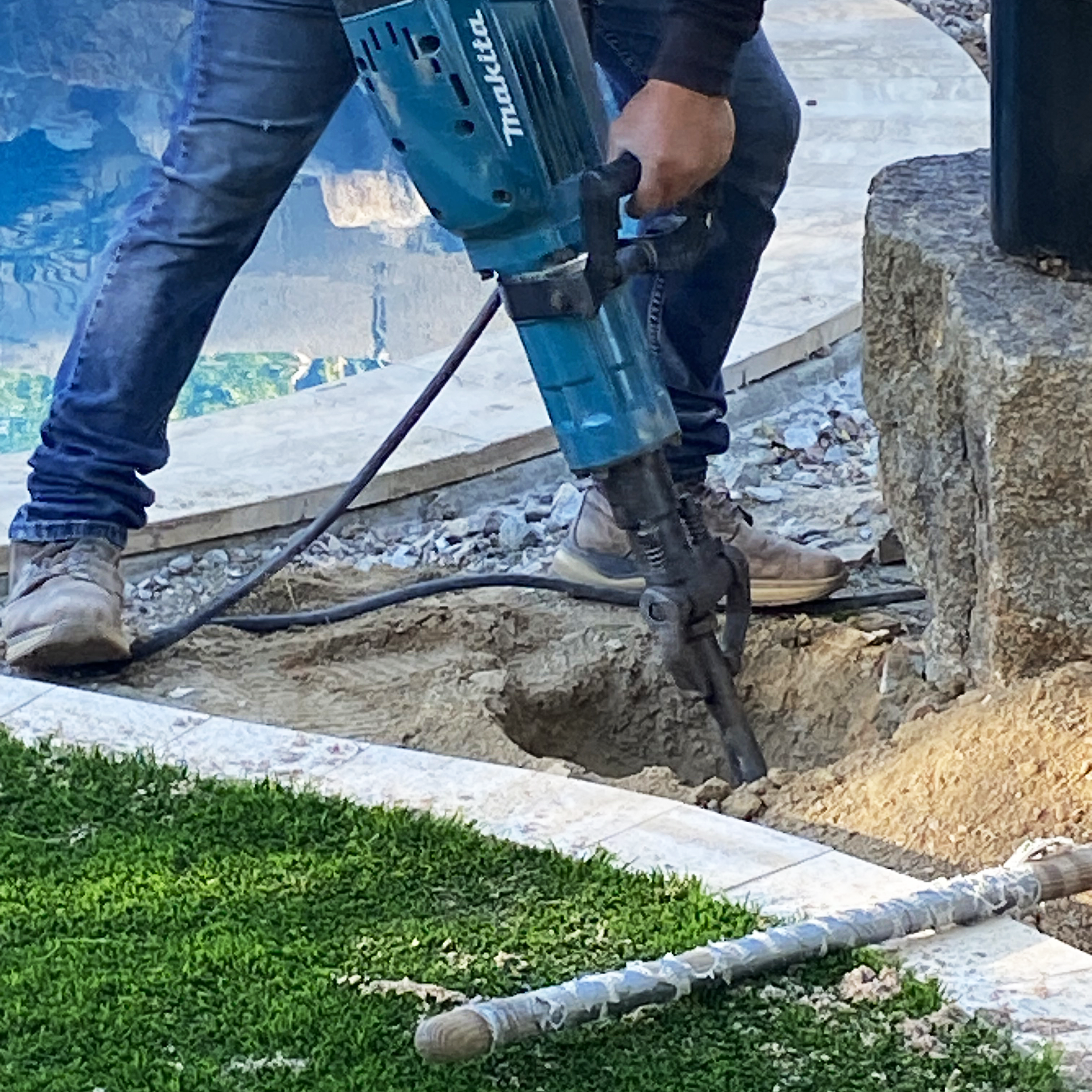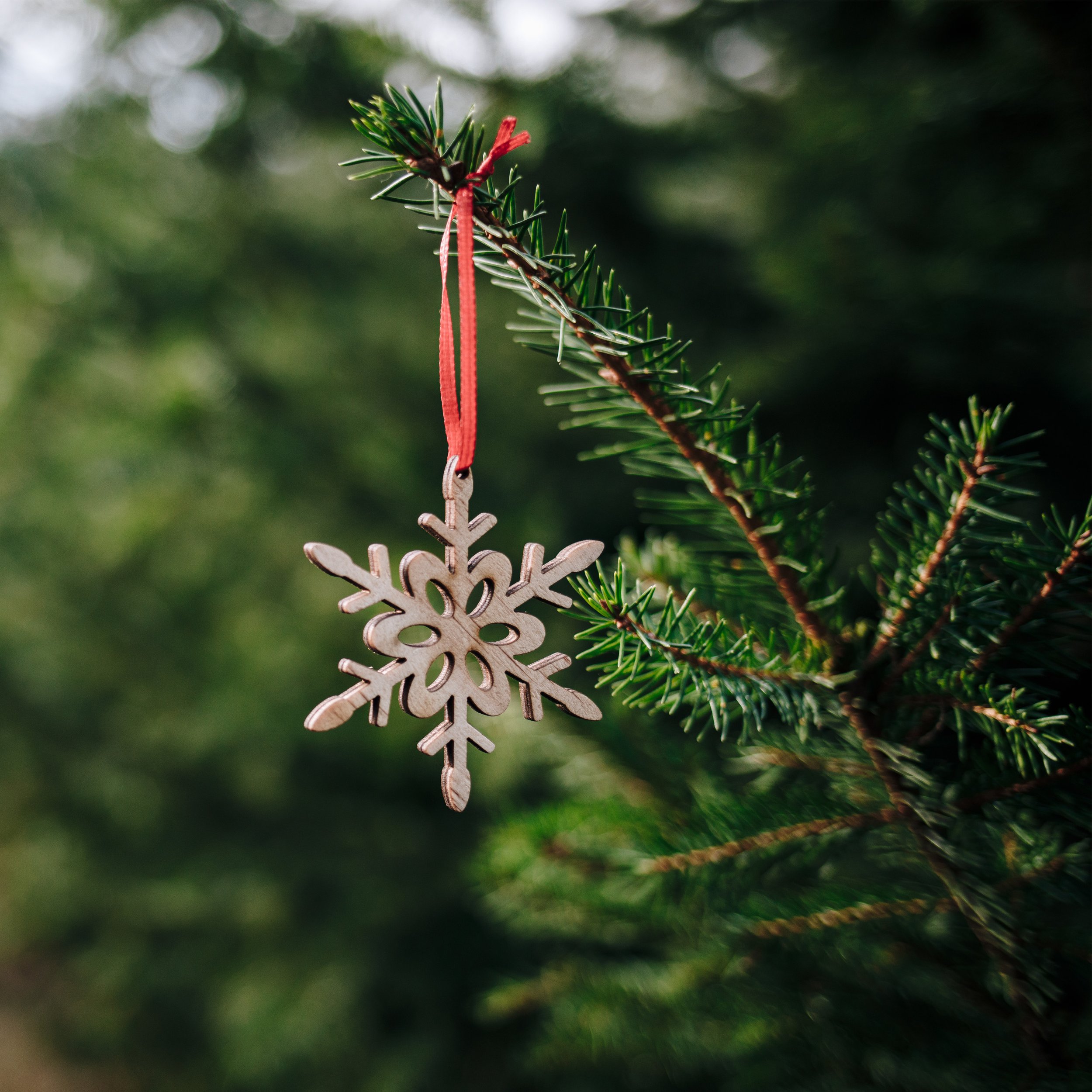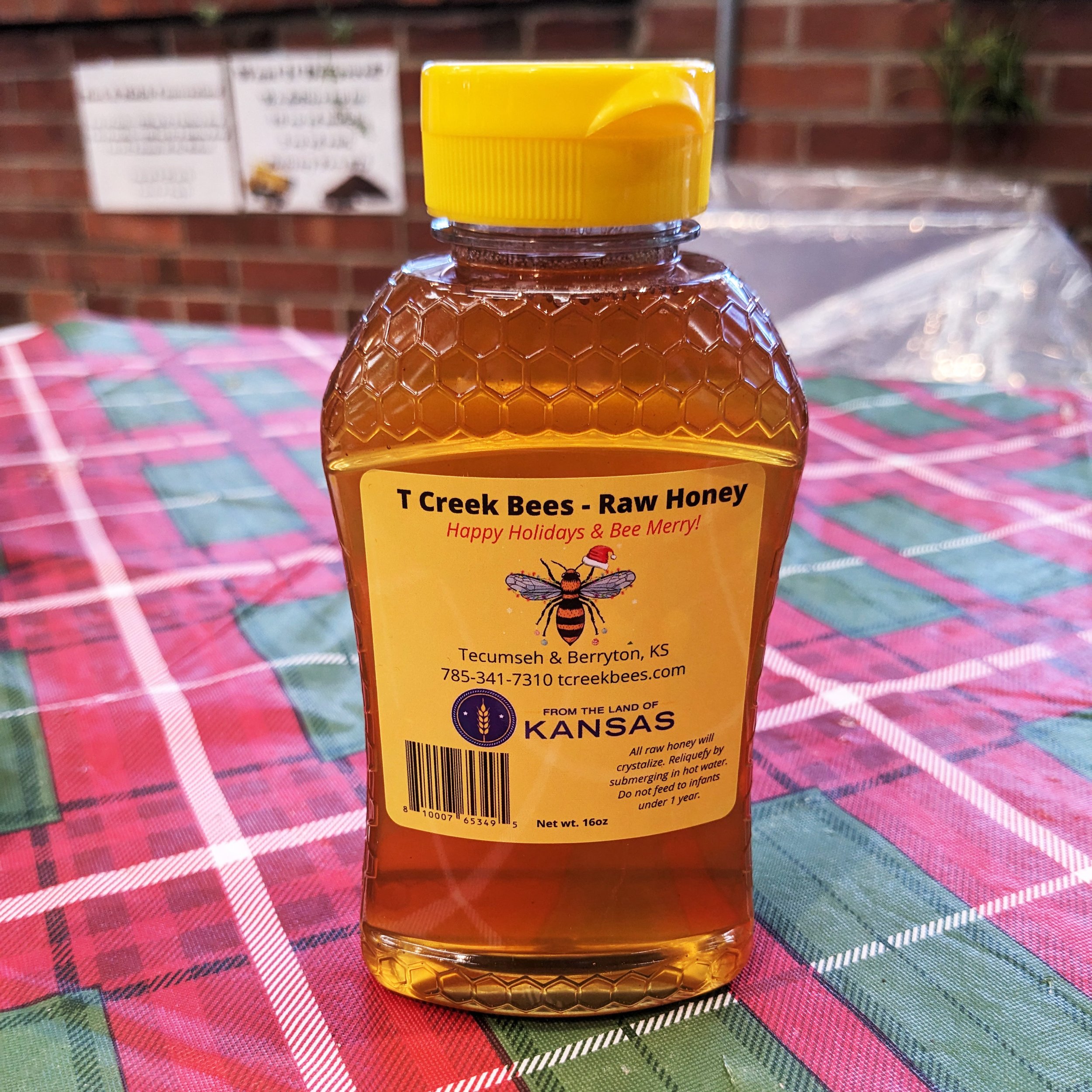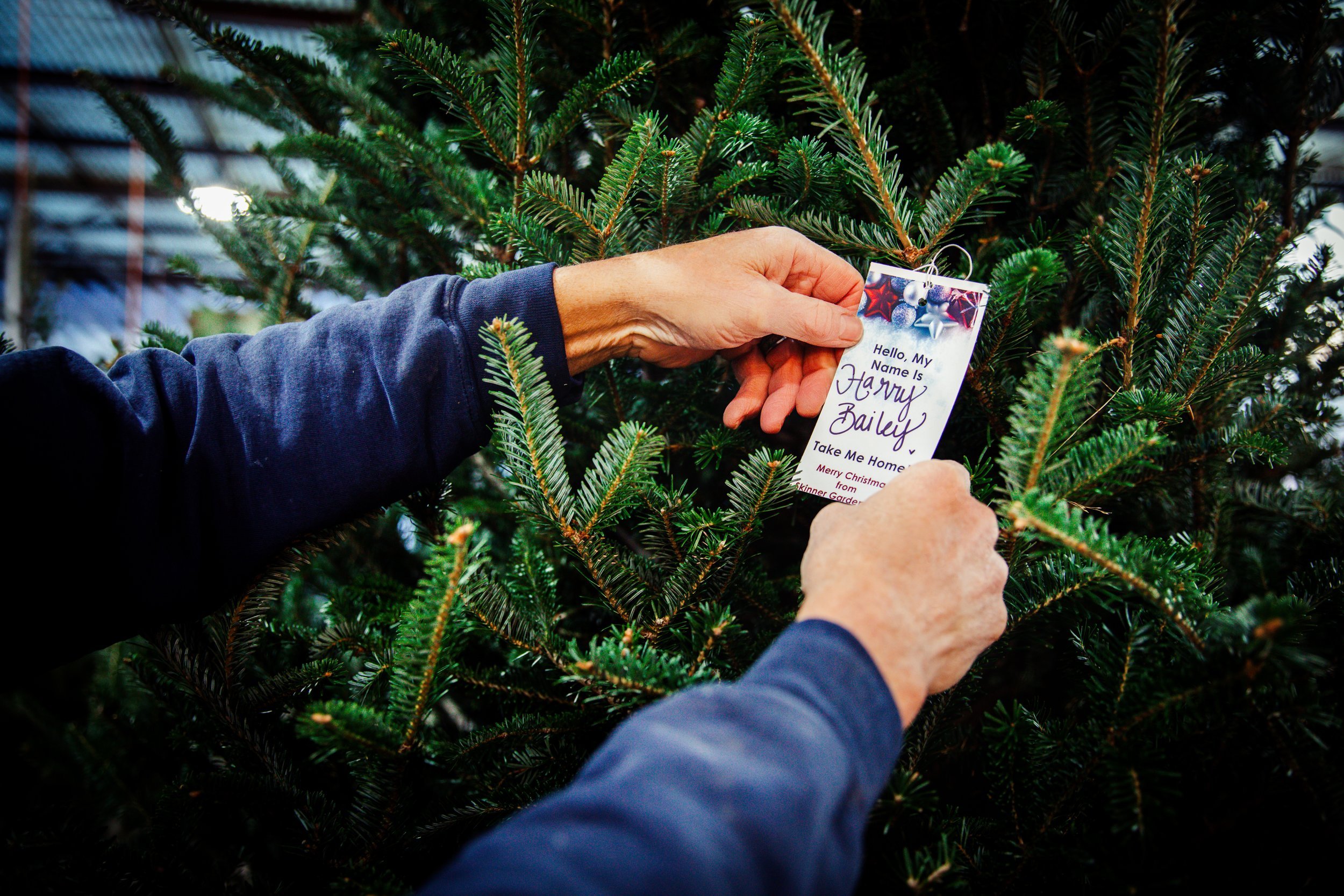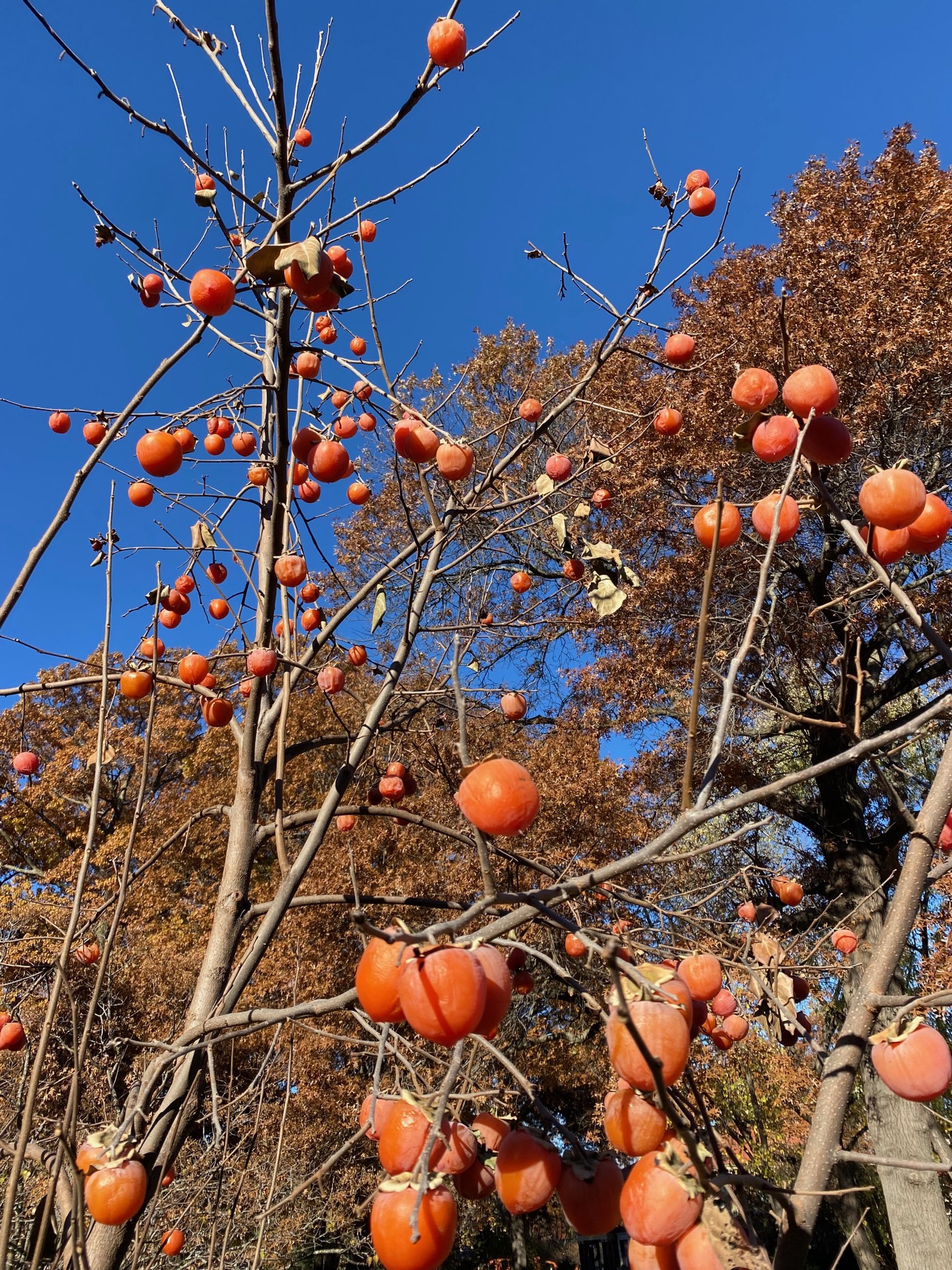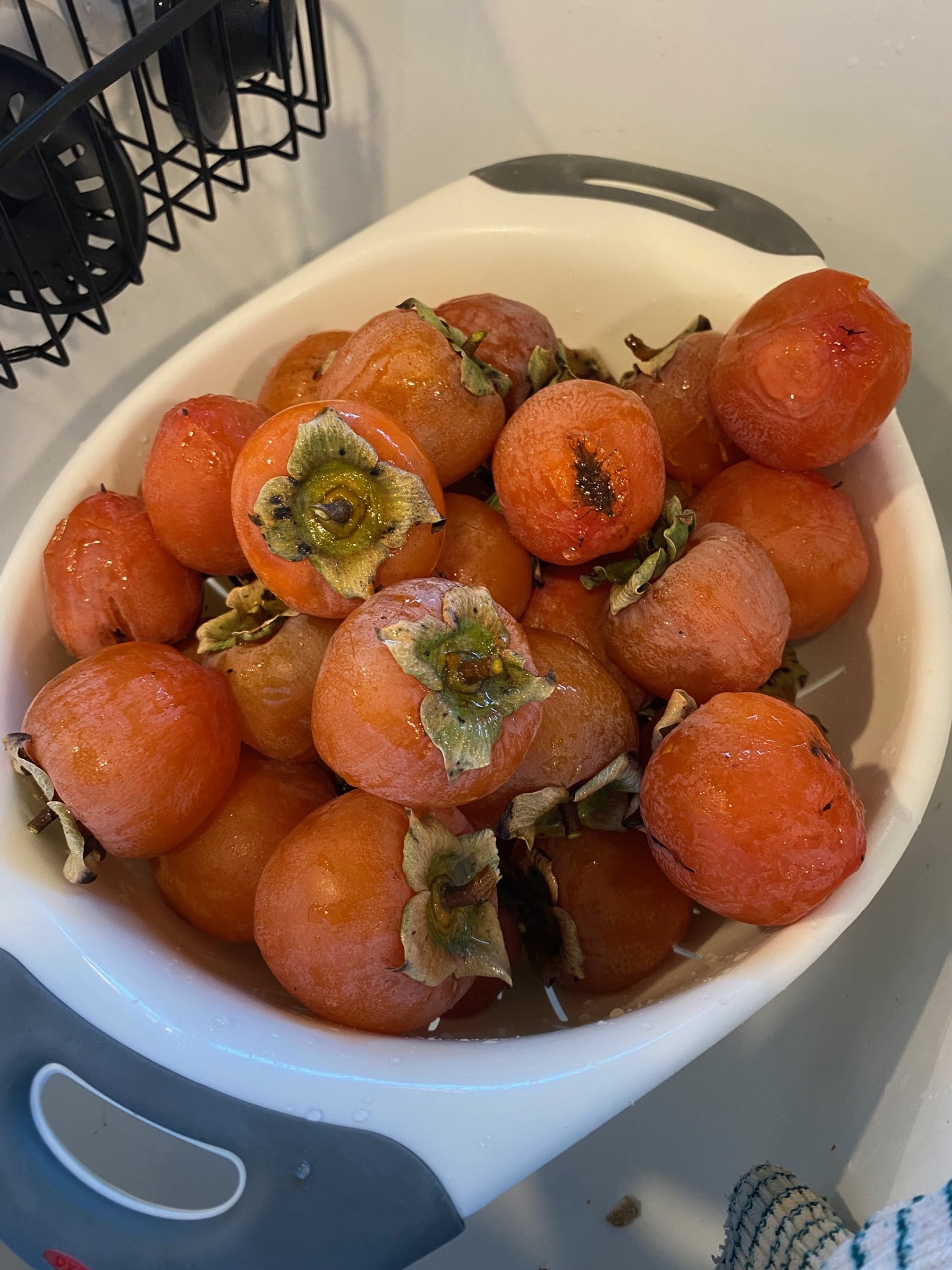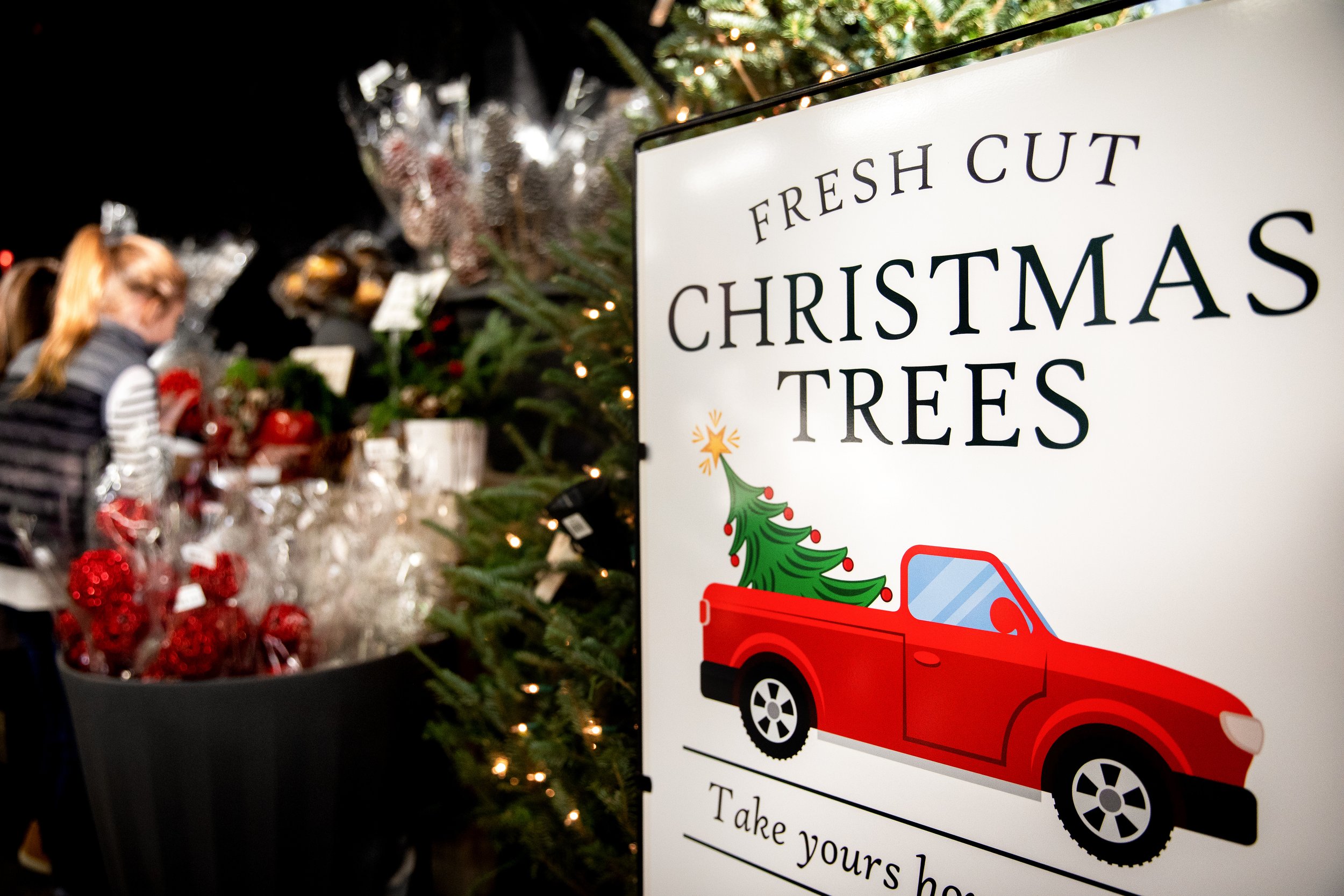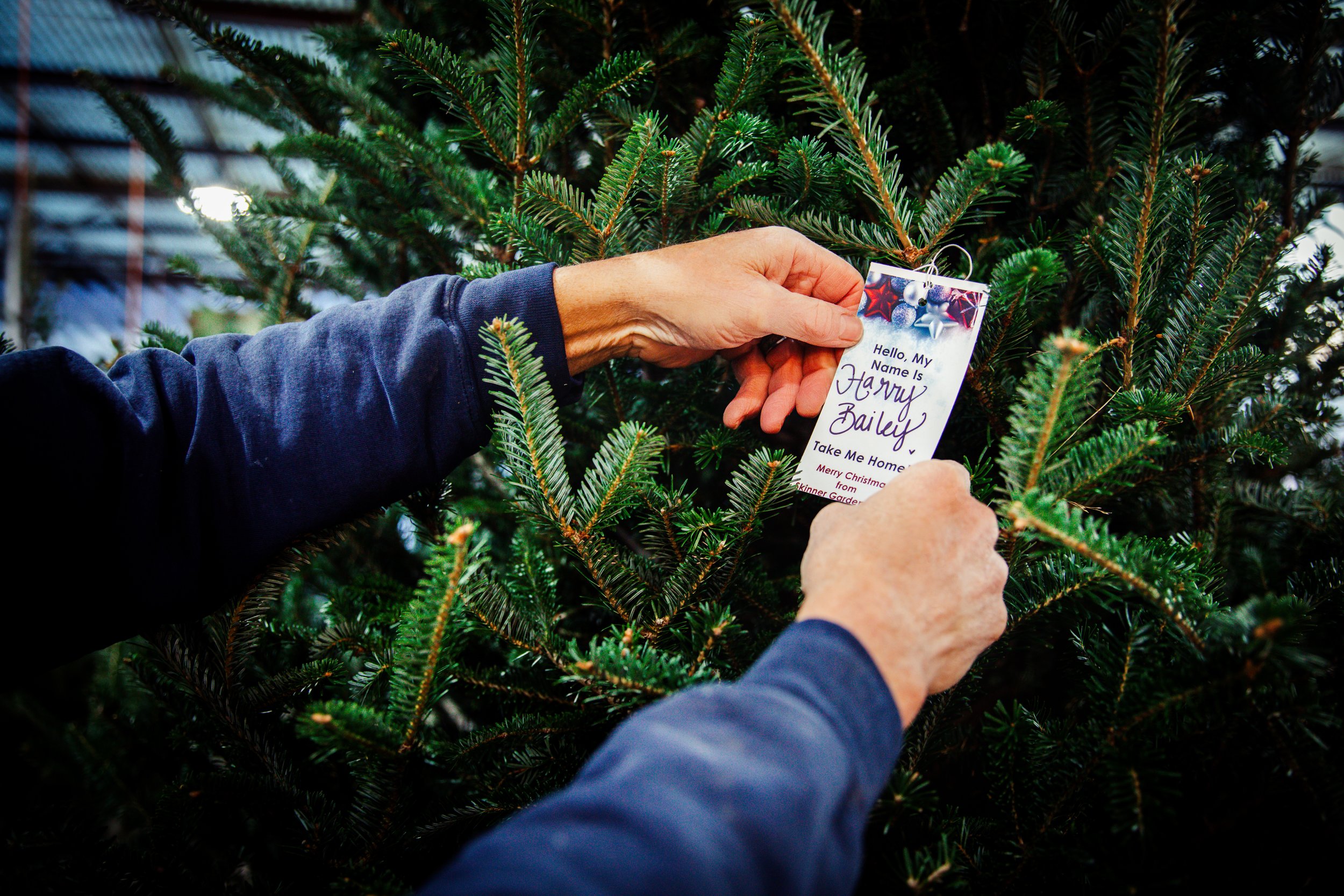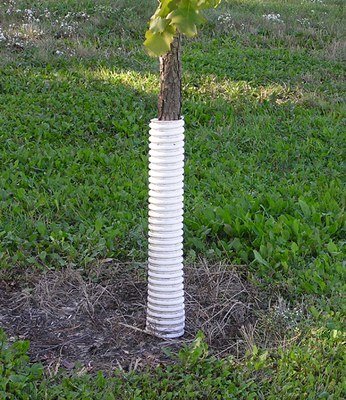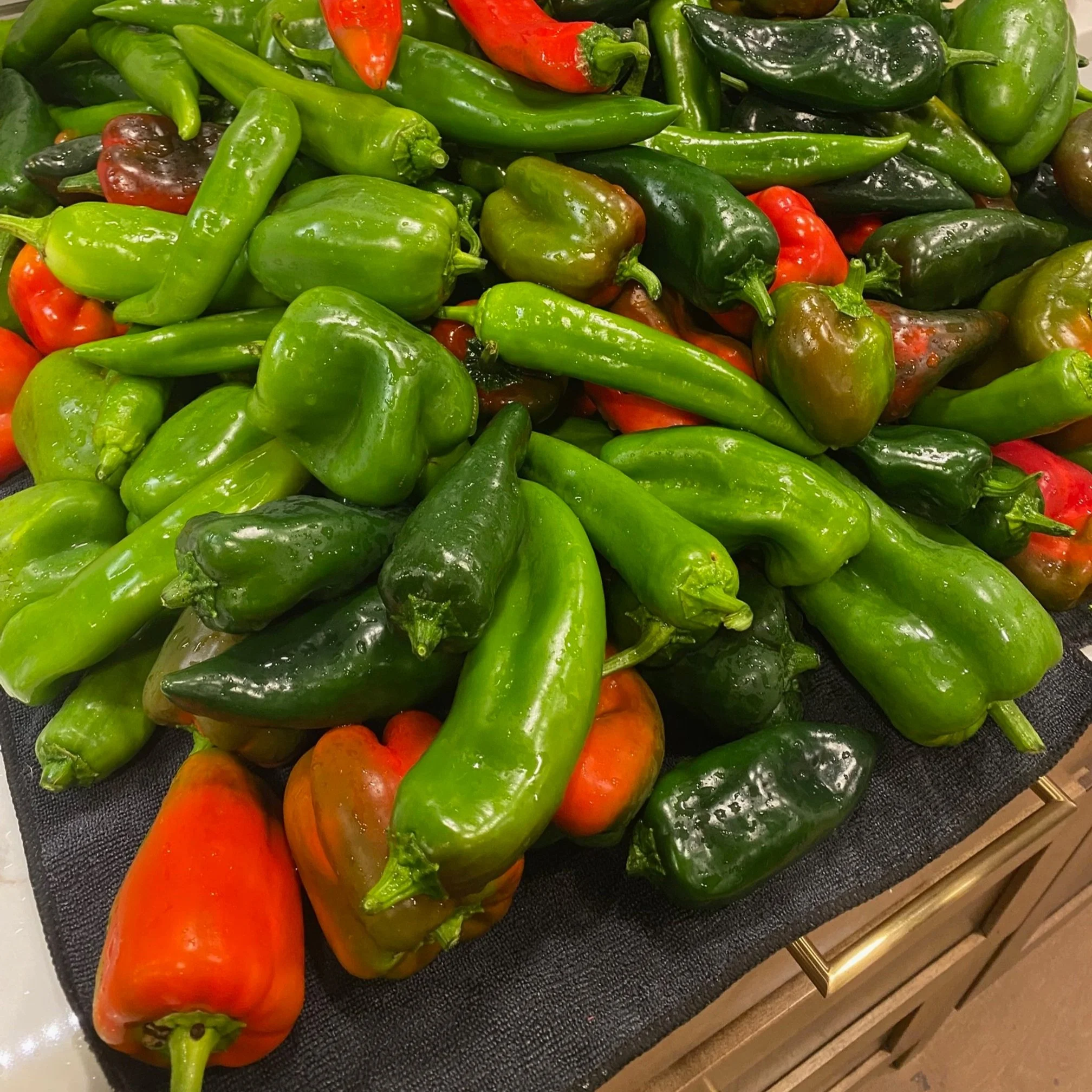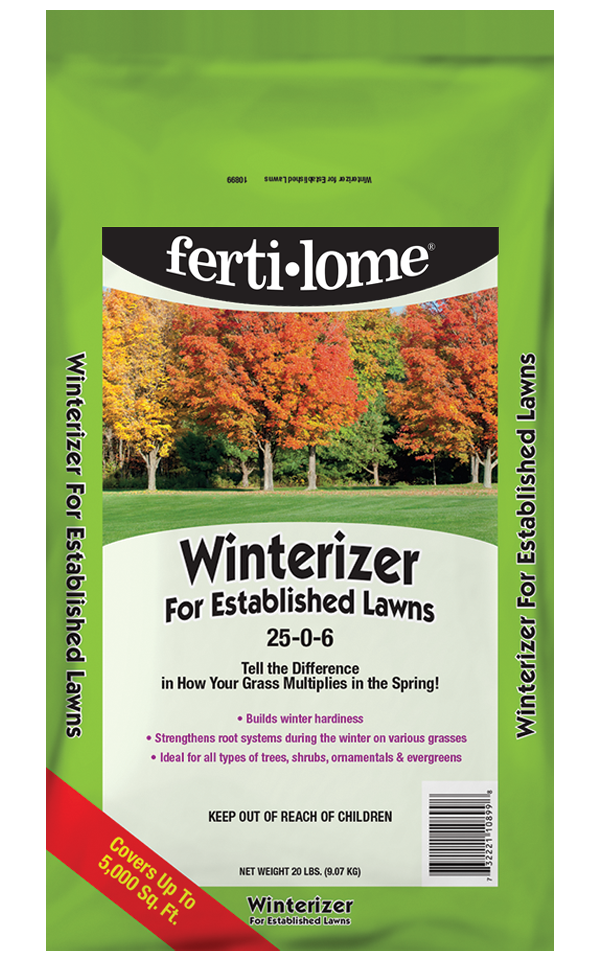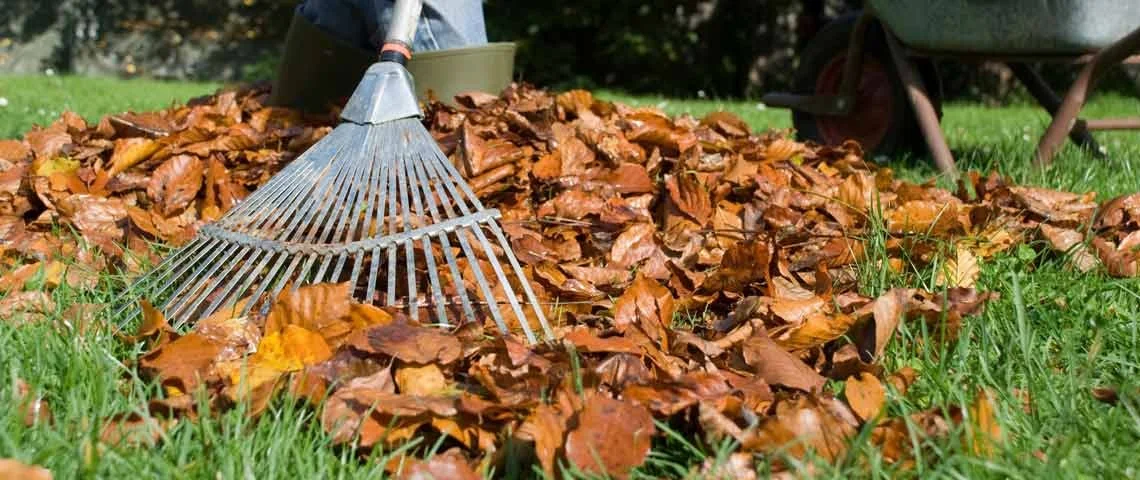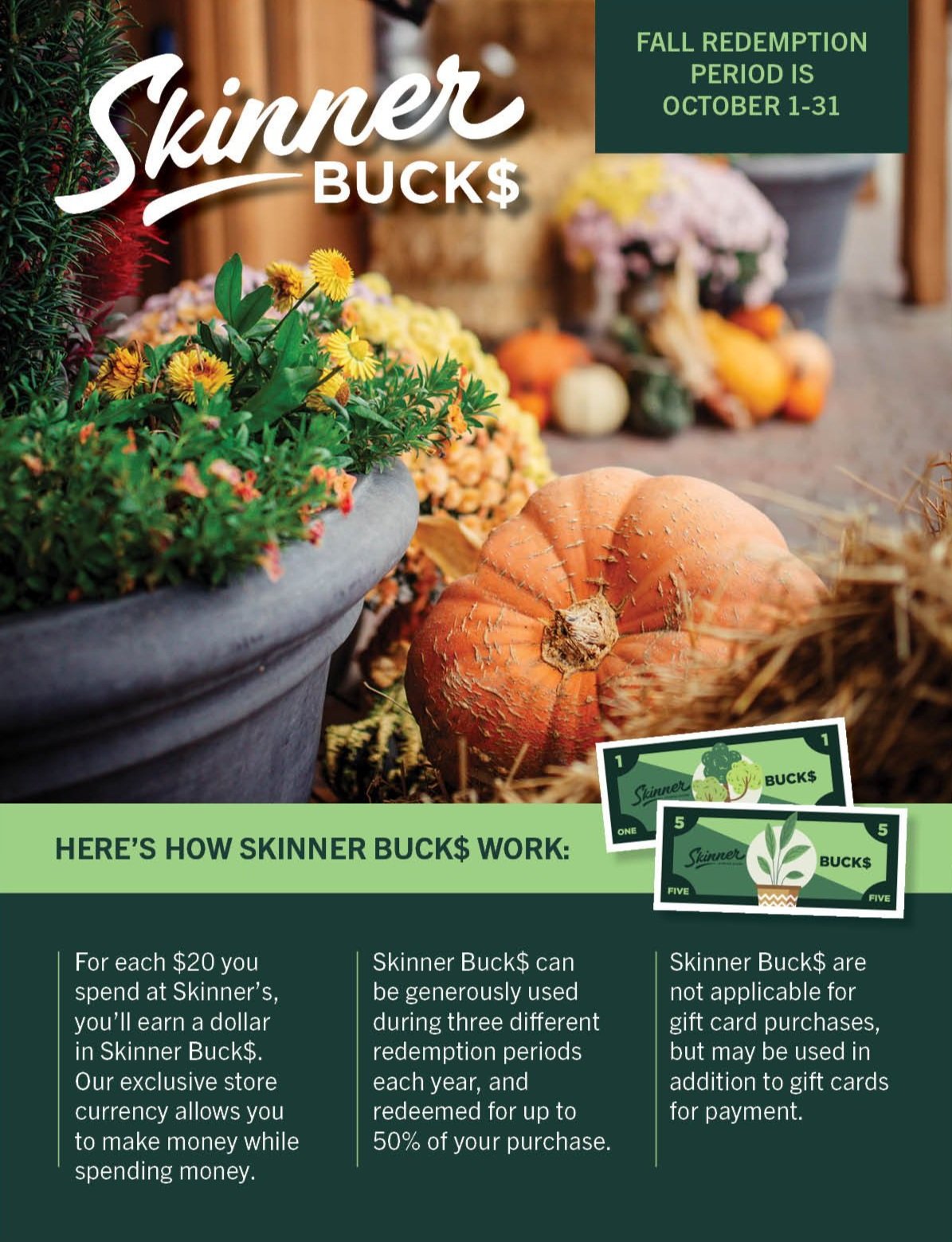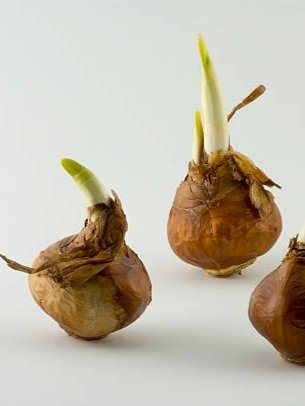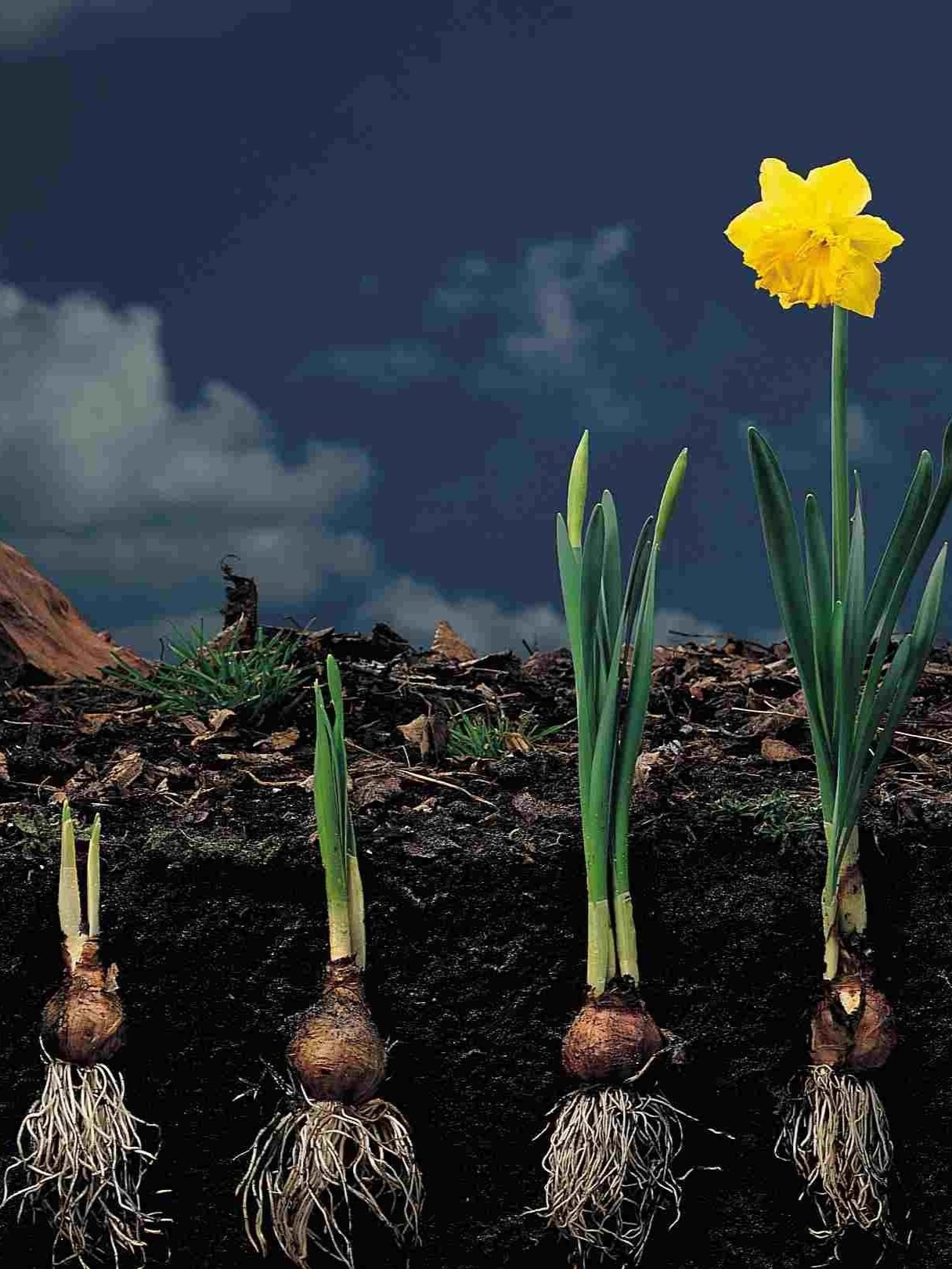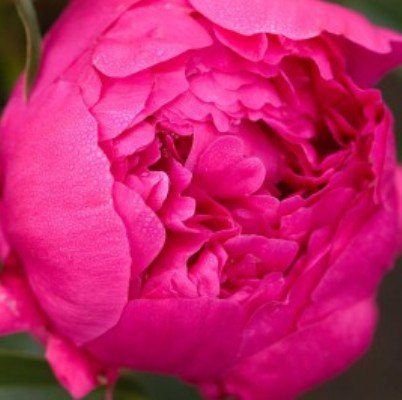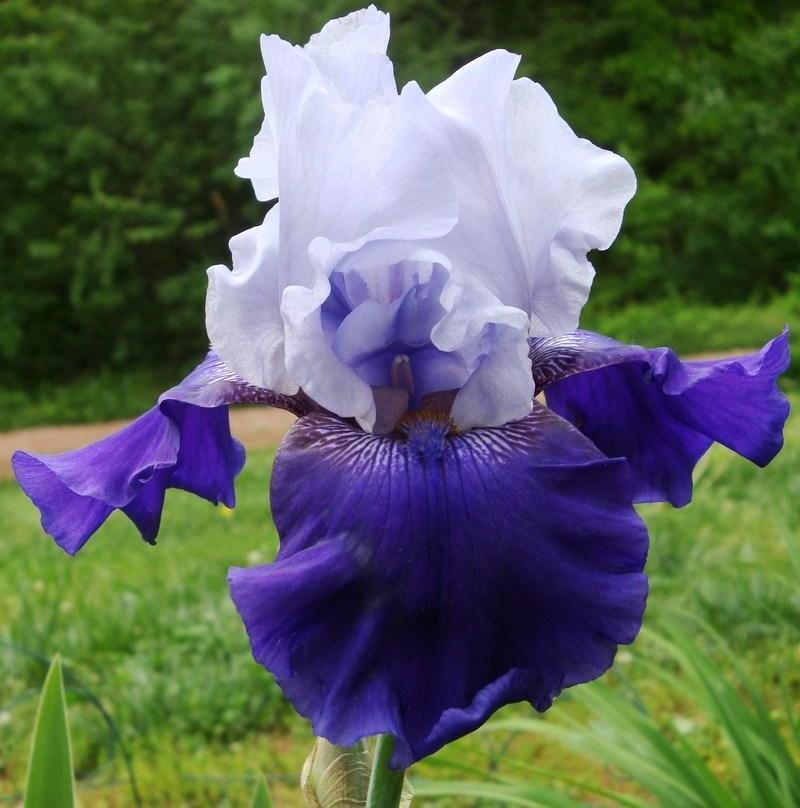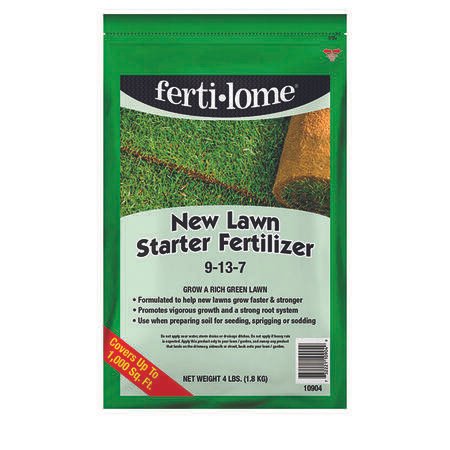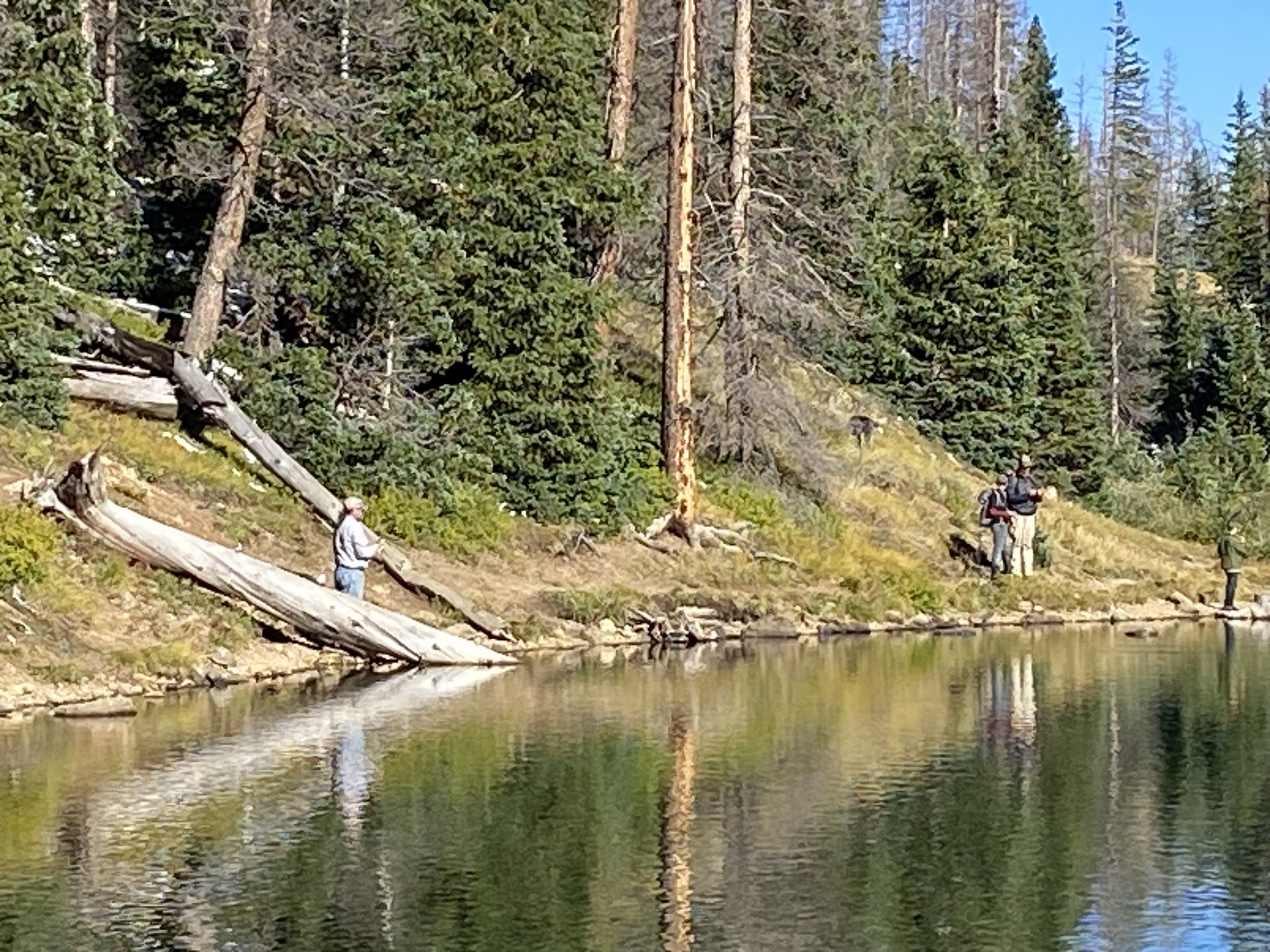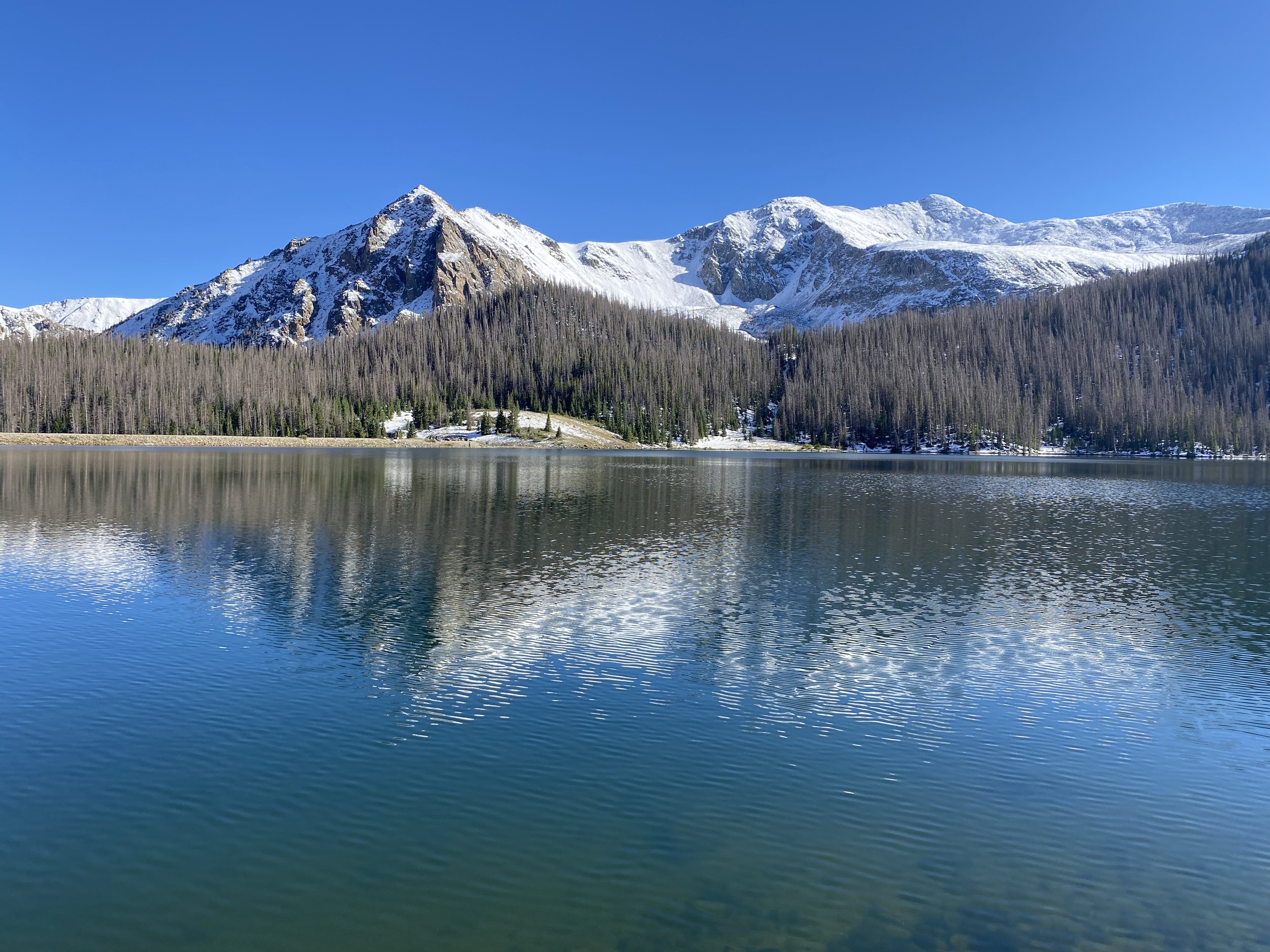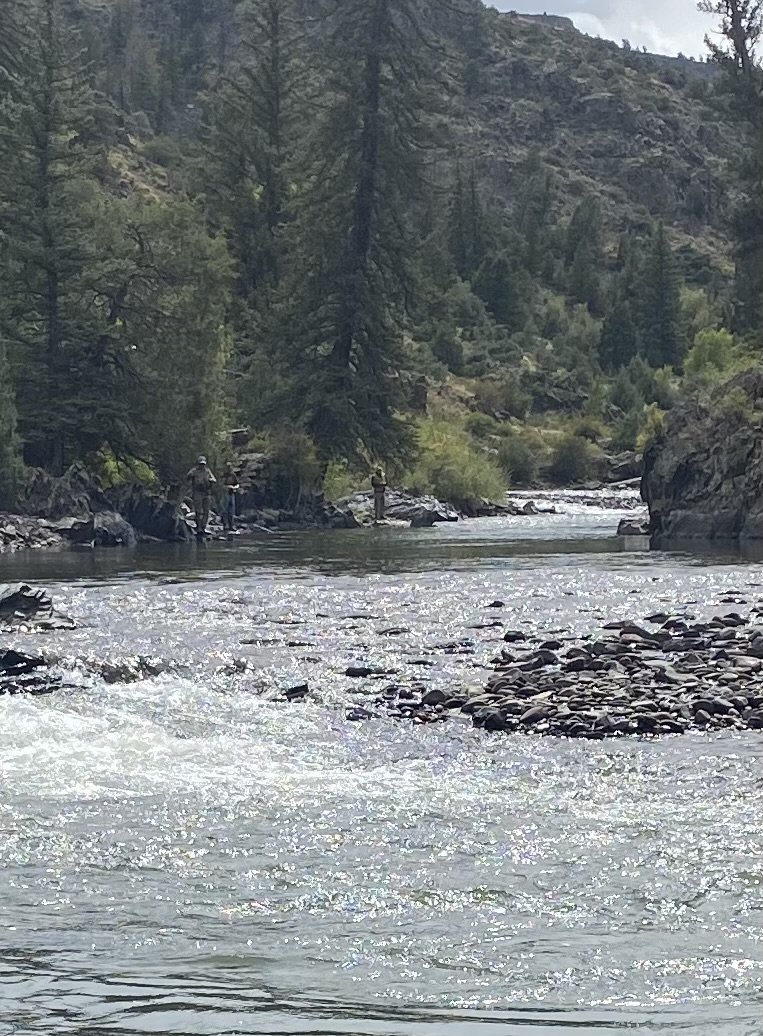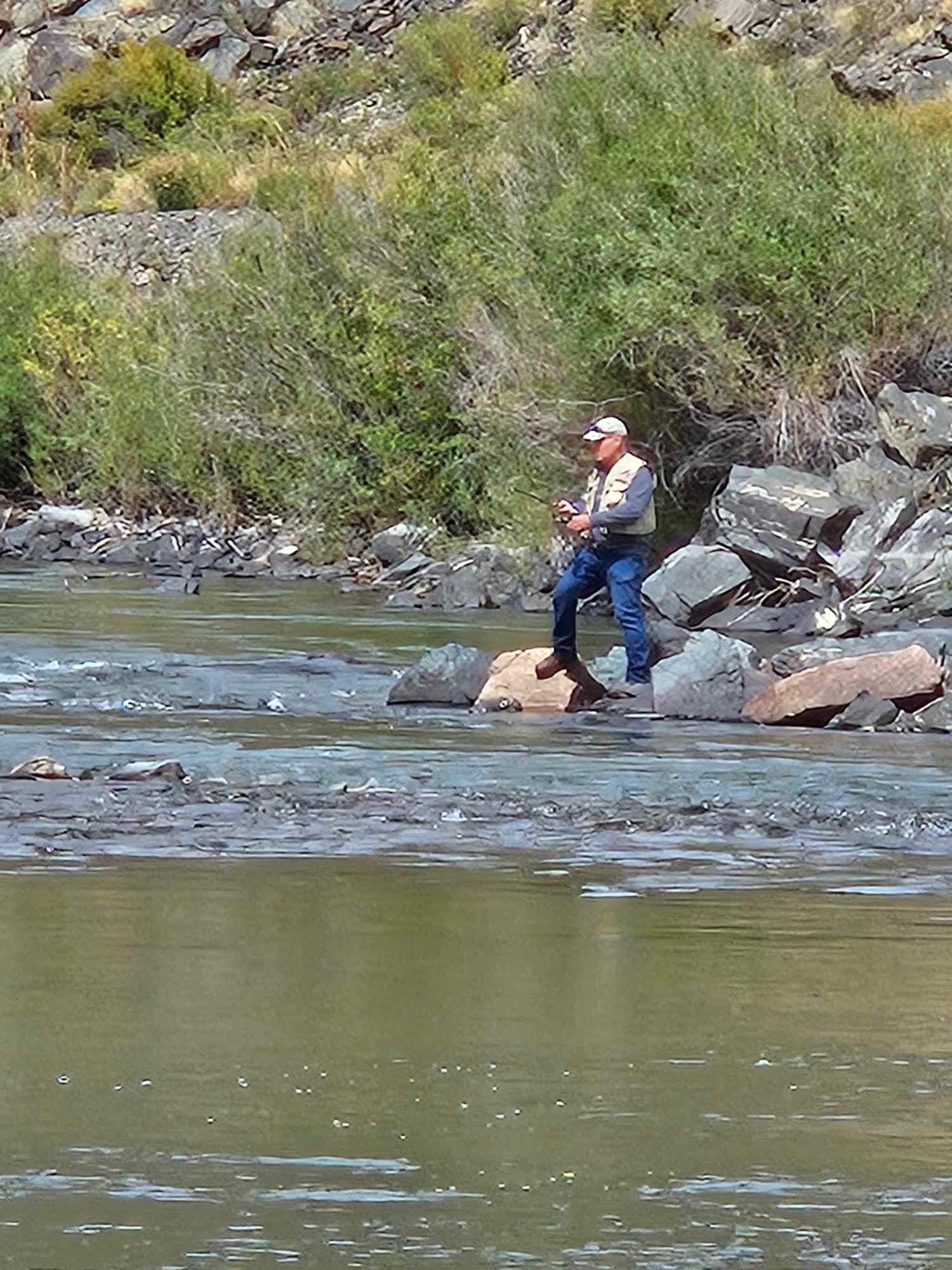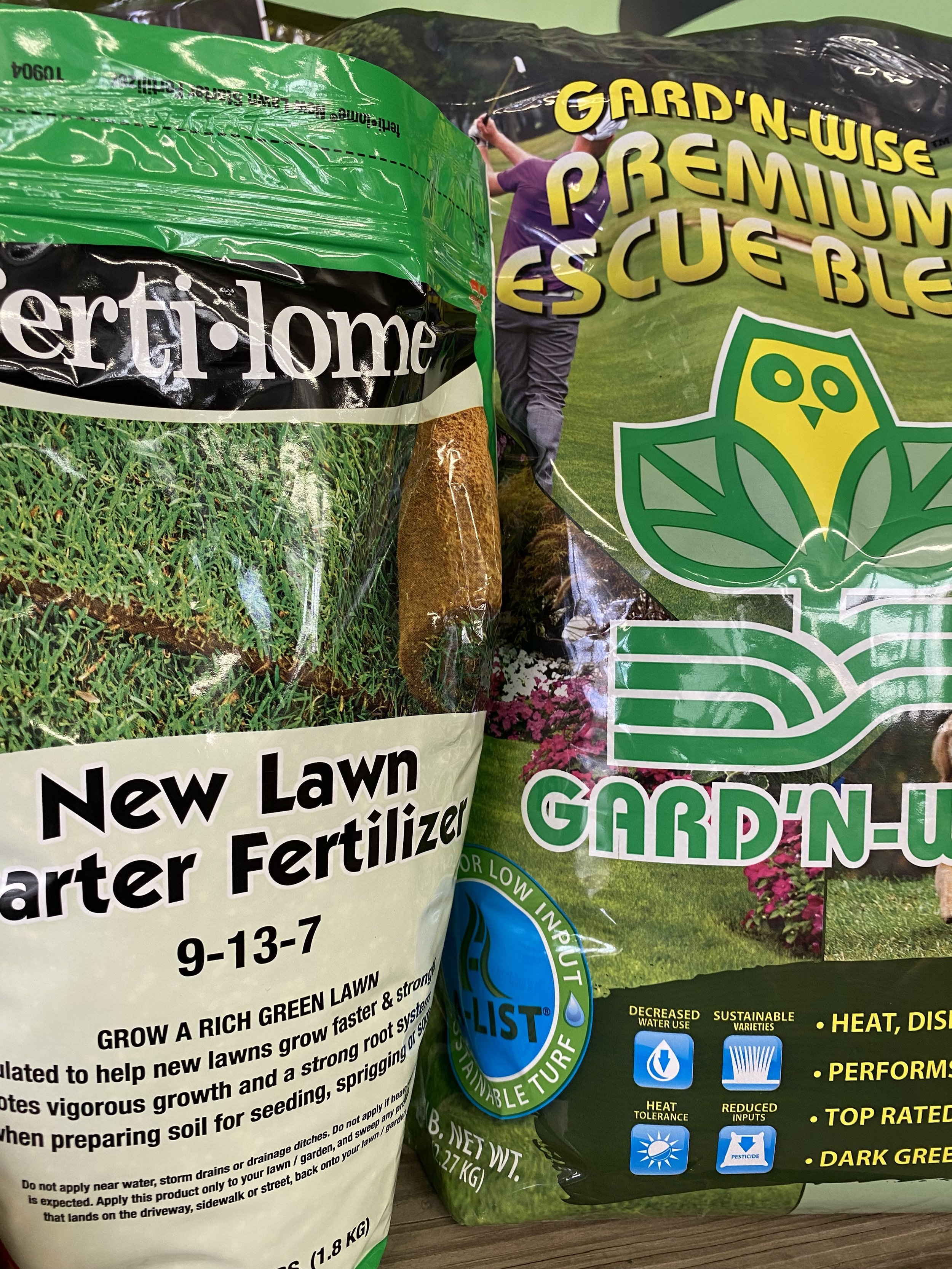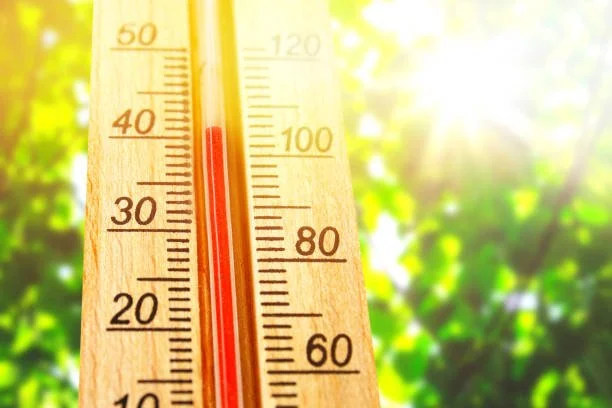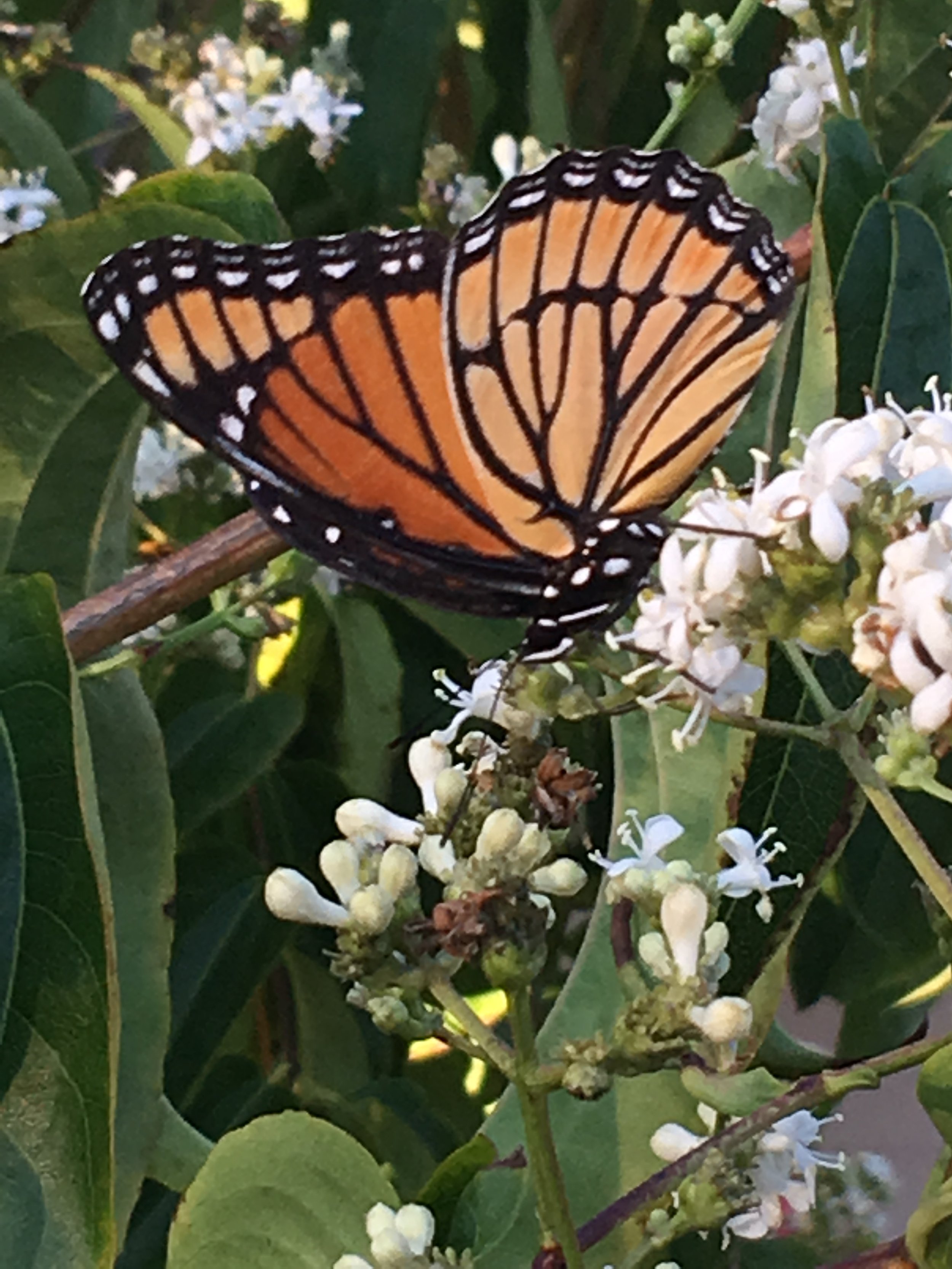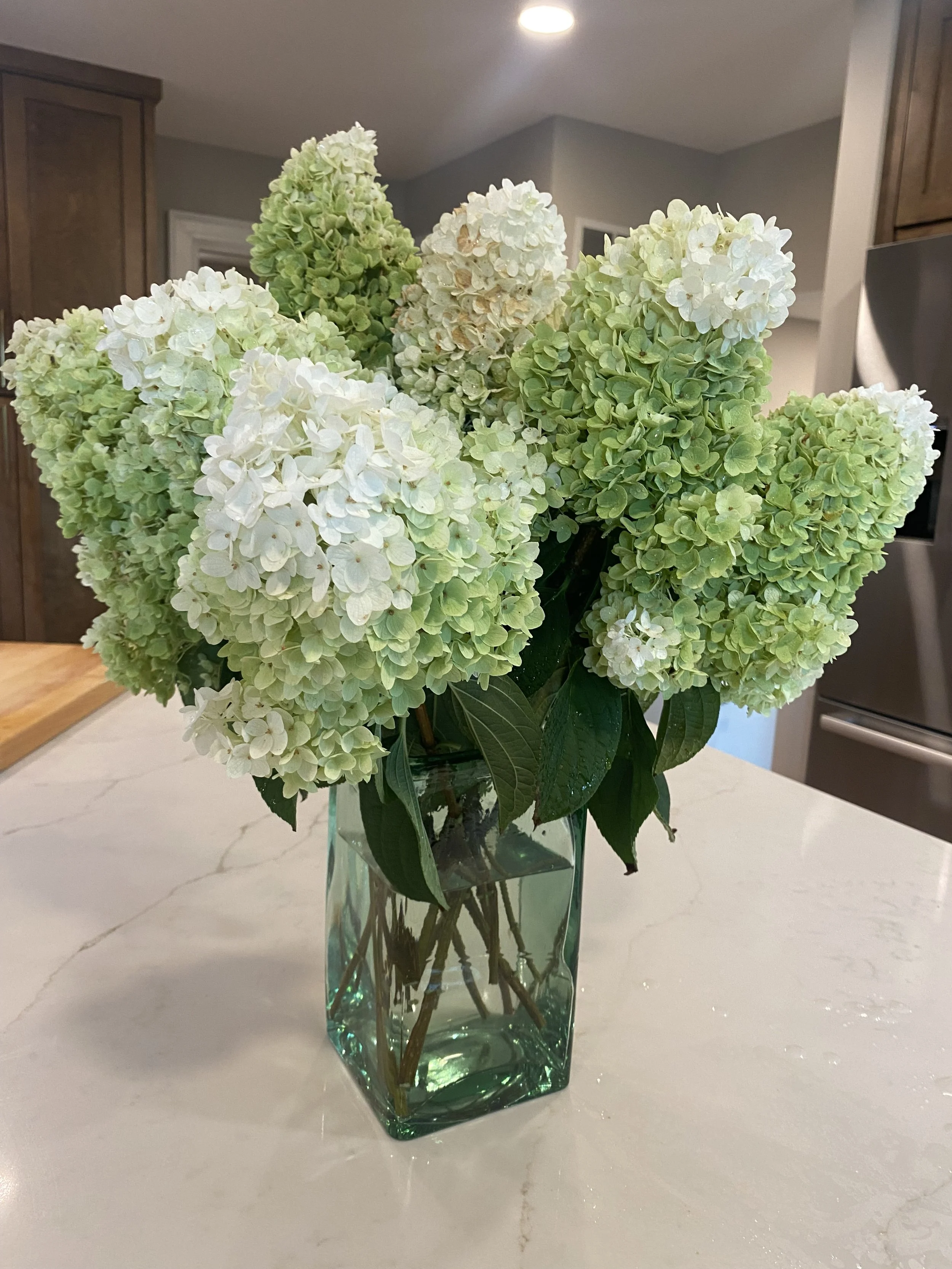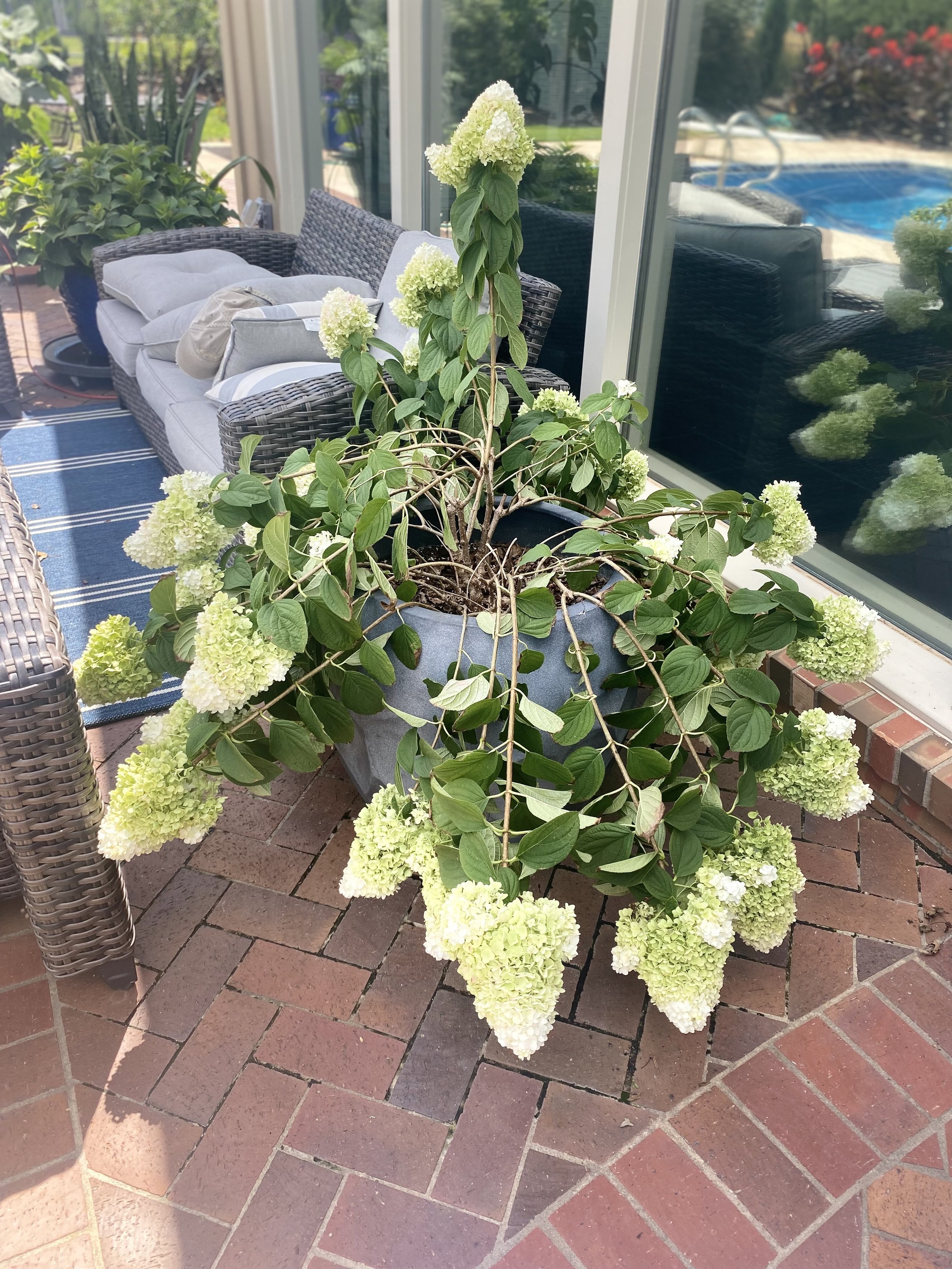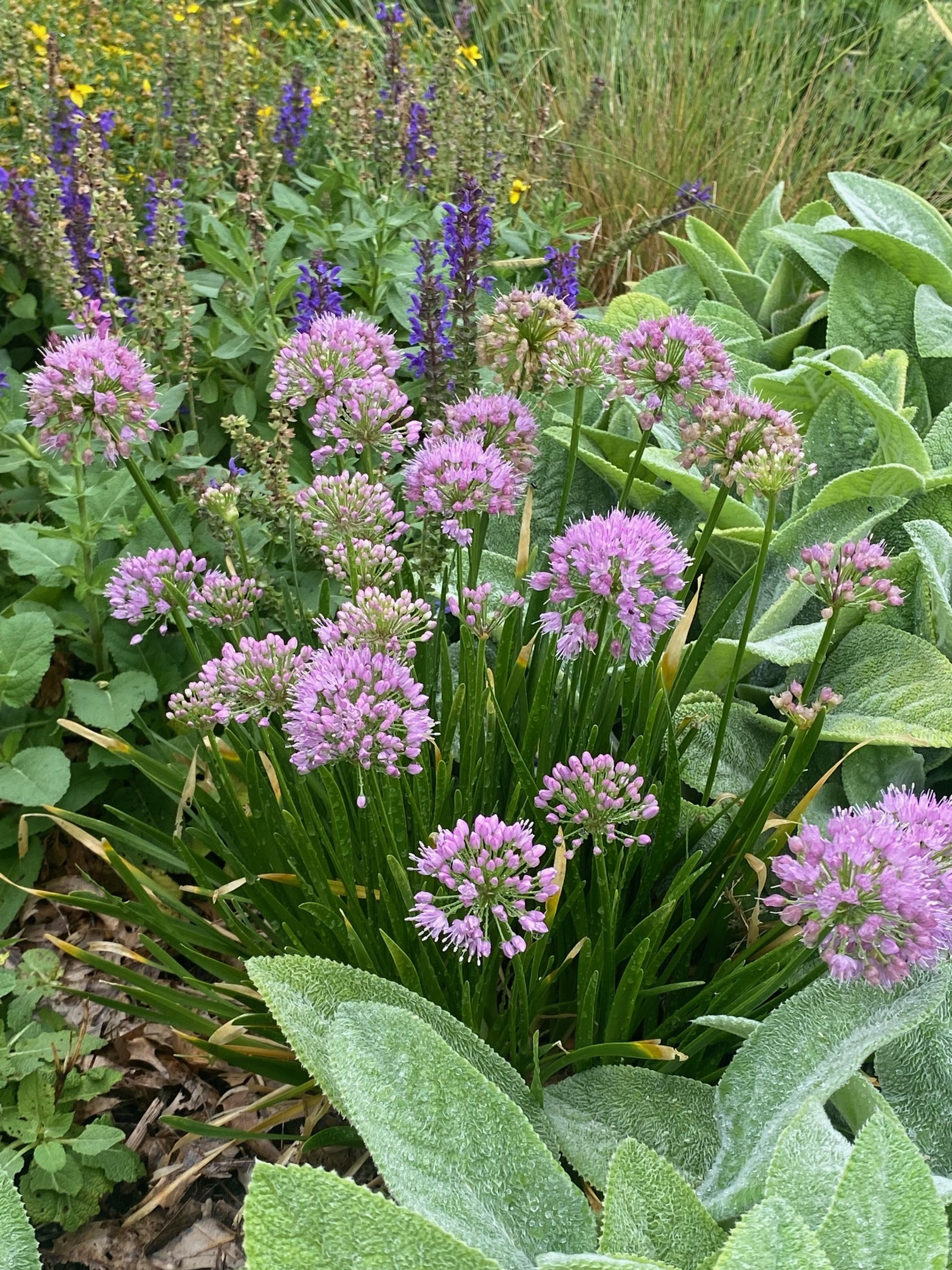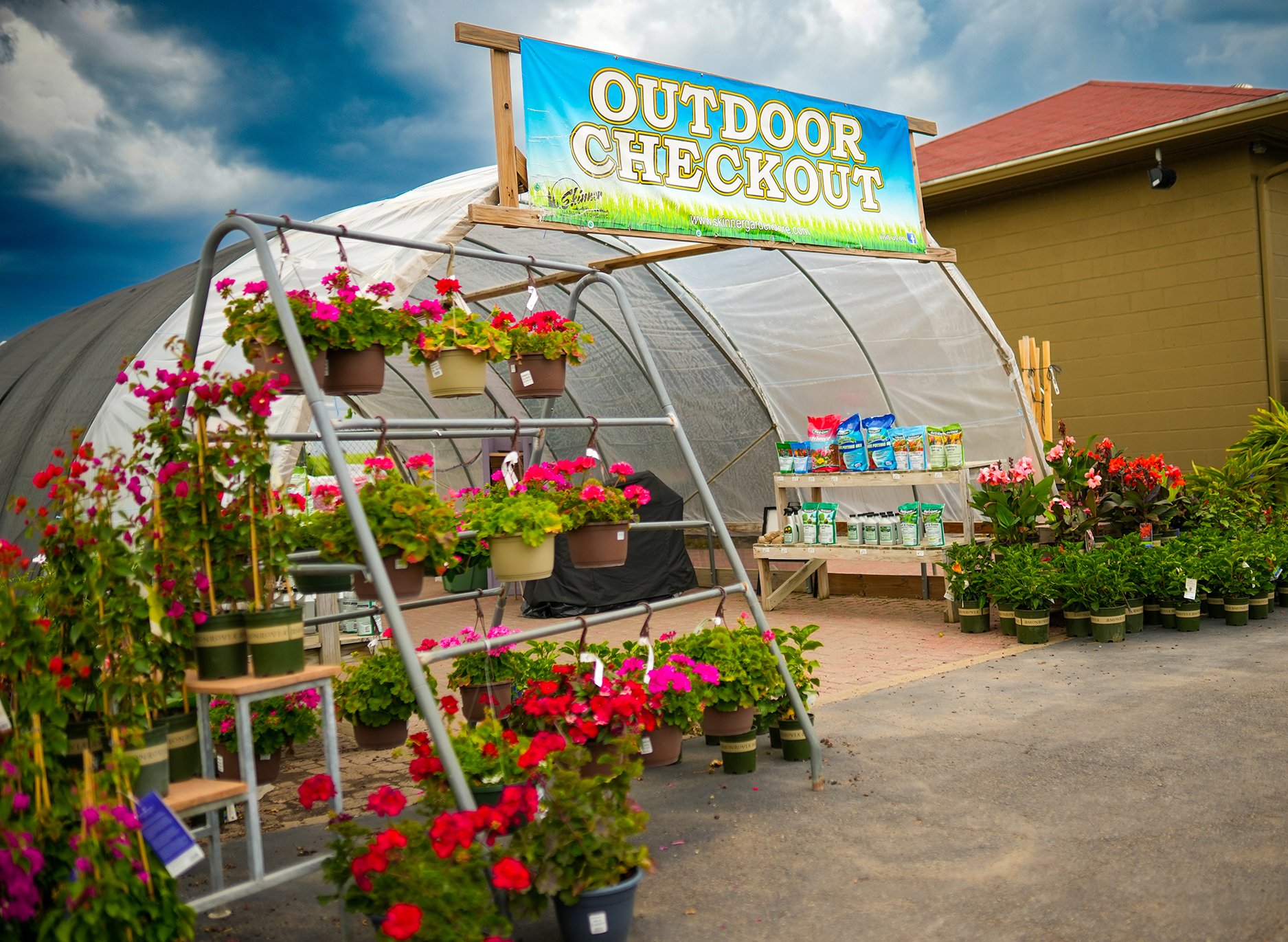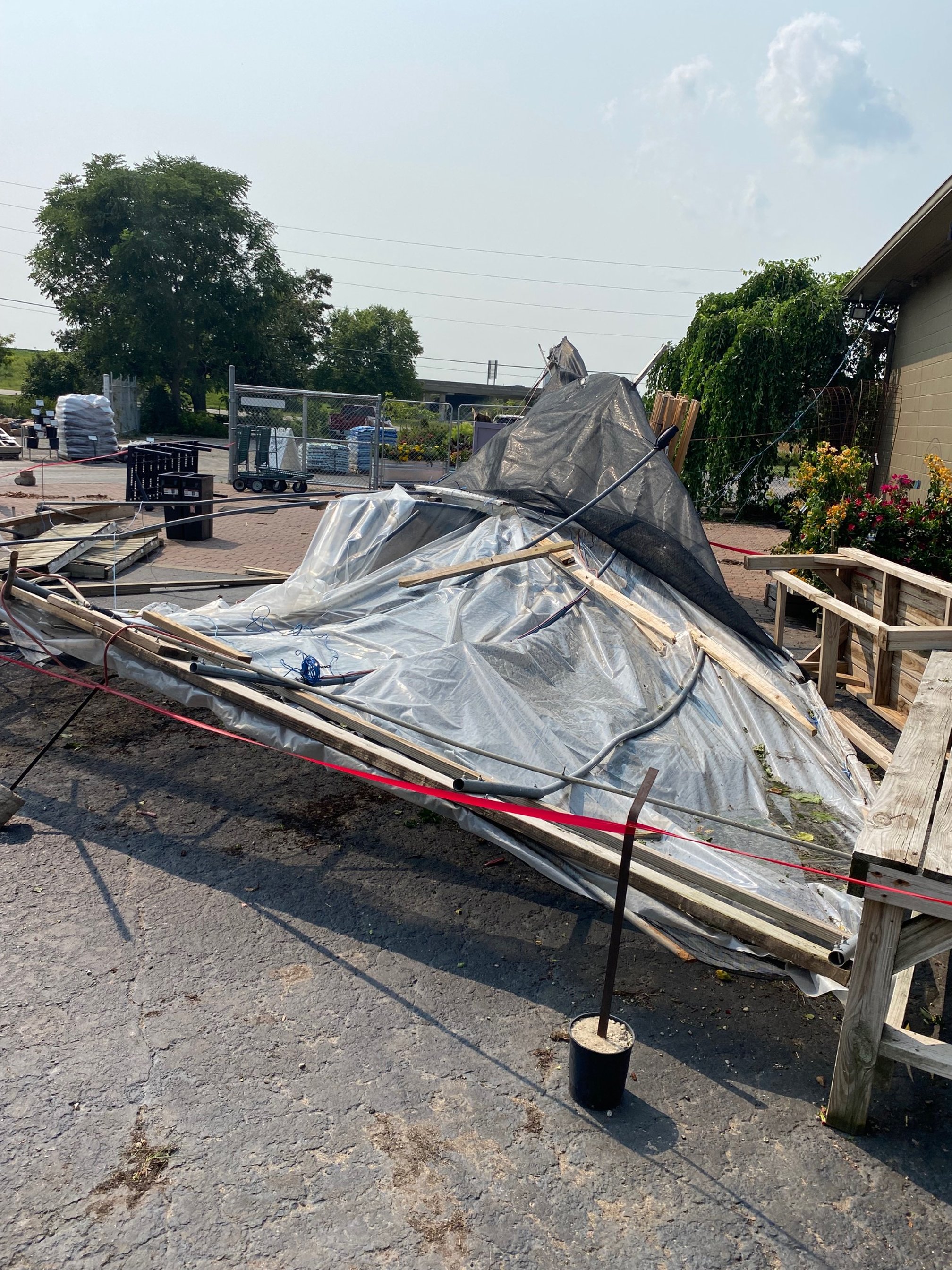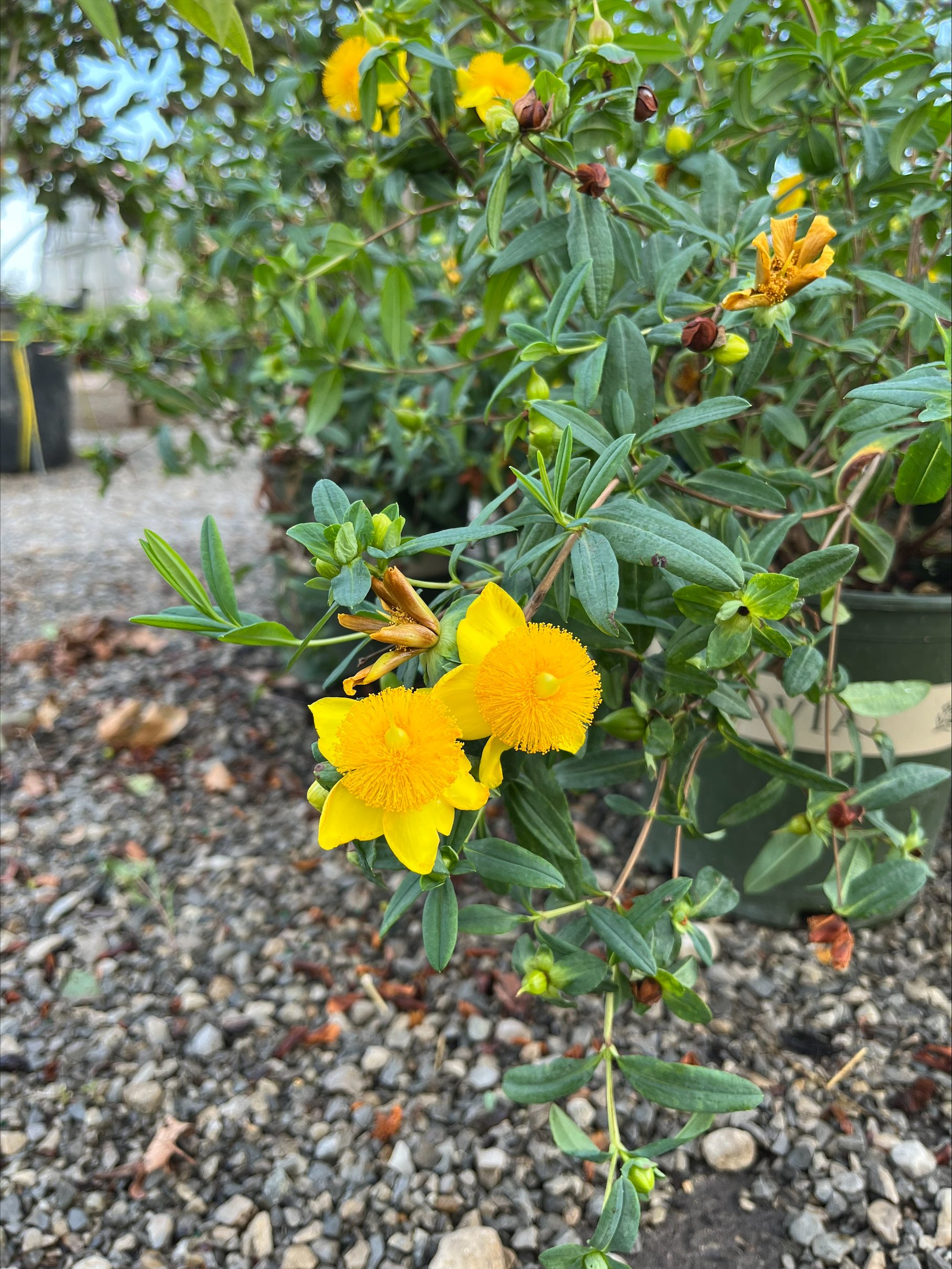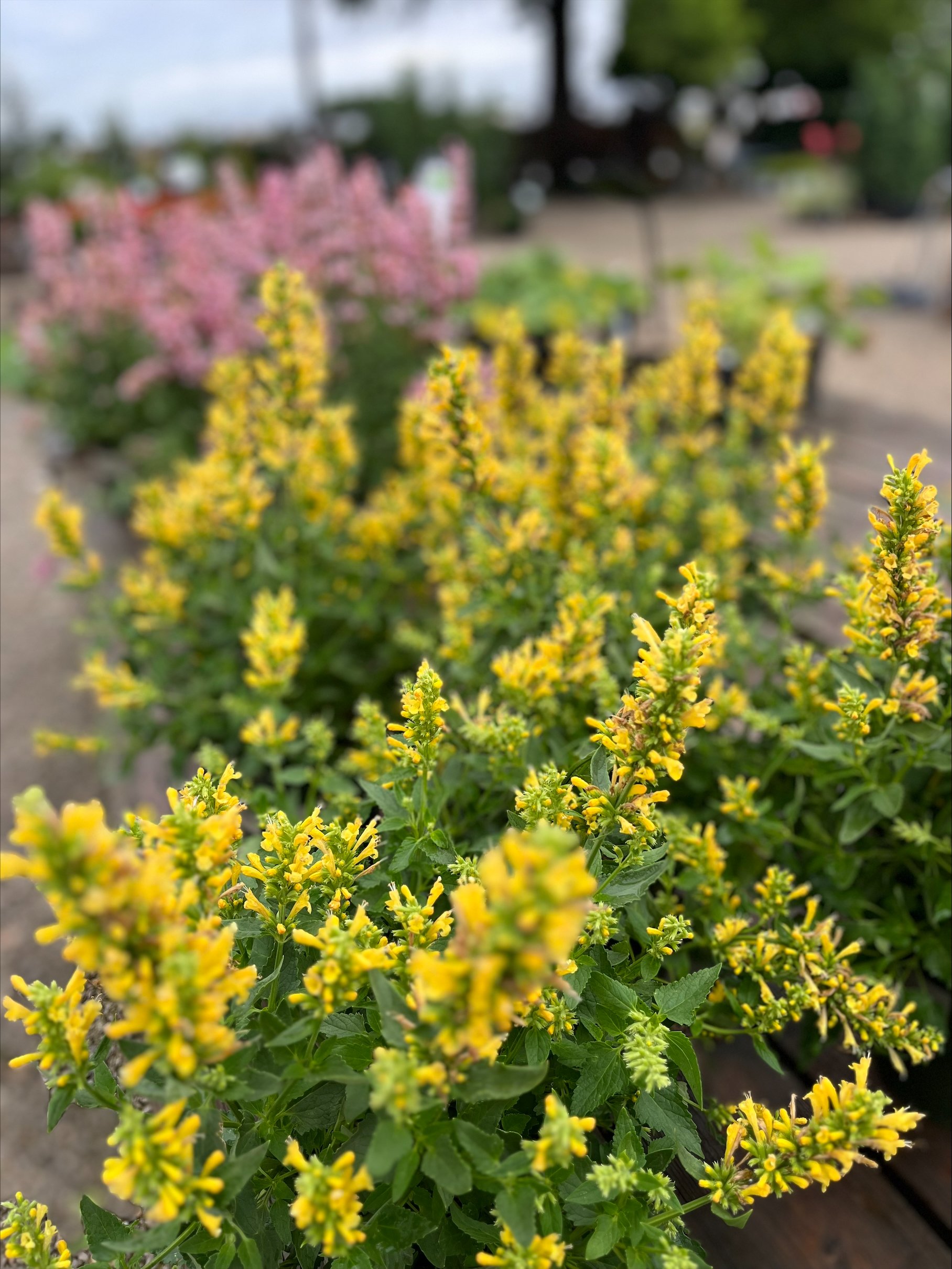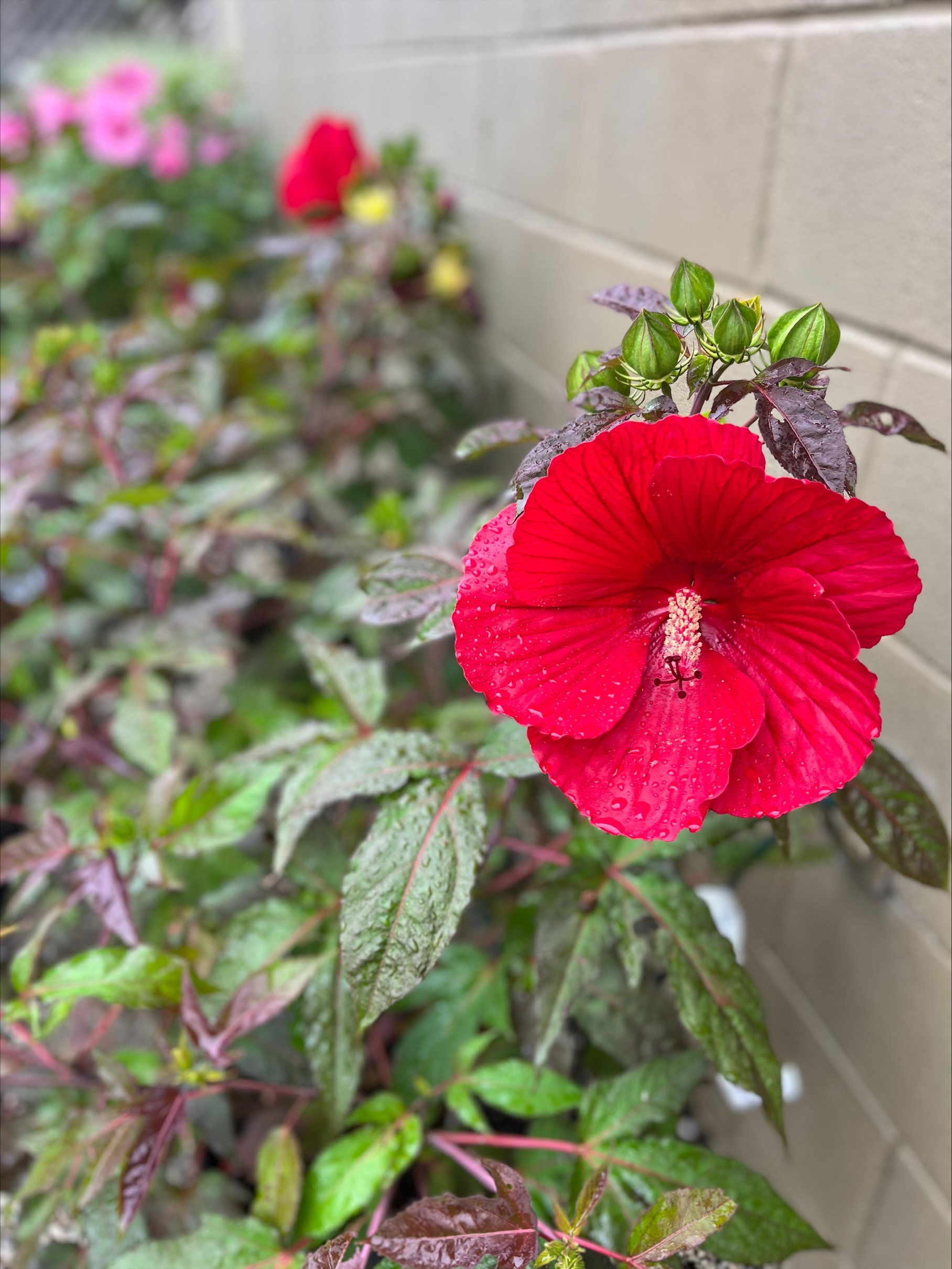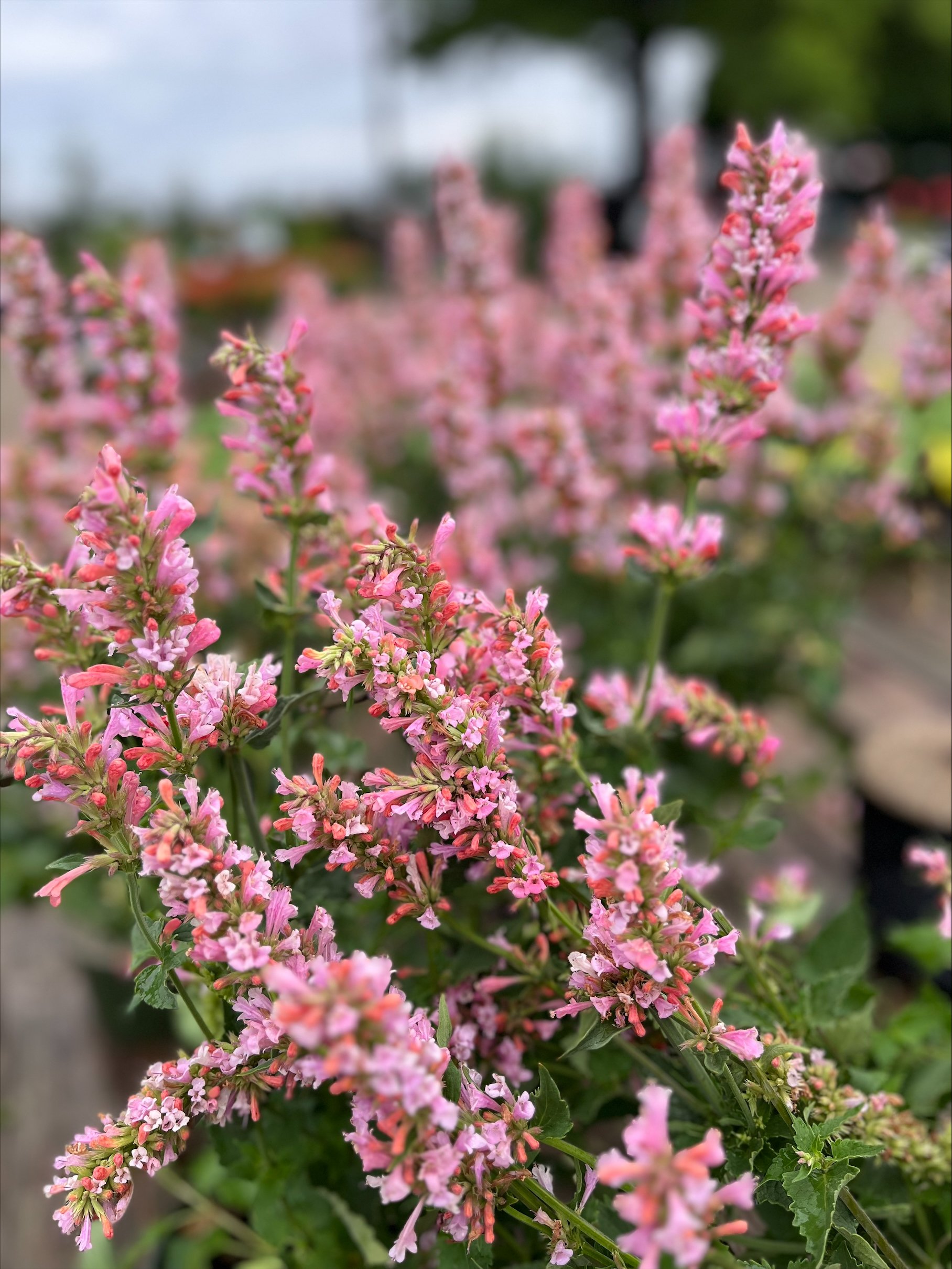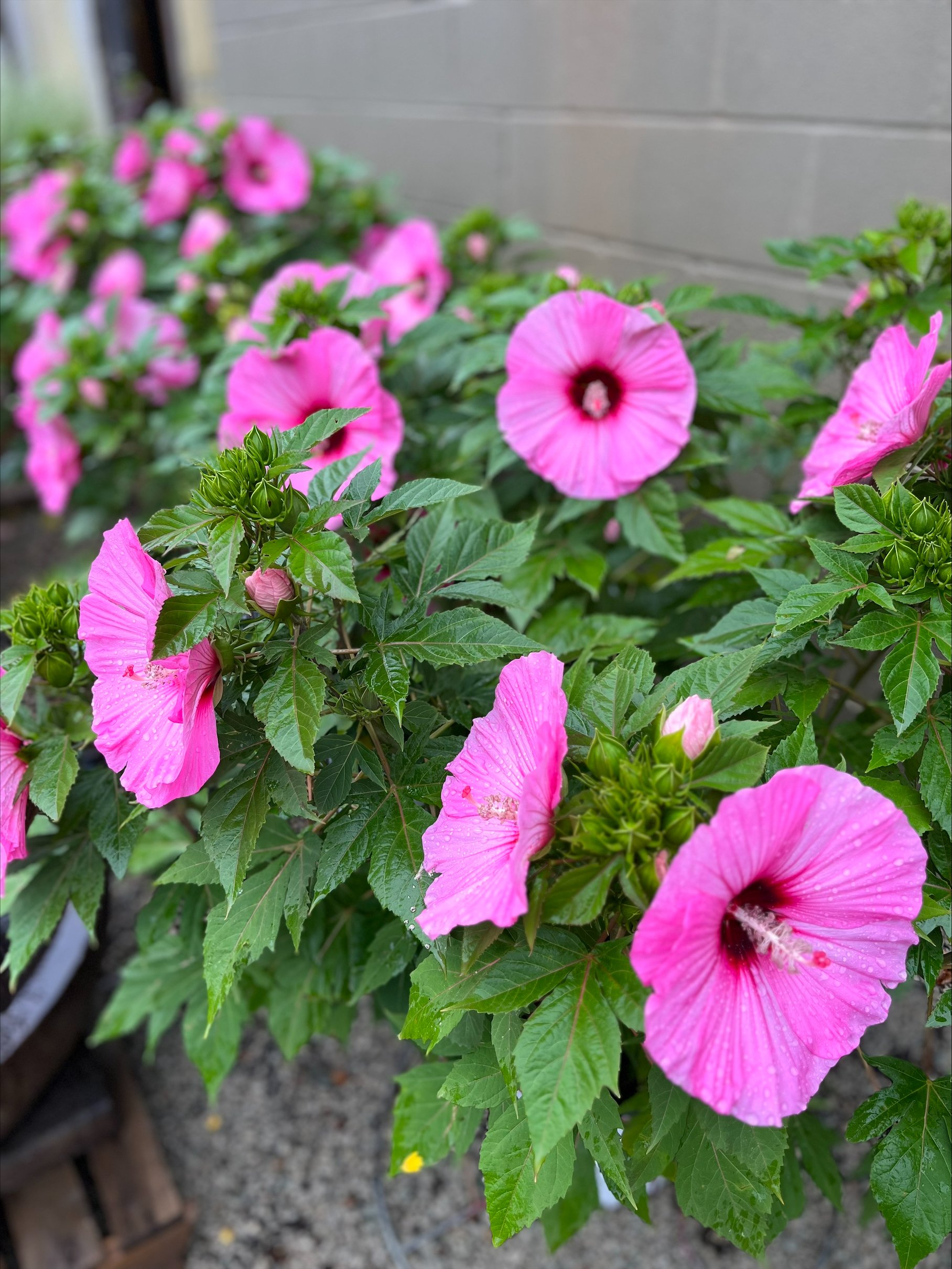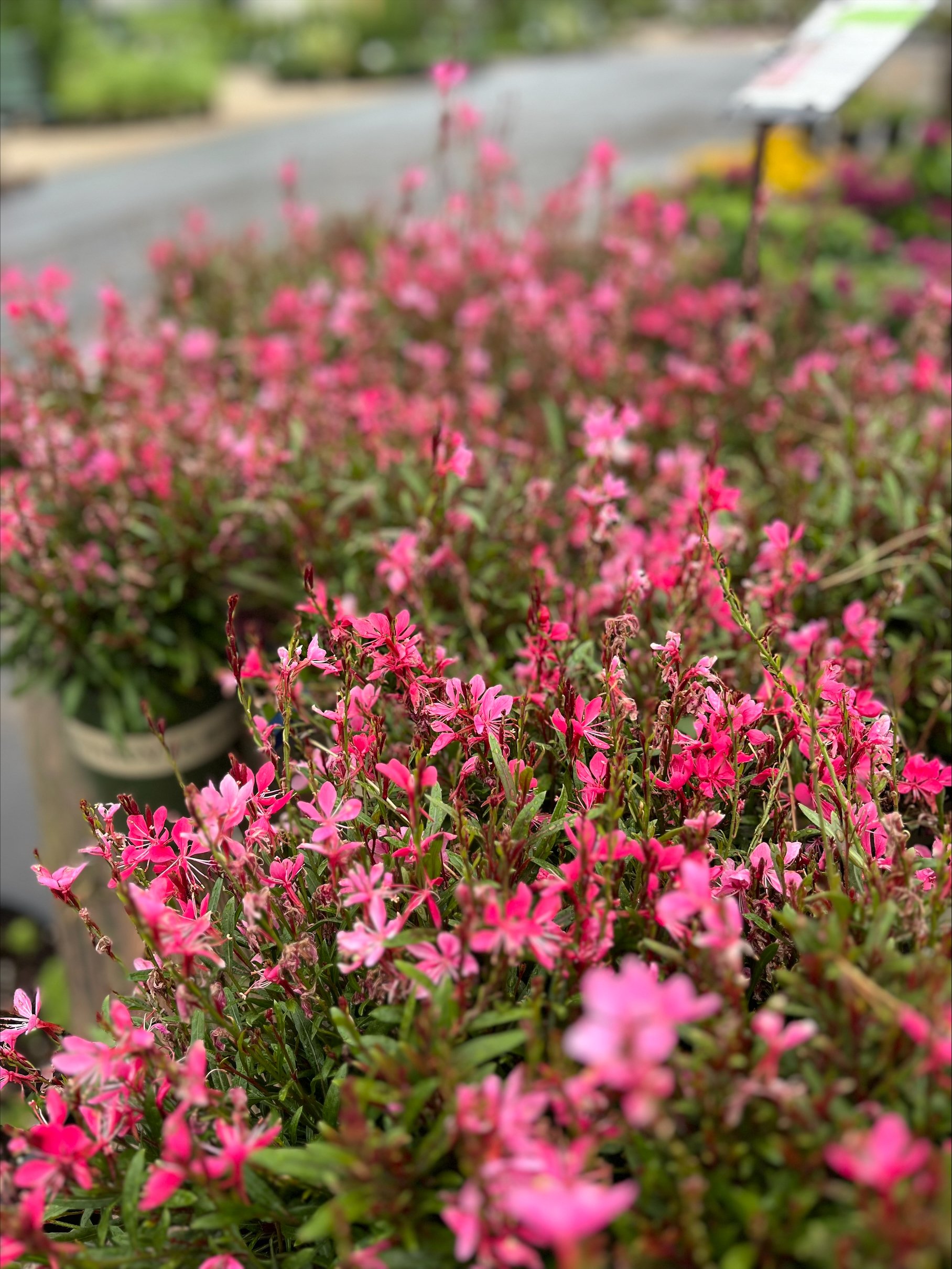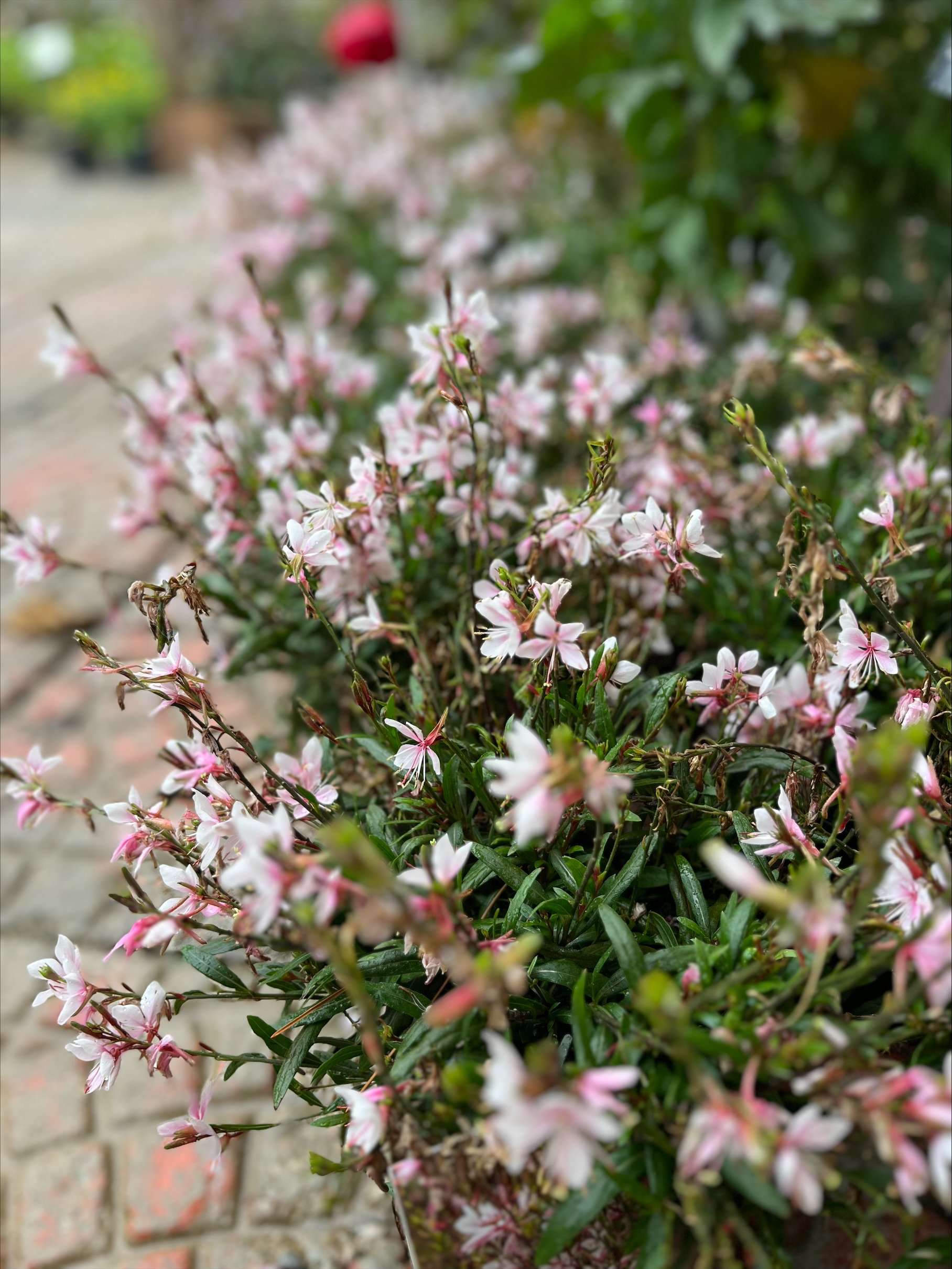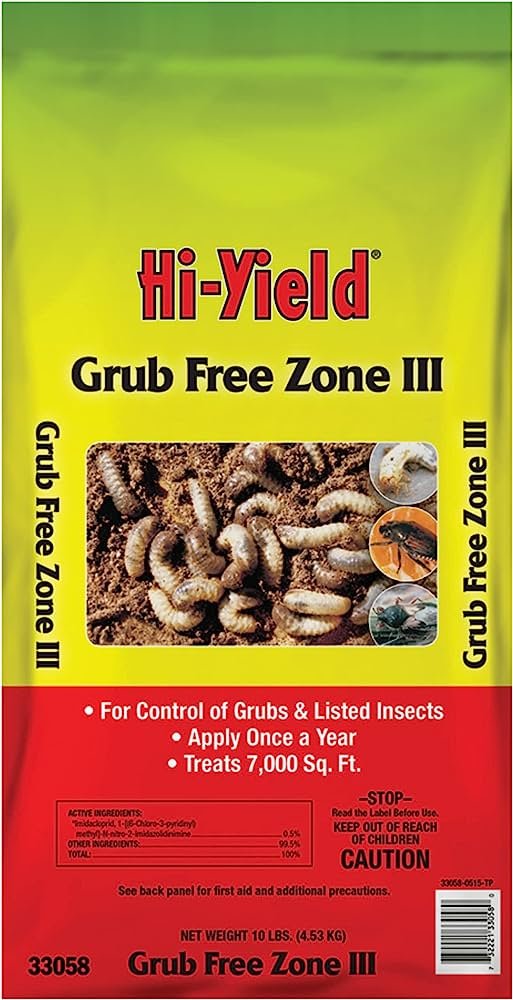KEEP THE FLOOR CLEAN!
I was in charge of the tenderloin. I found a recipe that looked pretty good. I did all the detail work; I’d trimmed the silver skin, folded over and tied up the thin end, I prepared a garlic herbed butter and I timed the cooking schedule out to finish things off right before the scheduled dinner time. I had it all under control. And of course, things didn’t go as planned. …
I was in charge of the tenderloin.
I found a recipe that looked pretty good. I did all the detail work; I trimmed the silver skin, folded over and tied up the thin end, I prepared a garlic herbed butter, and I timed the cooking schedule so I’d finish things off right before our scheduled dinner time. I had it all planned out and under control.
Of course, things didn’t go as planned.
I’m referring to last Sunday’s Easter dinner. We hosted the family gathering at our place, and the evening did turn out great, but there were a few bumps in the road getting there.
First, the cooking time I estimated was off. Our scheduled eating time came and went and the tenderloin still wasn’t done. Ok, not a huge deal. A little more oven time and dialing up the temp... easy fix. The real problem arose as I was taking the tenderloin out of the oven. Somewhere between pulling out the rack and reaching for an extra hot pad, things went south, and by south, I mean the tenderloin ended up on the floor.
SPLAT!
Just minutes before game time, the main course took a fall. Not good!
Of course, the kitchen was crowded with the family, so everyone saw what happened. It got real quiet, real quick... except for a string of “comments” coming from me.
So, I did the only thing I could think of. I quickly retrieved the “escaped” tenderloin and, under group agreement, declared a classic five-second rule. I gave it a good rinsing under the faucet and returned it to the oven for a brief “sanitizing” cycle under high heat. And just like that, we were back to getting the meal on the table.
Luckily, I’ve got a tough - and forgiving - family!
Cameron Rees, General Manager
It ended up just a little overdone, but other than losing all the garlic and herb-butter love off the top, the tenderloin came out pretty good. Crisis averted.
The rest of the evening went smoothly. In the end, we were filled with the joy of a great family gathering... and a story we’ll be able to share for years to come! The stress of the day has faded and only the laughs will remain.
Needless to say, I hope your Easter gatherings went a little smoother than ours!
Spring is continuing to fight its way into our lives. We’re continuing to fill the lot up with all kinds of amazing plants. Come see us when you have a chance.
Happy Easter season everyone!
—Cameron Rees
“THYMELY” ADVICE:
DON’T PLANT SUMMER VEGGIES
TOO SOON!
Spring has sprung and veggie season is in full swing!
We have a decent amount of moisture in the ground right now, perfect for getting those early-season crops planted. Cabbage, brocolli, lettuce, cauliflower, spinach, turnips, and peas are some of the cool season plants that can be put in now. Onion sets and onion plants are also available and can be planted now, along with bare root strawberries, asparagus, and rhubarb. Oh, and if you haven’t yet, get those potatoes in the ground too! It’s time.
On the flipside, now is NOT the time to be thinking about veggies such as tomatoes and peppers, to name a couple. However, if you have growlights or a home greenhouse, you can seed them and get them started that way.
Here are a couple of things to know before putting tomatoes and peppers in the ground….
You want to wait until the temperatures have warmed up consistently and the ground temperature is above 60 degrees. Your plants won’t do much growing when the ground temps are below 60 degrees, so you won’t be gaining much!
Other veggies to wait on till the temps warm up are sweet potatoes, melons, squash, and pumpkins. Wait to plant these at the end of April or beginning of May.
A great garden resource is this KSU Planting Guide: http://www.bookstore.ksre.ksu.edu/pubs/S51.pdf . But as always, we are here for all your questions and planting needs. Call or stop by!
—Misty Brown
fresh asparagus
… IT’S THE BEST!
Asparagus is one of my favorite garden vegetables, partly because I love asparagus, but also because it’s one of those vegetables, like tomatoes, where what you harvest from your own garden is SOOOO much better than what you purchase at the grocery store. And it’s easy to grow!
Asparagus is one of the few perennial vegetable garden crops. Perennial means it comes back year after year… just like iris, peonies, and daylilies... which means you plant it once, but enjoy it for many years to come.
And now is the time of the year to set it out.
Here at the store, we have the asparagus crowns you’ll need in stock and in our produce cooler, ready for purchase. All you have to do is figure out how many you need and get them planted!
The vegetable garden experts at Kansas State University recommend planting 10-15 crowns per person. That may seem like a lot, but we’ve got 25 crowns in our asparagus plot, and with just two of us, I can confirm that works out about right.
You’ll want to select a sunny spot and give yourself plenty of room. Mature asparagus plants will grow about head-high and easily spread as wide. Leave plenty of room for future growth.
Also, do as much soil improvement as you can before you plant. That means adding compost. Just like any other plant, the better the soil, the better it will grow, and the better it grows, the better the production.
If you plant this spring, you’ll be able to harvest lightly for a couple of weeks next spring, then you can plan on a full, 6-8 week harvest from that point on. Harvest season typically runs from mid-April through early June.
We purchase most of our asparagus crowns from Pendleton’s Country Market in Lawrence. Here’s a great growing tip sheet they’ve prepared. And below are a few extra tips from us.
TIP #1: When it comes to harvesting, don’t cut the spears from the ground… snap them! Cutting certainly works, but often results in harvesting a lot of the woody parts at the base of the stem. Snapping typically breaks the spear above those tougher areas, leaving you with just the soft, tender, edible portion. Trust me, you don’t want to eat the woody parts!
TIP #2: You won’t get to enjoy fresh asparagus if you don’t get it planted. That may seem obvious, but it’s worth saying. Sometimes it can be tough to commit to planting something you know you won’t be harvesting off of for at least a year. Make the commitment and get it planted now! You won’t be sorry when you reap the rewards.
Here’s the last bit of info I’ll leave you with…
We have four asparagus varieties to select from this spring.
Millenium – This male introduction is a heavy producer and our number one seller. It is tolerant of a wide range of soils, including heavier soils.
Purple Passion – This variety actually produces purple asparagus! They also have a higher sugar content than other varieties, giving it a mild, sweet flavor.
Jersey Knight – This is one of the all-male, Jersey selections. Very productive with tight spears.
Atlas – Tall spears that stay tight under warm conditions. Very productive
These are all good varieties. Our top recommendation is Millenium, followed by Purple Passion, but the truth is, you won’t go wrong with any of them. Personally, I’ve got a blend of 4 or 5 varieties in my patch and they all produce well. And they all taste great!
Actually, I lied. Here’s one more tip...
TIP #3: My favorite way to prepare asparagus is grilled. I toss the spears in olive oil, season them with salt and pepper, and then throw them on the grill until they’re charred and slightly softened... not mushy! Grilled asparagus makes a wonderful side dish, and the leftovers are great chopped up and added to a fresh salad or folded into scrambled eggs or an omelet.
It’s time to plant!
—Cameron Rees
what’s new?
THE GREENHOUSE IS TAKING SHAPE!
Our new greenhouse project is full-steam ahead! Come by and see the progress while you shop our other houses and store!
SPRING BLOOMS ARE UNDERWAY!
WRAP UP YOUR CRABGRASS PREVENTION SOON!
Just a reminder that time is running out!
If you want to protect your lawn from crabgrass and other summer weeds, you need to act quickly.
Because we’re getting closer to the first round of crabgrass germination, our product recommendation is different than it has been over recent weeks. From this point on, we’re switching folks over to Hi-Yield Turf and Ornamental Weed and Grass Stopper with Dimension.
That’s a long name, so sometimes we just say, “the one with Dimension”!
Just like the Fertilome “Red Bag”, it goes on in a granular form and should be watered in after application. You can apply this one effectively through April, and even into early May, as long as you adjust the application rate accordingly. The label directions explain these details, but we’ll be glad to go through things with you, as well.
So be sure to let us know if you have questions!
JUST OWN IT
I’m not sure when I first visited Ward-Meade Park. It may have been when I was a kid... I have memories of several city parks from back in my youth. If it wasn’t all the way back then, it was for sure during my early years here at the garden store. That would have been back when …
A HIDDEN GEM IN OUR BACKYARD
I’m not sure when I first visited Ward-Meade Park. It may have been when I was a kid. I have memories of several city parks from back in my youth. If it wasn’t all the way back then, it was for sure during my early years here at the garden store. That would have been back when I was in my high school years, so sometime in the mid-80s.
Even at that young age, I was already a “budding” plant geek... sorry, no pun intended! I’d figured out that plants were cool. I also figured out there were a lot of them to learn about. That’s where the Ward-Meade Botanical Gardens came into the picture.
The collections there are extensive. Even as a teenager, I enjoyed walking the grounds and checking out mature specimens of plants I’d rarely see anywhere else in the area.
And to a plant geek, even a young one, that was kind of cool!
As I studied horticulture at K-State, I learned a lot more about plants, and I began to appreciate even more the diverse collections found at Ward-Meade. The location in town, the lay of the land, and the large trees all work together to create a unique micro-climate, allowing things to grow well there that struggled in other parts of town.
After college, along with working at Skinner’s, I taught a night class in landscape design and horticulture for the local vo-tech. Learning plant material was part of that course, so a field trip over to Ward-Meade to study plants was always part of each class, too. The diverse collections there provided tremendous learning opportunities for both my students and myself.
It’s been a great garden for a long time... but it’s even better now!
A few nights ago, I had the opportunity to sit through a presentation highlighting a long list of relatively recent improvements over at Ward-Meade. To say it was impressive is an understatement.
Here are a few examples of what I mean.
Ward-Meade has a collection of 220 varieties of daylilies and is designated as an official National Display Garden for American Daylily Society.
It has a collection of thousands of hosta lilies, representing 140 different hosta varieties. It is designated as a National Display Garden for the American Hosta Society and is currently the only one in the state of Kansas.
It has a collection of over 150 varieties of conifers and in
recent years it has been designated a National Reference Garden by the American Conifer Society. Again, this is the only one in Kansas.
It has a growing collection of peonies developed by Myron Bigger, a well-known hybridizer of peonies, and a Topeka native. One of the best peonies we have ever carried, ‘Kansas’, is his introduction.
It has over 25 different varieties of Japanese Maples.
It has over 20,000 tulips in the spring and even more spring and summer annuals to complement the garden.
And of course, in more recent years, the Tulips at Twilight event has transformed what is already a beautiful garden by day into a dramatic night-time showcase.
Cameron Rees, General Manager
My point is that the Ward-Meade Botanical Garden and the rest of the Ward-Meade Park are pretty amazing. If you haven’t been there for a while, it’s time to go back!. If you’ve never been there, then definitely put it on your list. I think you’ll be impressed.
And don’t forget about this spring’s Tulips at Twilight event at Ward-Meade. It’s scheduled to start April 11.
We’re seeing a lot of changes here at the garden center. All the concrete is poured for the new greenhouse. Next week the structure will start going up. We’ve still got a ways to go, but progress is being made!
Out in the nursery, plants are starting to roll in. It’s nice to have something other than bare gravel out there again!
Things are moving along here just like they are in your yard. Spring is beating at the door... it’s time to let her in!
— Cameron Rees
“THYMELY” ADVICE:
iT’S TIME FOR THE RED BAG!
It’s that season again... crabgrass prevention season!
I’m sure, like me, you hate to see those tufts of crabgrass taking over your beautiful lawn that you worked so hard to perfect over the last year. Don’t worry! You still have time to put down a pre-emergent to help curb that pesky crabgrass.
A pre-emergent, such as Fertilome All Season Crabgrass Preventer (aka, the “Red Bag”) is a form of chemical weed control which prevents germinated weed seedlings from becoming established. When the germinating seed of the crabgrass comes in contact with the product, it stops growing.
You want to get this down early in the Spring before soil temperatures get too warm. Spread throughout your lawn and get it watered in well. This will move the herbicide into the soil surface where it works. The sooner you can water the better, which is why some people apply this product right before a good rainfall.
Keep in mind that if you do use a pre-emergent this Spring, then it’s not a good idea to overseed until the Fall. A pre-emergent is a targeted chemical that stops seed growth therefore it will keep your grass seed from germinating as well.
If you tend to get crabgrass in your ornamental gardens, you can also use Hi-yield Turf & Ornamental for your pre-emergent needs. This product contains Dimension and is highly effective at preventing annual grasses and broadleaf weeds from getting started in your beds.
Stop in today to get what you need to keep your lawn looking its best this season. As always, our friendly staff is here to answer any other questions you may have.
— Melissa Anderson
WHAT’S NEW?
THE COOLER IS FULL!
Recent deliveries have stocked us full of asparagus and strawberry crowns, and rhubarb and horse radish roots, all ready for planting. If you like the idea of growing and harvesting any of those from your own garden, it’s time to plant!
UPCOMING EVENT
We’ll be pulling out the grill this weekend and cooking some hotdogs. NOTO's Norsemen Brewing Company will be on hand Saturday, serving up some of their finest beverages (aka, beer!). The beer is on us! We’ll have some other snacks and beverages, as well. And we’ll have all kinds of plants available and lots of staff, making sure it’s a great weekend for everyone that comes out! Great for the whole family!
cOME wORK WITH US
We’re plant people. Are you, too? We are currently hiring a variety of positions at the Garden Center in our Landscaping, Nursery, and Greenhouse departments. To be considered for any position, come into the store, fill out an application, and participate in a quick interview. No appointments are necessary! All interviews are done on a walk-in basis, during normal business hours. The current season’s store hours are listed on the header of our website pages.
DAFFODILS, JACK FROST & GREENHOUSES
Overall, the weather this past month has been pretty outstanding! It has certainly felt a lot more like spring than it’s felt like winter...but we’re definitely not out of the winter season yet. That doesn’t mean we can't still do things in our garden. Just don’t start planting your tomatoes yet! Instead, focus outdoor gardening activities on things like …
Oh, how quickly things can change!
On Monday, I was at home, sweating away in the yard, enjoying a beautiful day and admiring our first spring blooms... a few clumps of daffodils blooming outside our office window.
Tonight, as I write this, a cold front is blasting in from the north. Our porch door is slamming in the wind and pellets of ice are peppering the windows. Brrr!
Winter is sending us a little reminder that she’s not quite ready to say goodbye just yet!
Overall, the weather this past month has been pretty outstanding! It has certainly felt a lot more like spring than like winter... but we’re definitely not out of the winter season yet.
That doesn’t mean we can't still do things in our garden. Just don’t start planting your tomatoes yet!
Instead, focus outdoor gardening activities on things like spring clean-ups, winter pruning, and garden prep. This is a great time to “fine-tune” things before the race really starts.
Planting trees, shrubs, and perennials is certainly okay to do now, too. Remember, anytime the ground isn’t frozen is okay for planting. Planting grass seed is fine now, as well, and the sooner the better! Early spring crops in the veggie garden could go in fairly soon...things like peas, potatoes, and onions, but I’d wait a week or two.
And it’s time to apply the Red Bag! (That’s Fertilome’s For All Seasons Crabgrass and Weed Preventer. It’s a long name...see why we just call it the “Red Bag”?!)
Here at the garden center, we’re trying to wrap up winter projects too, in particular, our greenhouse project.
Things got off to a slow start. Let’s just say, the Arctic blast we all got to enjoy back in January wasn’t very helpful for moving things along, but all the mild weather since has been much appreciated and the construction crews are making good time now!
Over the last couple of weeks, all the support piers have been drilled and poured, base posts have been set and all the concrete floors are formed and should be poured any day now. The first two dimensions of the new structure are quickly coming to a completion. The next step... start going vertical!
Cameron Rees, General Manager
The greenhouse will really begin to take shape once they start framing the structure. They estimate that this part of the process will take about a month to complete, so hopefully they’ll have things wrapped up by April. And hopefully, things stay on schedule!!!
One last thing...
Starting Monday, March 4, we’ll be making our shift back into normal “in-season” hours.
Monday - Friday, 8:30 am - 6:00 pm
Saturday, 8:30 am - 5:00 pm
Sunday, 11:00 am - 5:00 pm
Spring... it’s almost here!
— Cameron Rees
“THYMELY” ADVICE:
LAWNCARE MADE EASY - SKINNER’S 3-STEP LAWN PROGRAM
Well, thank goodness it’s almost Spring!
I, for one, am ready for spring flowers, beautiful sunsets, and of course, that lush green grass under my toes. If you’re anything like me, winter probably did a number on your grass. Never fear! We’ll get you on the right track to help eliminate all those ugly weeds, build your lawn to the beautiful green it should be, and prepare for next winter all with one simple system…. the Skinner 3-Step Program!!
Most of you have used this tried-and-true system year after year in your lawn, or maybe you’ve heard of someone who has. It couldn’t be simpler. Customers sign up for the program, purchase the three essential Fertilome products, and get reminders throughout the year, so they know exactly when to apply the product to their lawn.
It all starts with our Fertilome All-Season Crabgrass and Weed Preventer, which is a pre-emergent. It keeps crabgrass and all kinds of other unwanted weeds from crowding in on your lawn. It has a long name, so around here, we just call it the “Red Bag”. Put this down early in the spring...like right now!
Next, you get Fertilome Lawn Food plus Iron to help green up your lawn. It contains two types of Nitrogen, which allow for quick greening and long-term stable growth. We like to call this one the Orange Bag.
And finally, Fertilome Winterizer, which helps build vigorous root systems during winter. Enhances winter stem strength & disease resistance. We used to call this the “Yellow Bag”...and then Fertilome went and changed the color! So, now we just keep it simple and call it “Winterizer”.
That’s all it takes. Three easy steps and you set yourself up for success!
— Melissa Anderson
WHAT’S NEW?
Bare Root Fruit Trees Will Be Here Soon!
Our cooler is cleaned out and ready for the new harvest... the new harvest of fruit trees!
Bare root fruit trees should be in by early March. We keep them in that cleaned-out cooler, keeping them cold, dark, and damp until you’re ready to take them home and plant them.
Cold, dark, and damp doesn’t make for pleasant “people” conditions, but for bare root fruit trees, it’s perfect! It keeps them happy, healthy, and dormant until they’re ready to be planted.
Bare root is one of the best and easiest ways to transplant fruit trees. Just like the name says, these trees have “bare” roots. The soil was removed from the roots when they were harvested last fall. Since then, they’ve been stored in a cooler like ours, only a whole lot bigger!
Inside the cooler, the near-freezing temps keep the fruit trees dormant. They think it’s still winter. We just have to keep the roots moist with regular waterings. It’s cold, dark, wet…. and muddy in there. It sucks for you and me...but, again, it’s great for these types of trees!
So, why use barer root?
First of all, bare root fruit trees are a lot easier to ship and handle. Translation... they’re cheaper! They’re also easier for you to haul home, easier to plant, and in most cases, they will transplant and establish better. That’s a big plus that most folks don’t realize.
Whether you’ve been thinking about starting a new home orchard or just adding a fruiting favorite to your yard, keep bare root fruit trees in mind. We’ll have a cooler full of choices soon!
cOME wORK WITH US
We’re plant people. Are you, too? We are currently hiring a variety of positions at the Garden Center in our Landscaping, Nursery, and Greenhouse departments. To be considered for any position, come into the store, fill out an application, and participate in a quick interview. No appointments are necessary! All interviews are done on a walk-in basis, during normal business hours. The current season’s store hours are listed on the header of our website pages.
DONKEYS IN BIKINIS
Although the island was different, it had everything we remembered from our honeymoon trip...beautiful beaches, endless sunshine, crashing waves...and lots of island cocktails. It was just like our first beach encounter, with one big difference... donkeys. Yes, I said donkeys! …
Many years ago, my wife and I honeymooned on the beaches of the U.S. and British Virgin Islands. It was our first time in the Caribbean and we loved it, and we’ve been talking about getting back down there ever since. Well, we finally made it!
We just returned from a week on the island of St. Martin...and it was amazing!
Although the island was different, it had everything we remembered from our honeymoon trip...beautiful beaches, endless sunshine, crashing waves...and lots of island cocktails. It was just like our first beach encounter, with one big difference... donkeys.
Yes, I said donkeys!
Apparently, donkeys live wild on the island of St. Martin. Sometimes we’d see them wandering the streets. Occasionally we’d see them up in yards feasting on the landscaping. (Trust me, they could do some damage!) But what really drew attention was when they’d come strolling down to the beach, meandering through the lounge chairs and umbrellas like all of us sun-loving tourists.
I guess donkeys enjoy the beach too!
Being in the warm tropical weather has gotten me anxious for spring. The mild temps we’ve been enjoying lately have only added to that. Judging from the increased traffic in the store, there are a lot of you feeling the same. It will be here soon!
Our greenhouse building project is still plugging along. Cold weather in January brought things to a standstill, but the mild winter weather over the past few weeks has given the contractors a nice window of opportunity.
Cameron Rees, General Manager
There’s been a lot of grading work the past couple of weeks and now they are digging holes and pouring concrete. Things should start taking shape soon! We’re all getting anxious for it to start looking like the greenhouse it will be.
Around the garden center, we’re steadily ramping up for the spring season. As we grind through this last stretch of winter, keep us in mind, and if you need something, let us know...and watch out for donkeys!
Cheers,
— Cameron Rees
YOU CAN NEVER HAVE TOO MANY TOOLS
If the mild winter temps have affected you like they’ve affected me, you’re probably getting anxious to get back into the garden! One of the projects many of us will have in the upcoming weeks is pruning...pruning trees, shrubs, perennials, and grasses.
Pruning is an intimidating gardening activity to many. I get it. There’s a lot to learn. Although there are some easier-to-learn, universal, pruning basics, there are also all kinds of pruning nuances that change from plant to plant. That means there's not always a blanket approach.
My advice is to always start by reading what you can. Move on from there to watching as many videos as you can find. Next, ask all the questions you have, and then jump in. Pruning is part science, part craft, and part art. And you won’t master either without getting in there and getting dirty.
Some things you’ll get right, and some things you’ll get wrong, but if you pay attention, you’ll find you learn a lot from both. That’s just part of the process, and that’s how we all learn.
Here’s an extension publication from Kansas State University to get you started on the reading path... All About Pruning.
Just like any other art or craft, you’ll also learn it helps to have the right tools. Painters need brushes, sculptures need hammers and chisels, and gardeners need pruning tools.
Here are my essentials:
Hand Pruners – I never go out into the garden without my pruners on my hip! Use these to cut everything from small stems to branches up to ¾” or so. These come in all kinds of styles, colors, and sizes, just find one that fits your hand. Like most tools, you get what you pay for, so spend what makes sense for your situation. Pruners built with stronger metal and better blades will cost more, but they will also last longer and give you fewer operational issues. A holster to carry them in is a wise investment as well.
Pruning Saw – Pruning saws also come in a variety of sizes and shapes. They usually have a slightly curved blade and instead of cutting on the push stroke like a carpentry saw, they cut on the pull stroke. I have bigger ones and smaller ones. I have one on the end of a 12’ pole and I have one that folds up into the handle like a pocket knife. I use them all...a lot! Much like hand pruners, just find a size and shape that feels comfortable to you.
Loppers – These look like hand pruners but with longer handles and a larger cutting head. They are used to cut branches too big for hand pruners. I own a good pair and rarely use them. If a branch is too big for me to cut with hand pruners, I pull out my pruning saw. Save your money and just buy a good pruning saw.
Grass Shears – These may be marketed for cutting grass, and they do work for that, but I keep mine around for trimming annuals and perennials. They work great for cutting back perennials at the start of the spring season or cutting back annuals and perennials during the growing season. Because they have long cutting blades, they can cut a lot at once. That really speeds up a project. I use mine all the time.
Garden Knife – This looks like a hybrid between a garden trowel and a hunting knife. You’re not going to be using this to prune branches, but it’s great for cutting roots on new plants and chopping through plant crowns when dividing perennials. It’s handy for digging weeds and small planting holes too! I carry this one almost as often as I do my hand pruners.
Those are my pruning essentials, but there are a few other things worth mentioning.
Kneeling Pad – As I have gotten older, this has become a gardening must! I just can’t bend over and do work like I used to. If I’m out cutting things back or planting in the garden, I’ll always have my kneeling pad. Not only does this help protect my knees and ultimately my back, but it also helps protect the ground underneath. These also come in a variety of sizes, shapes, and colors. Mine is purple...Go Cats!
Gloves – These are probably a given. You’ve got to protect your hands, especially when you are using sharp pruning tools.
Safety Glasses – These are another one of my gardening staples. So much of what we do creates opportunities for injury. You don’t want a stray branch or blowing debris resulting in a preventable eye injury. Buy a good pair and wear them!
It’s time to knock out those wintertime pruning projects. If you have questions about any of that, let us know. If you looking for some new pruning tools, we can help you with that, too. Just stop on by!
— Cameron Rees
this weekend!
Come down and see us at the 2024 Kansas Lawn & Garden Show this month! We’ll be sharing information on new products, gardening advice and suggestions, updates on the greenhouse building project, AND a special pair of coupons for those who stop by! We’ll also have more information on open positions at Skinner Garden Store. So if you dream of working with plants, consider saying “hello” and grabbing an application.
WHO: You & Skinner Garden Store staff
WHAT: 2024 Kansas Lawn & Garden Show
WHEN: Friday, February 16 – Sunday, February 18
WHERE: Stormont-Vail Events Center, Topeka KS
HOW: Tickets and more information available HERE
cOME wORK WITH US
We’re plant people. Are you, too? We are hiring a variety of positions at the Garden Center in Landscaping, Nursery, and Greenhouse. Stop by the store to pick up an application and say hello, or come by our booth at the Kansas Lawn and Garden Show. Full job postings can also be found on Indeed.com, search keyword “Skinner.”
NO, I’M NOT A COP
If you’re not familiar with the 1977 Chevrolet Caprice Classic, just think “cop car” from the late ’70s. Mine came from my granddad. He had bought it new, back in 1977, but now it was 1985 and he was ready for something else. So was I.
It was a 1977, 4-door, Chevrolet Caprice Classic. It was silver-gray, and it was just starting to develop some rust spots on the trunk. It had a 350 V-8 under the hood and enough room on the inside for a family of five...and all their neighbors!
It was big...and it was mine.
If you’re not familiar with the 1977 Chevrolet Caprice Classic, just think “cop car” from the late ’70s. Mine came from my granddad. He had bought it new, back in 1977, but now it was 1985 and he was ready for something else. So was I.
It had some miles on it, about 175,000 if I remember right, but it was very well-maintained and mechanically solid. Most importantly, the price was right...cheap!
I said it was mechanically solid, and it was. The engine was still in great shape, as was the transmission. No worries there. But that’s not to say it wasn’t experiencing the expected wear and tear of a car of its age and mileage. It was an old car with a lot of miles on it, and little repair “opportunities” came up pretty regularly. The cold weather over the last couple of weeks reminded me of one of those said opportunities.
It happened during the first winter I owned it. A piece connected to the heating system started leaking engine coolant.
I’d always tinkered with things, so repairs didn’t scare me. I also had a year of high school Auto Mechanics under my belt. I’m not saying I was an expert mechanic, but I did understand how things worked and I wasn’t afraid to get under the hood and tear into things.
I identified the problem pretty quickly. It was in a part that lay between the engine block and the heater core. It was easy to see the water leaking out when the engine was running. It wasn’t going to be an expensive repair, and it didn’t look too complicated, but it was going to take some time and that was something I was short on.
So, I came up with a short-term, “quick fix” instead. I just bypassed the leaking part.
That eliminated the coolant leak which did buy me some time, but it also did something else...it took away my heat! By bypassing the leaking part, I eliminated my coolant leak, but I no longer had a working heater in my car...and it was winter.
This was a temporary trade-off I was willing to make. I figured I would just bundle up a little bit heavier for a few days and get to the repair over the weekend.
It’s fair to say that was a plan...but it wasn’t a very good one!
Cameron Rees, General Manager
Without heat, the inside of my car...a car I was driving during a good-old Kansas winter...was cold, VERY cold. I had planned on that part, so I was bundled up. What I hadn’t anticipated is what happens on the inside of a car when you’re driving without heat. All the moisture from your breath forms a nice layer of frost on everything, including your windows
Within a few miles, I had to scrape the inside of the windshield to be able to see out.
Luckily, my best friend and I shared rides back and forth from school, and he was riding copilot with me the first morning I tested out my quick fix. As I drove, he scraped to maintain my visibility, and we both froze all the way to school. It was the coldest ride I’d ever taken!
Needless to say, I sure did find time in my “busy” schedule to fix the problem later the same day.
As I was driving home from work the other day, and I was freezing my tail off waiting for my truck to warm up, that memory just popped into my head. I didn’t have to scrape the inside of my windshield now, but I sure was cold. Still, I chuckled to myself, at least I wasn’t that cold!
Hopefully, that last spell of arctic bitterness is the worst of it for the rest of the winter!
That old Caprice Classic got me through high school, all of college, and a couple of years beyond. It got me to my summer internship in Long Island and back, and several other long road trips, as well. I traveled with my toolbox in the trunk along with a few spare parts. And I did continue to get the “opportunity” to perform a fair number of minor roadside repairs, but I was never down for long. It was a great car.
Especially when it had heat!
Speaking of heat, we unloaded a little bit of sunny Florida the other day. We got a fresh delivery of houseplants! It was a welcome dose of green and put a smile on everyone’s face, mine included!
If you could use a dose of green too, stop by! We have plenty!
Cheers,
— Cameron Rees
“thymely” advice:
Updated Winter Hardiness Zone Map
Hardiness zone maps have been around for a long time, almost a hundred years.
Through the years there have been numerous versions created by various entities, but over the last 30-40 years, the USDA Hardiness Zone Map has been the standard for most gardeners.
This map divides the country into different zones based on the average lowest winter temperature. Each zone is given a color and a numerical designation. In the end, a map of the U.S. is irregularly striped in a rainbow of colors with designations starting at 1 in the coldest regions and pushing into the low teens in the more tropical areas.
An updated version was just released in December, incorporating about an additional 15 years of recent weather data. Warmer winters during that time frame have resulted in an “upward” shift of hardiness zones. In short, most areas are sitting in a “warmer” winter hardiness zone than they used to on the previous map.
But what does this mean for growing? Honestly, not a lot.
Keep in mind that hardiness zones are created using average minimum winter temperatures. Averages are not what generally kill plants, extremes do. The sub-zero, low temps we experienced over recent weeks are exactly what I’m talking about.
Bottom line, the winter hardiness map is a helpful guide. It provides good, basic, winter hardiness information that can guide gardeners towards plants that stand a good chance of surviving, and away from plants that will just be too tender. But it’s only a guide.
Many other variables influence the survivability of your garden plants through the winter season, things such as overall plant health, level of establishment, and garden microclimates, to name a few. Temperature alone is only one piece of a more complex equation.
My advice...
Gardeners in our area should be pretty safe with plants hardy to at least Zone 6A... that’s hardy to -10 degrees. According to the updated map, we are now in Zone 6B, 0 to -5 degrees, but the -9 we hit just a couple of weeks ago is exactly what I was getting at when I mentioned that the extremes kill plants.
Having said that, if you like pushing things a bit, and you’re okay with taking the hits that come along with taking risks, I wouldn’t be afraid to plant things that are only winter hardy to Zone 6B or maybe even Zone 7. But ONLY do that if you have a good spot, you know what you’re doing, and you’re okay with taking a hit from time to time.
Mother Nature always wins in the end!
— Cameron Rees
WHAT’S NEW?
HOUSEPLANT ARRIVALS FOR VALENTINE’S DAY
Looking to give a friend, family member, or colleague a little love this Valentine’s Day? Come check out our new arrivals of houseplants at the garden store! Houseplants make the perfect gift because they live on long after a bouquet of cut flowers has passed its prime, provide an ongoing reminder of thoughtfulness, and give cheerful warmth to any space. Houseplants need different care in the colder months than in warmer ones, but with a few tips, anyone can be a successful indoor plant owner. Come by and check out our new stock and share the tips below with your recipient as an added gift!
Water your houseplants less frequently in the winter, according to whether the soil is wet or dry
Consider moving your plants for more sunlight - but not direct sunlight.
Watch where you place your plants inside - not close to drafty windows or doors.
It’s best to stop fertilizing in the fall and resume again in the spring.
Treating pests or fungus with neem oil or insecticidal soap is the safest option for indoor use.
Improve humidity by clustering plants together or using pebble & water trays underneath.
Dust off your plants with a damp cloth.
Try and avoid re-potting in the winter, if possible.
UPCOMING EVENT:
Mark your calendar...the Kansas LAWN & Garden Show is back!
Come down and see us at the 2024 Kansas Lawn & Garden Show this month! We’ll be sharing information on new products, gardening advice and suggestions, updates on the greenhouse building project, AND a special pair of coupons for those who stop by! We’ll also have more information on open positions at Skinner Garden Store. So if you dream of working with plants, consider saying “hello” and grabbing an application.
WHO: You & Skinner Garden Store staff
WHAT: 2024 Kansas Lawn & Garden Show
WHEN: Friday, February 16 – Sunday, February 18
WHERE: Stormont-Vail Events Center, Topeka KS
HOW: Tickets and more information available HERE
LET THE CONSTRUCTION BEGIN!
The New Year is always about change. Lose weight, get in shape, spend less time on your phone, spend more time in a book... all kinds of new plans get made this time of year. Well, we’ve got a new plan over here at the garden center, too, and it’s a big one.
Hey, it looks like winter is finally showing up. I don’t mind seeing the snow, but I’m not real excited about the cold temperatures. Spring will be here soon...right?! Until then, we can get ready for good things to come.
The New Year is always about change. Lose weight, get in shape, spend less time on your phone, spend more time in a book... all kinds of new plans get made this time of year. Well, we’ve got a plan over here at the garden center, too, and it’s a big one.
(Drumroll, please....) We’re building a new greenhouse!
Now, adding new greenhouses is something we’ve done before, but this one is going to be different...a lot different. This greenhouse is going to be much bigger and nicer! The new structure will stretch out from the back of our store and will provide greater functionality throughout all four seasons. It will replace our old lath house and the adjoining shade structure. If you’re not quite sure which was our lath house, it was the structure behind the store, where we displayed our flowers for the last sixty plus years. The adjoining shade structure was the home of our shade perennials. Both of those structures are now gone!
Cameron Rees, General Manager
The process started back in November with the bulk of the demolition taking place a little before Christmas. It’s amazing how quickly years of work can be torn down. My office window now looks over an unobstructed view of the newly vacated space. It’s a little weird! It’s also exciting!
New construction should start soon, and the new structure is targeted to be up and in use by the spring season. We just need some more of that nice weather we had back in December!
We’ll keep you updated on the progress, but if you’re interested in checking out the changes for yourself, stop on by. We’d be glad to see you!
In the meantime, stay warm and start hatching your plans for the upcoming growing season. And don’t forget to call us with your questions along the way.
Happy New Year!
— Cameron Rees
“thymely” advice: it’s time to start starting
It’s time to start those seeds!
People often wonder, what’s the best way to start seeds? Or how do you even begin? I’m here to help! Follow along below as I lay down some basic information on the when, how, and what of seed starting, so that you can get your growing going.
When to Plant:
It’s essential to sow seeds at the correct time. We don’t want to get too far ahead of ourselves! Sow too early, and the plants may have outgrown their pots before the weather has warmed up enough to plant them outside. But start seeds too late, and they won’t have enough time to reach maturity before the end of the growing season. It’s a delicate balancing act, but hopefully this advice will help. Typically, you would want to start things like peppers and herbs in early February; Lettuce, broccoli, and cabbage mid-February to early March; and cucumbers, cauliflower, cantaloupes and brussels sprouts early-March.
There are some great benefits of starting your seeds indoors. First, it gives you a head start on the growing season, which can lead to a better harvest.
Second, some seeds such as brussels sprouts, cabbage, broccoli, and those beautiful tomatoes, actually do better starting indoors. They can’t be planted too early in the spring, as the soil is too cool, therefore it is better to get these started indoors and transplant them into your garden when the soil is ready.
Most importantly (or at least for me), seeds are much less expensive than buying plant starts.
You will need a good seed starting mix, containers or flats, and a strong light source. Generally, an all-purpose potting soil will do (Fertilome Ultimate Potting Mix). For small or delicate seeds, it’s better to use an actual seed starting mix (Fertilome Seed & Cutting Mix).
When choosing a container, there are a few options. You can use a large pot which will allow you to germinate many seeds and then transfer every single seedling. A plug tray, on the other hand, is flatter with individual pockets for each seed. And then there are the tried-and-true recycled pots. These can be anything from old yogurt containers to other pots that you have previously used.
There are also some seeds that prefer to be seeded directly into your garden instead of seed starting indoors. These seeds do not tolerate transplanting very well. Things like carrots and radishes do best this way.
Now to the How:
To begin, you’ll want to fill your chosen container full of potting mix and tap down to settle. Use your finger or the eraser-end of a pencil to poke planting holes in the mix. Be sure to sow the seed at the depth listed on its packet. Cover your seed with potting mix and label each container to identify seedlings when you are ready for transplanting.
Next, water the containers carefully, using a watering can with a fine sprinkling head. Then leave the plants to drain from the surface and repeat. You want to wet the mix well in the first watering of the container because this wakes up the seed. You can also speed up germination by having warmer soil. Refer to your seed packet for the best germination temperature. A nice soil thermometer is good to use to get an accurate reading. And we stock warming mats at the store if you’re looking for one.
Keep seedlings well hydrated and in a well-lit area where it remains warmer. In a few short weeks, you will begin to see the fruits of your labor. For your crops to flourish, the only thing left to do is to transplant them into your garden bed.
As always, we’re here to help with any questions, large or small. Stop in today to grab all your seed-starting tools and let us help you make your garden happy and full.
View the full seed starting schedule for Kansas at
https://www.centralkansas.k-state.edu/lawn-garden/seedstarting.html
8 TIPS FOR winter houseplant care
Did you know that the care you give your houseplant in the summer differs significantly from that in the winter? Here’s a list of 8 things to keep in mind when caring for your houseplant in the winter.
There is less sunlight in the winter which will mean your plant isn’t getting the same amount of light as it was in the summer... which also means it won’t dry out as fast. Water your houseplants less frequently in the winter. Stick your finger in the soil about an inch down. If it's dry, go ahead and water. If it's not, wait a couple of days and check again.
Less sunlight in the winter means you may need to move your plants so that they can get a little more light. However, be careful not to place them directly in front of the window (see next bullet point).
Watch where you place your plants inside. You don’t want to place them near a drafty window or a door that is opened and shut often. Also, don’t place them next to a vent. This will cause them to dry out.
Your houseplants are taking a little break in the winter, meaning they aren’t growing much, or at all. Therefore, fertilizer is not needed in the winter months. It’s best to stop fertilizing in the fall and resume again in the spring.
Unfortunately, with winter comes the potential for pests. Pests are easier to control when your plants are outside, or you can take them outside to treat. The winter months bring spider mites, fungus, gnats, and mealy bugs. All of these are easy to treat when caught early, and treating with neem oil or insecticidal soap is the safest option for indoor use.
Winter brings dry air, and we all know that most houseplants come from tropical regions with high humidity. A couple of quick ways to rev up humidity - Cluster your plants together so that when their combined soil moisture evaporates, it will create a small environment with humidity. Place your plants on pebble trays. These are simply trays filled with small pebbles and water. Make sure your plant is above the water level to avoid root rot. The plant can take in the moisture from the root area and also from the evaporation of the water into the air.
Your house gets dusty in the winter, so make sure you clean off your plants with a damp cloth.
Try and avoid re-potting in the winter. The best time to re-pot is in spring or summer when your houseplants are actively growing.
— Misty Brown, Lath House Manager, Skinner Garden Store
It’s been a rollercoaster ride… again!
Well, it’s the last issue of the year and it’s hard to believe another season has passed. I hope you’ve had a good one. This past growing season came with a lot of the usual challenges: excessive wind, late cold snaps, prolonged heat, early cold snaps, and periods of drought. Welcome to gardening in Kansas! …
Well, it’s the last issue of the year and it’s hard to believe another season has passed. I hope you’ve had a good one. This past growing season came with a lot of the usual challenges: excessive wind, early cold snaps, prolonged heat, late cold snaps, and periods of drought. Welcome to gardening in Kansas!
I’ve been at this for quite a while and have learned a couple of things: 1.) Every year is a little different, and 2.) Each comes with its unique challenges. It makes gardening here like trying to learn a new game, while somebody keeps changing the rules! I guess that’s part of what keeps it interesting.
Yes, we all have to deal with our fair share of weather-related “opportunities,” but despite those obstacles, there are still lots of wins… Most things still emerge from their winter rest in the spring. There are still flowers to enjoy throughout the season. Vegetable gardens still offer up their produce. And the garden marches on.
But for now, our gardens rest… and so do we.
Cameron Rees, General Manager
We’ve got a couple of months of winter ahead of us before it all starts over again. Spring will be here before we know it. So now is the time to reflect, replenish, and plan, until the early sunsets give way to more daylight.
As we bring this season, and this year, to an end, I want to take a moment to say thanks. We do what we do because we are passionate about it, but that passion would be wasted if we didn’t have someone to share it with. And that’s where you come in.
You are the reason why we are here, doing what we do. Thanks to all of you for your business this past year, and through all the years before that. It’s your support that allows us to continue on this path. Thank you.
Enjoy your downtime this winter, and we hope to see you back here in the spring. Things should look a little different by then... but we’ll talk about that later. In the meantime, if you need anything we can help with, come see us. We’ll be here!
Happy New Year!
— Cameron Rees
“thymely” advice: Christmas Trees repurposed
As the holiday decorations start to come down, Christmas tree disposal becomes a checklist item. Christmas tree recycling is the answer for most. In Topeka, trees can be taken to a drop-off site located in Gage Park. The Topeka Zoo will utilize as many of those trees as possible for their animals, and the remaining trees will be recycled into mulch. Just remember to make sure everything has been removed from the tree.
If you live in other communities, look for your recycling drop-off site. They’ll be out there.
If you are thinking about recycling your tree into your home landscape, here are a few suggestions...
Run it through a chipper and turn it into mulch.
Prop your tree up in your landscape as a temporary winter habitat for birds.
Sink your tree in your pond to create fish habitat.
Cut the branches off your tree and use them to cover tender perennials for the remainder of the winter.
Use your tree’s trunk as firewood for your outdoor fire pit.
Cut it up into smaller pieces and scatter it around, leaving it to slowly decompose as natural garden debris.
find hidden treasures with our year-end savings
Check out all the terrific discounts available right now at our store! *While supplies last!
Santa’s got his groove on!
The evening would start with a table full of appetizers and lots of hot spiced cider. It progressed from there to the dining room for a massive Christmas dinner and eventually, when the table had been cleared and the food was all put away, we opened presents.
We always celebrated Christmas Eve at my grandparents’ house.
The evening would start with a table full of appetizers and lots of hot spiced cider. It progressed from there to the dining room for a massive Christmas dinner and eventually, when the table had been cleared and the food was all put away, we opened presents. It happened this way every year, and I loved it.
One Christmas, probably about the time I was finishing up high school, my brother traveled back from his home in Montana with a gift for granddad that would change Christmas Eves from that point forward... the dancing Santa Claus.
Now, there was nothing “Hallmark Channel” special about this dancing Santa Claus. It was just kind of funny, and it made us all laugh, especially my granddad. And I loved to watch my granddad laugh.
From then on, the dancing Santa Claus was always on display for the Holidays. Grandpa loved it! I’m sure Grandma wasn’t overly excited about that “classy” addition to the Christmas decor, but I never heard her complain. Every Christmas Eve, he’d shake his hips and sing his song, and we’d all laugh.
I was close to my granddad and have a lot of fond memories of time spent with him. He was a great guy. He had a good sense of humor and liked to laugh. I loved that about him.
Well, it turned out that dancing Santa’s arrival started something.
After that year, Grandpa always ended up with a “special” gift from someone. It would always be something a little silly, and we would all watch his reaction, as he figured out what it was. Then, we’d all share in the laughter. We loved it, Grandpa loved it, and Grandma...well, she would just shake her head and roll her eyes...and then she’d crack a smile, too.
There are a lot of good memories there.
Cameron Rees, General Manager
Something I learned as I got older is the value of time spent with family and friends, and the memories those times create. As we head into this last stretch of the Season, I hope you all enjoy it and create some wonderful holiday memories, as well.
From all of us out here at Skinner’s, thank you for your business, and we want to wish you all a very Merry Christmas and a Happy New Year!
— Cameron Rees
P.S. Dancing Santa is still with us! After my granddad passed away, my sister took him to her home. Every Christmas, he’s back out on display, shaking those hips...and he’s still making us laugh. Merry Christmas!
“thymely” advice: living christmas trees
During this time of year, some folks come to our store looking for an evergreen tree that they can use for the Holidays and then plant in their garden later. This is called a living Christmas tree, and it can be a great way to celebrate the season while, at the same time, landscaping the yard and planting a special memory.
However, there are a few cautions you must take, or your tree might end up as a distant memory, rather than a special one, and none of us want that!
Here are some tips to help your living Christmas tree project be more successful:
Limit your tree's time indoors – Our evergreen trees have been outside in the cold weather all season and they are acclimated to recent lower temperatures. When plants get exposed to colder temperatures, they develop cold hardiness, which helps them survive even the coldest winter temperatures. However, if they spend too much time in the warmth of your home, their cold hardiness decreases, and they may not survive. To prevent this, limit your tree's stay in your home to 3-5 days. -
Store your tree appropriately – This means keep it cold, but not too cold. Don't forget that excessive temperatures can kill the roots. Aim to protect your tree from temperatures below 20 degrees by putting it in an unheated garage or leaving it here at our nursery, until you’re ready to pick it up.
Reacclimate your tree – After you remove your tree from your home, give it some time to reacclimate to the cold temperatures of winter. Plan on transitioning your tree to an unheated garage for at least a few weeks before planting it outside, or longer, if our winter dictates it.
Be prepared to plant it – If you are hoping to plant your tree out in the yard following the reacclimating period, it's a good idea to dig the hole now, while there is no frost in the ground. Also, make sure the soil you dig out is stored in a way to prevent it from freezing. Think about burying it deep in straw and tarping it or putting it into a wheel barrel and moving it into the garage.
Be sure to keep it watered – Evergreen trees aren’t hard to keep alive through the winter, but you must make sure you keep them watered. Whether it’s in your garage or planted out in your landscape, check them regularly and then water them thoroughly when they start to feel a little dry.
who doesn’t love a free gift?
Get more for your money, when you do your Holiday shopping with us. From now till Christmas, you’ll receive a FREE $20 GIFT CARD with the purchase of $100 in gift cards. That’s an extra gift card for a plant lover on your list, a special teacher, a white elephant exchange… or treat yourself! It just makes “cents.”
don’t miss our christmas sale!
QUESTION:
What’s better than all the festive Christmas decorations that Skinner Garden Store is offering for the Holidays this year?
ANSWER:
50% OFF on all those decorations! Sale going on now!
Turkey, Pumpkin Pie and... Caliche?
I’ve got a collection of tools I consider essential for my gardening activities. I’m sure my wife thinks I have too many...but I’m pretty sure I don’t. In fact, I’m quite certain, I have just the right amount! I have everything a passionate gardener could ever need...at least I thought I did...until last week.
I’ve got a collection of tools I consider essential for my gardening activities. I’m sure my wife thinks I have too many, but I’m pretty sure I don’t. In fact, I’m quite certain I have just the right amount! I have everything a passionate gardener could ever need... at least I thought I did... until last week.
I was in sunny Arizona, visiting family and celebrating Thanksgiving. It just so happened, at the same time, there was a landscape project wrapping up in their back yard. Of course, I was interested in everything that was going on. It being a landscape project, I was in my happy place!
Yup, that’s right... jack hammer!
You see, the ground is so hard down there, it’s almost impossible digging a hole with just a shovel. They call it caliche, and trust me, it’s hard... like concrete hard. And this is where the jack hammer comes in. It’s so hard, sometimes you must use a jackhammer to dig in it, just like in this video. Click here.
How’s that for tough soil conditions?!!!?
Through the years, I’ve dug around in some pretty dismal soiI conditions, but I’ve never had to resort to a jack hammer, and I hope I never do! It makes me appreciate the soil I get to sink my shovel into in my own backyard.
Cameron Rees, General Manager
I’m always on the lookout for that next gardening tool I can’t live without. I wonder what my wife would say to seeing a jack hammer hanging in the garage???
Hope you had a great Thanksgiving! Coming back home to the cold has been a shock to my system, but the snow has been a nice wintery treat and makes it feel a little more like the Holiday Season we’ve just entered into. I like it.
We’re in the thick of the Holiday Season out here at the garden center, too. We lean hard on “fresh and green”... think Christmas trees, winter porch pots, and more. If you could use a little “fresh and green” for your home, give us a visit. We’ve got Holiday spirit on hand!
—Cameron
what’s new?
LOCAL honey
Did you know daily consumption of honey has a beneficial effect on the level of antioxidant compounds in the body that can fight excess cholesterol? All I know is that it sure tastes amazing! Put it in your morning coffee, enjoy it with a nice cup of tea, or even just dive right into it by the spoonful. However you enjoy your honey, there really isn’t a wrong way.
When it’s cold and flu season, this golden heaven can be an effective cough suppressant. With the winter weather now upon us, we all could use a little help with that! Honey may provide anti-depressant or anti-anxiety benefits, as well (extra help with the Winter Blues). Honey has so many great benefits, who doesn’t want to always have some handy?
At Skinner Garden Store, we are proud to bring you some of (in my opinion!) the best tasting honey around. Produced, packaged, and sold by our very own local honey business T-Creek Honey. We have 1lb, 3lb, creamed, and even honeycomb honey available in our store year-round.
Stop in today and grab some of your very own!
—Melissa Anderson
“thymely” advice:
let amaryllis lighten up your holidays!
It’s the time of year we all love. Time to gather family, decorate the tree, and of course, get those Amaryllis planted.
Amaryllis in Greek means “sparkly.” It’s very in keeping with this time of year, when we throw glitter at literally everything!
Makes sense that these big, beautiful flowers are the best holiday bulbs. These stunning flowers are believed to represent pride, strength, and determination, as they stand tall above all other winter blooms.
Typically, these beautiful bulbs bloom in 6-8 short weeks, and flower for 2-3 weeks. This makes November the absolute best time to plant these bulbs. Timing allows for them to bloom and stay gorgeous throughout the holiday season, which is why they make great Christmas gifts.
Caring for Amaryllis is easy! Just follow these 5 simple steps:
Find a sunny, warm, indoor home for your plant.
Water your Amaryllis on a regular, weekly basis.
Keep the soil moist.
Turn the pot occasionally, to ensure the stem stays straight.
Wait for the bloom!
Whether you chose red Amaryllis, which can represent passion and love, or orange Amaryllis, which can represent good health and positive energy, we’ve got the variety just right for you or your loved ones.
Come on in and let our friendly staff find you exactly what you need. And as always, happy planting!
—Melissa Anderson
We’ve Got It All!
Christmas Trees, Greens, Wreaths, Roping, Winter Porch Pots
If you’re into “fresh,” we’ve got you covered!
Fresh cut Christmas trees, fresh evergreen boughs, fresh wreaths, fresh roping, fresh winter porch pots...we’ve got ‘em, and they smell amazing!
Come see us, we’d love to help!
GET A $20 GIFT CARD FOR FREE!
From now until Christmas, for every $100 in gift cards you buy, we will give you a $20 gift card...for FREE!
LAST CHANCE TO REDEEM YOUR SKINNER BUCK$ THIS YEAR!
Our Holiday Skinner Buck$ Redemption period is underway!
From now through December 10, bring your 2023 Skinner Buck$ back in and use them to save up to HALF off your purchase of any merchandise in the store.
*Offer does not include gift cards.
A LATE FALL HARVEST
I snuck over to a friend’s house the other day with one mission on my mind... to harvest some persimmons. My target was a small persimmon tree in his side yard. For the last few weeks, it’s been showing off an abundant crop of beautiful orange fruits, just hanging from branches like they were ornaments on a Christmas tree. They were just begging to be picked!
I snuck over to a friend’s house the other day with one mission on my mind... to harvest some persimmons. My target was a small persimmon tree in his side yard. For the last few weeks, it’s been showing off an abundant crop of beautiful orange fruits, just hanging from branches like they were ornaments on a Christmas tree. They were just begging to be picked!
Persimmons ripen late and are often not fully palatable until after the first frosts. If you’ve ever bit into one that wasn’t quite ready yet, you know what I mean. They are so astringent when they aren’t ripe, they’ll bring you to tears. But once they’ve fully matured... they are a sweet treat. I tried a handful a few weeks ago. They weren’t bad, but they weren’t quite there.
The current harvest was amazing. They’re soft and sweet... almost like eating fresh homemade jam. The question now is, what am I going to do with them? And the answer... I’m not sure yet! For now, I’m going to process their sweet pulp and then freeze it in small batches, leaving it easy to use for whatever I decide to do with it later. It may be cookies, bread or fresh preserves. I suppose I have all winter to figure it out. If you have any good ideas, let me know!
While I was over at my friends, I noticed something else, weeds in his lawn... lots of weeds. You see, he overseeded his lawn this past fall. The new grass was doing great, but unfortunately, anytime you plant grass seed, you also give all the weed seed that’s been hiding out a chance to grow, too. It’s a problem all lawn seeding projects face, and his was facing it big time.
Now, there’s good news and bad news.
Cameron Rees, General Manager
The good news is, these young weeds are very easy to control when the conditions are prime... and that time is right now. Just pick up some of the Fertilome Weed-Free Zone and follow label directions. You’ll be happy with the results.
The bad news is, if you don’t take care of those weeds now, they’ll keep growing in your lawn, relatively unnoticed until early next spring. Then they will explode into growth, choking out your lawn, and creating more seed for future seasons. Not a good thing.
The nice weather we’re enjoying now is perfect for taking care of this problem. This beautiful weather is also great for tackling all your other late fall projects too. We’re almost to the end, but we’re not there yet. Don’t let up!
—Cameron
What’s New?Christmas Trees
Christmas trees have arrived! We’ll be bringing them out when the time is right. In the meantime, we are keeping them in our refrigerated storage to keep them fresh. There has been a shortage of Fraser Fir the last few years. That’s typically what we like to bring in. We’ve added a few Balsam Fir this season, and that’s helping with the overall numbers, but we’re still running a little shorter than we’d be. That means we’ll have lots of nice-looking, freshly cut, Christmas trees to choose from, but not as many as we’d like. They’re going to go fast again this year, so don’t wait too long!
“thymely” advice: TRUNK PROTECTION
As we move slowly closer to colder weather, it’s time to think about trunk protection. Newly planted trees are vulnerable to winter sun-scald damage in their first few years. Feeding damage from rabbits and small rodents is also a major concern.
The solution is easy... trunk guards!
These are protective plastic guards, usually white in color, that can easily be put onto a tree trunk for the winter and then just as easily removed in the spring after they are no longer needed. Store them in your garage after you take them off and then put them back on the next winter—for the first few winters.
Both winter sunscald and pest damage can ruin a perfectly good tree. The damage left behind may not kill a tree outright, but typically it sets it up for a slow downward spiral until years later, when failure is the end result. By then, you’re not only out a tree, you’re also out several years of growth.
Trunk guards are cheap insurance, they’re easy to use, and it’s time to put them on. We’ve got them available in a variety of sizes depending on your tree’s needs. Just come see us!
Piles and Piles of Produce
The piles of produce on the kitchen counter tell the story. The summer garden harvest is over. Unless you are lucky enough to be growing in grow tunnels, the hard freezes earlier this week put an end to the tender summer crops like tomatoes and peppers. It was sad to see—I had been enjoying of the biggest harvests in recent seasons. But, honestly, I’m ready for the break!
The piles of produce on the kitchen counter tell the story. The summer garden harvest is over.
Unless you are lucky enough to be growing in grow tunnels, the hard freezes earlier this week put an end to the tender summer crops like tomatoes and peppers. It was sad to see—I had been enjoying of the biggest harvests in recent seasons. But, honestly, I’m ready for the break!
Cameron Rees, General Manager
Little by little, I’m processing my piles for long term storage. I don’t do any canning; I just freeze things. It’s easy to do and easy to use later. I’ve been roasting a lot of the tomatoes this year, and I really like the extra flavor it gives. I’m doing the same with some of the peppers, too. The rest are just getting a quick slice or chop, a flash freeze on a cookie sheet and then getting tossing in a baggie for future use. I’ll miss the fresh produce from the garden, but I’ll have plenty of fresh frozen produce to get us into next year.
Even though our veggie gardens are shut down, there’s still plenty to do out there. Planting conditions are still prime, and the nice weather in the forecast should give us some good days to deal with falling leaves, frozen back gardens and other late fall projects.
We’ve moved most of our plants into their overwintering houses, so the lot looks a little bare. But we still have plenty to choose from and we’re still available if you need some help. Just come on by if you do!
—Cameron
“thymely” advice: It’s Time for Winterizer!
It’s beginning to feel like winter is creeping up on us. Shorter days, cooler temps, and winter winds tell me that it’s about time to start thinking about preparing my grass for the winter.
Even the most established grass needs a little preparation each year. Fertilome Winterizer is a late fall fertilizer application designed to help lawns store more food for winter survival, and to encourage thick, rapid growth and rooting in the spring. Think of it as paving the way for lush, healthy spring turf.
Fertilome Winterizer helps keep your grass healthy. You’ll also notice your yard will look much greener during the winter months. It’s an important application for your lawn and the third application of the season in our 3-Step Lawn Program.
Timing is important when it comes to applying Winterizer. Early November is ideal in our area, so that means now is the best time.
What if it snows?
White weather in the forecast? That’s fine!
Any applications made before the snow will still be 100% effective. Snow covering your lawn will have no negative effects on the fertilizer. In fact, as it melts, it will help carry it into the soil. There it will still be available as warmer weather returns and your lawn resumes growth.
We here at Skinner Garden Store are here for you and will gladly try to answer any questions you may have. Stop in today and let one of our outstanding Plant People help you with your winterizer needs.
Time Change Equals An Hours Change
As Daylight Savings comes to an end, we’ll all be setting our clock back one hour. That means it will be getting dark and hour earlier, and we’ll be shutting down an hour earlier too. Starting on Monday, November 6, and continuing on through the winter months, we’ll be closing at 5 p.m. each day.
Is the Season Over? No!
Even though the recent hard freezes put an end to the growing season, the gardening season keeps plugging on. That means there are still things to do and there’s still time to get things done.
Keep planting! – Planting doesn’t stop until the ground freezes up, and that won’t be for a long time yet. Remember, as long as you can dig the hole, you can plant.
Stay on top of leaves. – Fallen leaves can be stunningly beautiful, but eventually, those leaves need to be dealt with. On lawn surfaces, keep them cleaned off by mowing or raking regularly. Mulch leaves with your mower and allow them to filter back into the lawn as much as possible. That provides valuable organic matter and recycles vital nutrients. If you have to rake your leaves, don’t bag them and throw them in the trash. Put them on a compost pile or scatter them over landscape beds as mulch.
Mulch as needed. – A lot of folk ask me if it is important to mulch plants for the winter season. I always tell them, no...it’s important to mulch plants for ALL seasons. Mulch should be around trees and over landscape beds at all times, maintaining about a 3” layer. As it decomposes and thins out, add some more. The decision to add mulch should be driven by the need to maintain that layer, not the time of the year. Having said that though, if it’s thin now, add some!
Prune or cut back plants? – Should you cut things back in the fall? That’s a questions we get asked all the time, and the answer almost all the time is no. As a general rule, do most of your pruning towards the end of the winter, not now. Later winter/early spring is when we want to cut back perennials and ornamental grasses, and that’s also when we want to do most of our tree and shrub pruning as well.
Protect tree trunks. – This one is simple, inexpensive, and can save the life of your young tree. Putting trunk guards onto trees for the first few winter seasons helps prevent winter sunscald damage as well as protecting the thin bark of young tree from hungry rabbits and rodents through the winter months. Put them on now, remove them next spring, and then save them in your garage to be reused again next year.
Protect trees from deer. – Deer can destroy a young tree in seconds. If there is any concern about deer damage, get your trees protected ASAP! Your best bet is building cages around your tree. Use 6’ tall, welded wire fencing, and build cages 3-4’ in diameter. Put them around your young trees, use 2 or 3 metal t-posts to secure them in place and then you can relax.
Winter Porch Pot Workshops
This year has been a blur! Spring and Summer came and went and now we are into Fall and soon Winter. Though I don’t look forward to the cold I do look forward to the Christmas cheer and all the lights and decorations! With that being said, its almost time for our Annual Winter Porch Pot Workshops!
If this is your first-time hearing about it here is a quick intro. The event will run for four days, from November 16-19. In the workshop, you will make your own arrangement in a 12” container where we provide the basics (including the pot) for a fee. Registration is required and classes are limited. It is a fun experience and we have a lot of repeat attendees.
Email me or give us a call today at 785-233-9657 to get more info and to register. We look forward to seeing you!
Brewmeisters and Possum Apples
I used to make my own beer. It was a long time ago—back in my late college/early career years. The beer was never amazing. But, it wasn’t too bad, and it was fun to make. It was really more about the process.
I used to make my own beer. It was a long time ago—back in my late college/early career years. The beer was never amazing. But, it wasn’t too bad, and it was fun to make. It was really more about the process.
As I got older, I got busier, and I found that finding the time to pursue my brewing hobby was harder and harder to come by. I also found it easier to just buy my beer. It was a lot easier... and it usually tasted better!
Despite the fact I was no longer brewing, I continued to hold onto my equipment and numerous cases of empty beer bottles for many more years, thinking that one day I would give it another go. That day never came and a few years ago—and to my wife’s delight—I finally got rid of everything. It’s pretty safe to say my wife was glad to finally see the stack of unused supplies no longer cluttering up the basement!
Beer-making actually originally evolved from wine-making. I had a grandpa that used to grow a lot of blackberries. As his harvest increased in size, he decided he wanted to make some of his surplus into wine. For the next several years, we both took stabs at turning his abundant blackberry harvest into some of the prettiest wine you’ve ever seen. And, some of it even tasted pretty good!
Nowadays, like I said, I leave both the wine-making and the beer-making to the pros—like the fine folks over at Norsemen Brewing Company. Last Saturday, Jared from Norsemen came out to the garden center to serve up some of their finest. It’s something we’ve done for a number of seasonal kick-off events now, like a celebration/customer appreciation day. It was a little chilly—not the weather we were hoping for—but we still had a good crowd. Jared served a lot of beer, we grilled a lot of hotdogs, and we served up a lot of snacks, hot spiced cider and hot chocolate. It was a fun day.
Cameron Rees, General Manager
Thanks to everyone that made it out. We hope you enjoyed it!
We’re finally starting to see fall color showing up around town. That’s a good reminder that it’s time to plant trees. Late fall—like right now and for the next few weeks—is the best time to set out new trees. If the fall transformation sparks your interest in planting, come see us. We’ll help you make that dream a reality.
Happy Fall!
—Cameron
What’s New?! grafted persimmons
Common Persimmon is one of our native timber trees. In the wild, it typically grows to be a medium-sized tree, generally taller than wide. It’s leaves are dark green and glossy in the spring, and yellow to orange to reddish-orange in the fall. It’s bark is unique in appearance, with deeply fissured bark, sometimes described as “alligator skin-like.” But what it’s best known for are the sweet, soft, fleshy, orange fruits it bears late in the season.
These fruits ripen late in the season, often as the first hard freezes are upon us. They are very sweet in flavor and can be eaten straight from the tree or used to make jellies, jams, preserves and wine. They are a favorite of wildlife as well.
One word of warning though... if you’re going to eat the fruits, make sure you wait until they are ripe to enjoy them! Fruits that haven’t made it to that stage are very astringent. Trust me, a bite into them will pucker you up from here to next week! You’ll only make that mistake once.
One other unique thing about persimmon trees—they tend to be either male or female, or sometimes both. Female trees bear the fruits, but their flowers need to be pollinated for that to happen. That’s where the male trees come into play. With young trees, it’s typically impossible to tell which you’ve got, so you just have to play the odds and plant several. That increases the chances for having both male and female trees. If you live close to timbered areas, there may be wild trees nearby that will take care of pollination needs. Having said all of that, persimmon experts point out that most female trees don’t need a pollinator to produce good fruits. Without cross pollination, the fruits may lack viable seeds, but the fruits will still develop.
We’ve added four grafted, named female varieties to our lineup this fall. They are all selections that have superior fruiting qualities. They are perfect for adding to your own backyard orchard or to your wildlife food plots.
Elmo – Larger fruits with a nice orange color. High quality fruit. Self-fertile. Heavy bearer.
Garretson –Small to medium-sized fruits with a rich orange color, good flavor and small seeds. High yields. Self-fertile.
Meader – Medium-sized fruits approximately 1 1/2" in diameter. Outstanding, very sweet flavor. Self-fertile form. Fruits will be seedless if not pollinated by male flowers.
Prok – Large fruits, up to 2 1/4" in diameter on average, orange in color, juicy and very sweet when ripe. Rated one of the best tasting forms. A self-fertile form that will produce seedless fruits if a male pollinator is absent.
redemption Time!
October 1-31, bring your Skinner Buck$ back and save big!
Spring Flowering Bulbs
I can’t think of anything better than seeing all those big beautiful colors popping up in the garden in the spring. With the wide range of colors, shapes and unique blooms...the possibilities are almost limitless!
Getting bulbs planted at the right time will help make your spring beautiful, and right now is the perfect time to get things in the ground.
Fall is when we plant them. That gives them time to grow roots, ride out winter and be ready to bloom by spring.
Here are few tips...
The easiest beginner bulb is the Daffodil. Daffodils are deer resistant, not bothered by squirrels, are reliable perennials and tend to multiply slowly.
Plant bulbs in big groupings. Larger groupings will be way more impressive.
Plant those bulbs pointy side up, add in a good bulb food, and cover with some mulch to keep them warm during the winter, and in just a few short months those beauties will be popping up.
A garden knife or a bulb auger in a drill makes planting so much easier! (And we have both available at our store.)
We have a wide variety of tulip, daffodils, crocus, hyacinths and allium in the store, ready and waiting just for you. Stop on in today and grab yourself a sack full of bulbs, and don’t forget to pick up a good bulb planter and some Dutch Bulb Food while you’re at it. Your spring blooms are only a few months away—are you getting excited yet?!
—Melissa Anderson
Six Minutes Can Seem Like A Lifetime
Last week, some friends and I were reminiscing about an old movie from our high school days, Vision Quest.
Last week, some friends and I were reminiscing about an old movie from our high school days, Vision Quest. It’s a story about a high school wrestler caught in the middle of a Rocky-like battle for the state championship. The movie covers the season, and I won’t tell you if he made it... I don’t want to spoil it for you; but, what I will tell you is that it’s a great movie. If you have a chance, look it up!
It’s always been one of my favorite movies—because it’s great, but also because I was a wrestler in high school. Now, I never made it to state, and I definitely wasn’t as dedicated to the sport as the main character in this film... but I can still relate to the challenge. I made the varsity squad early in high school. That might make it sound like I was really good. I wasn’t. I was pretty average... I was just in the right place at the right time.
Our team had lots of guys in the lower weight classes, but we were short-handed in the upper ones... and I sat in between. Due to the shortage of bigger guys, our 155-pound weight class position sat vacant. I was the closest to the empty weight class... so I wrestled up. That meant I wrestled in the 155-pound weight class even though I only weighed about 135. Now, I didn’t have to worry about what I ate, which was nice; but, I was young and I was small and I was going up against guys that were generally older, and definitely bigger and stronger. That wasn’t a good combination.
That first varsity season, I got my butt kicked... a lot. But, I won some, too, and I learned. By the next year, I was a little big bigger, a little bit stronger and I had a lot more experience. Things got better. Like I said, I never made it to state, but I finished my wrestling career with a few medals to my name... and I built a lot of character!
Cameron Rees, General Manager
Here in the present, the weather’s finally cooled off... thank goodness! We are in full fall-mode out here at the garden center. Pumpkins, trees, shrubs, ornamental grasses, mums… If you need something, I bet we have it.
And put this on your calendar... We’re going to have the guys from Norsemen Brewing Company out next Saturday, October 14 from 11 a.m.-3 p.m. serving some of their finest. We’ll have hotdogs and a few other snacks as well. Come on out enjoy a cold one on us.
Hope to see there!
-Cameron Rees
The Smartest Time to Plant Trees
You can plant a tree anytime of the year, as long as the ground isn’t frozen, you can find the trees, and you’re able to care for it when you’re done. But sometimes there’s just a smarter time... and that time is now.
Warm soils and cooler temperatures are the perfect combination for transplanting success. Warm soils help speed along root development and cooler temperatures help reduce weather related stresses on the tree. Fall is the only time of the year we have both those conditions.
We practice what we preach. We’ll be planting hot and heavy through October and November, and hopefully deep into December. It all depends on when the real cold stuff decides to show up.
If you have a tree planting project in mind, take advantage of the season. Come on out and ask us questions and let us help you with your options. We can walk you through the selection process and explain to you what you need to know to get it planted successfully.
And if you need help getting it planted, we can help with that, too!
What’s New?!
Bareroot Iris and Peonies are here—with many varieties to choose from!
It’s redemption Time!
October 1-31
“Thymely” Advice
Wrap Up Seeding
Fall is the best time to plant grass seed, but this fall has been difficult. Hot and dry weather through September has made seeding projects challenging.It looks like cooler weather is finally here!
If you’ve been putting your project off—don’t worry, there’s still time. We can safely plant grass seed up to about mid-October, and often all the way to the end of the month, but sooner is better.
We’re still well-stocked with our Gard’n-Wise Premium Tall Fescue Blend and Fertilome New Lawn Starter, and can help you figure out how much of each you’ll need.
A River Runs Through It
Sometimes you just need to get away. Last week, I got one of those chances.
Sometimes you just need to get away. Last week, I got one of those chances.
I got a chance to spend a few days enjoying the fresh mountain air. I paired up with a small group of longtime friends from my high school and college days and spent some time high in the Colorado mountains. We did some fishing, and a little bit of trail riding and a whole lot of catching up. The stories were flowing and the memories just kept coming back. It was a great time!
We did a fair amount fishing while we were there. That’s something I don’t do very often any more, but I used to fish all the time as a kid. That’s how my cousin and I spent our summers. It was either their farm pond or the creek in between us. We’d spend the whole day out there harassing the fish.
But that was a long time ago and now, my fishing outings are few and far between. What I’m trying to say is, I’m definitely not an expert angler... but I still like to fish. And I especially like to fish in the mountains. I could spend all day doing that! Standing next to a mountain stream, taking in the scenery, listing to the splash of the water and the sound of the wind blowing through the trees… that’s just magic. I don’t even care if I catch anything.
I took my old fly rod. I bought that thing 30 years ago, and it’s been gathering dust out in the garage ever since. It didn’t take me long to get back in to groove though...10 and 2, 10 and 2. It’s was just like riding a bike.
Cameron Rees, General Manager
Anyway, it was beautiful, I’m refreshed... and now I’m ready to hit the fall season. We got a lot of fresh trees, shrubs and other plants out here, and the pumpkins just arrived. Now it really looks like fall!
Hope to see you around the nursery.
What’s New?!
Persimmons
Actually, there’s nothing new about persimmons in general. We’ve carried those for years. They’re a great native tree and if you’re willing to let them fully ripen, they’re a tasty treat. (Bite into them a little too early and you’ll be puckered up from here to next week... you’ll only make that mistake once!)
What is new for us are the grafted persimmon varieties we just received. I’ve been trying to get our hands on these for a couple of years now and I’m excited to have them in now and ready for fall planting.
These grafted forms are all improved forms of our native American Persimmon. The reason for their selection may vary slightly, but they all revolve around the fruits.
‘Elmo’ – Heavy bearer. Ripens from October to November. Very sweet when ripe. Selected for reliable harvest and large fruits along with good resistance to diseases and insects. May be self-fertile, but a pollinator would be a good idea.
‘Garretson’ – Selected for its large, sweet fruits. Partially self-fertile but will produce heavier when planted with a cross pollinator. Ripens in early October. Fruits are up to 1.5” in diameter.
‘Meader’ – Large fruits, up to 2” in diameter. Self-fertile form. Fruits will be seedless if not cross pollinated. If they are pollinated, there will be seeds.
‘Prok’ – This one tends to be self-pollinating. Produces large crops of sweet, juicy fruits. Often rated as one of the best tasting American persimmons.
We also have native seedling forms as well.
Decorate for Fall
Do you know what time of year it is? Pumpkin Spice everything time!
I actually tried a Pumpkin Cream Cold Brew a couple weeks ago… first time I have ever had a pumpkin drink of any kind! I have always been kind of against it, but I have to say I’m glad I tried it. One of my favorite drinks now!
With Pumpkin Spice comes fall… and with fall comes fall decorating! If you’re ready to reset your summer flowers and transition into fall we have you covered. Pumpkins and gourds are here and more mums are arriving weekly. Celosia, marigolds, ornamental cabbage are all great fillers for your containers and we have lots of them!
When you’re ready to get started come see us and we will get you fixed up!
—Misty Brown, Lath House Manager
“Thymely” Advice
Fall Seeding Tips
There are plenty of important steps to successfully fall grass seeding, but one of the most critical is proper watering. If you’ve seeded properly, your seed is lightly incorporated into the soil. That means it’s covered with some soil... but not very much. All summer long, we’ve been talking about infrequent, slow, deep waterings. The goal of a watering like that is to get water down deep into the soil...down to those roots a foot or two deep.
That’s not what you’re trying to do here.
Grass seed should be shallow, usually only a ¼” to a ½” deep, and a shallow seed bed like that dries out quickly. You don’t want the seed be to dry out once you start the process. The only way to make that happen to water frequently. That may mean up to 3 or 4 times a day until you reach full germination. That may a couple weeks.
Waterings should be frequent, and they should also be light. You’re not trying to get down water deep in this case. Your only worried about the top inch of soil or so. That’s where your new seed is, and that’s what you’re trying to keep moist. Hand watering works well, or if you’re using a sprinkler system, set your timer to run just long enough to get things wet. Any more than that is a waste.
Good luck!
Spring Bulb Color
Doesn’t everyone just love when those spring flowers are in bloom?!
If you like to see that early spring color, plant those bulbs in the ground in the fall. Flowers like daffodils, crocus, snowdrops, tulips, hyacinths, irises, and alliums do best planted during this time.
Fall bulbs don’t flower in the fall. These beauties are what we call “dormant perennials”. This just means they need the cool, damp fall soil so they can begin sprouting roots for their emergence in spring. Spring flowering bulbs can be planted any time now, but the best time to plant them is when soils are a little cooler. Typically, in our area that means October and November.
Now, lets get to the how:
Choose a planting site that has full to partial shade.
Ideal soil should be a sandy loam, but other soils can be used if amended with a good compost
Bulbs need good aeration as well as good drainage, so it’s best to give them 12 in of prepared soil.
Best rule of thumb, bulbs need to be planted 2 to 3 times as deep as their width
For a better display one flowered, make sure to plant in clumps or masses instead of a single bulb.
Water bulbs deeply after planting and remember, if your bulbs are planted 6 inches deep, the water needs to go 6 inches into the ground for the bulbs to benefit. Water them again before winter, but be careful not to overwater them as this causes bulb rot.
It’s a good idea to apply a good mulch to the area to cut down on weeds, help hold in moisture, and reduce or eliminate heaving from winter thawing and refreezing.
Easy to plant, and early pollinators such as the queen bumblebee love to feed off them. So come in today and let us help you to pick out your favorites.
As always, Happy Planting!
—Melissa Anderson
living and dying in 3/4 time
I don’t remember when I heard my first Jimmy Buffet song, but I do remember when I knew I was a fan.
I don’t remember when I heard my first Jimmy Buffet song, but I do remember when I knew I was a fan.
It was early in my college years, and I was on a road trip. There were three of us and we were headed to Yellow Stone National Park to see some friends. We were traveling in an old Chevy pickup with a camper shell on the back loaded with of our gear.
The truck had a cassette player, and we had three tapes to help pass the time the 20-hour drive, George Strait’s Ocean Front Property, James Taylor’s Greatest Hits, and Jimmy Buffett’s Changes in Latitudes, Changes in Attitudes.
Changes in Latitudes… I was hooked.
Like so many, I was saddened by the recent news of Jimmy Buffet’s passing. There’s just something special about his music. His lyrics are easy to connect with and his laid-back island sound… well, it’s easy to fall in love with.
One of my favorites has always been One Particular Harbor. I was listening to it the other night on YouTube. One song led to another, and before I knew it, a couple of hours had passed, I found myself deep down the Jimmy Buffet rabbit hole. It was a fun journey. I enjoyed an endless string of concert performances intermixed with the occasional interview on Johnny Carson, Dave Letterman and Jimmy Fallon. When you’ve been making music for over 50 years, you tend to get around.
Cameron Rees, General Manager
It was during a recent appearance on Jimmy Fallon that I heard Jimmy Buffet say,
“Fun is important in this world.”
I thought that pretty much summed it up... Jimmy Buffet’s music is just fun, and we do need that in this world.
You know what else is fun? Gardening! We’ve got lots to check out for this fall gardening season. If you need anything, come see us.
—Cameron Rees
Fall Color
Fall is quickly approaching, and with the much-welcomed cooler mornings and evenings, it gets us thinking about the colors of fall. With the brutal heat we had the last few weeks it has left most summer annuals looking a tad “tired.” Now that the temperatures have gone down, we can focus on re-vamping those pots and filling them with some fall color. Mums, celosia and flowering cabbage/kale are great plants to swap out for those summer annuals. Next week, the pumpkins and gourds will arrive ready to deck out your front porches and surrounding areas!
—Misty Brown, Lath House Manager
Cooler Weather is Here!
This is the perfect time to start that fall lawn seeding. Whether you’re a pro or new to the game, we want to give you the best chance for success. I have gathered some tips and tricks that you can use to help ensure just that—success!
First and foremost, and possibly the most important decision, choose the right grass seed for your lawn. That is our Gard’n-Wise Premium Tall Fescue Blend. It’s been carefully selected to offer the best in appearance and durability.
Start by mowing your lawn down to about 1-1 ½ inches and rake or bag up all that debris... but, don’t throw it away! Use it in your garden or put it on your compost pile. Don’t have a compost pile... well, it’s time to start!
Once your lawn is clean, you should use a verti-slicer to begin to prepare your lawn. These can easily be rented from rental companies all over town. Work over your lawn, going in the same direction over the whole yard, and cleaning up all the loose debris when done.
Now the fun part! Once you have prepped your lawn, you are ready to spread grass seed. You want to spread the seed at the recommended rate. That’s 3-4 pounds of grass seed per 1,000 square feet if you are overseeding into an existing stand. Double that if you are seeding onto bare ground.
It is important to understand, more seed is not be better. That’s a myth. Think about it like a glass of water. You want to put the right amount of water in the glass for the glass to be full. More water isn’t going to make the glass fuller, it’s going to overflow the glass. More isn’t better. It’s the same for grass seed. Too much grass seed will cause the grass to compete for resources and seedlings will struggle and often fail.
Next, apply a good starter fertilizer. We recommend Fertilome New Lawn Starter. Put it down at the same time as your grass seed, but in separate applications.
Once you’ve completed seeding and fertilizing, you want to go back over the lawn with the verti-slicer again, making sure to go in a perpendicular direction to the original pass. This time leave the clippings covering the seed that you have now worked into the soil. This is beneficial to the seeds as it protects them while they germinate.
The final step... water, water, water!!!!
Watering is very important. How much and how often will determine how successful you are when seeding. Try to avoid any pooling of water as this may wash away grass seed and prevent those germinating. Remember, your goal is just to keep the top inch or so moist, so you’ll be doing frequent light waterings. Use a good sprinkler or invest in a water timer for when you’re at work. Keep watered 2-3 times per day until your first cut, typically around 4 inches of growth.
That’s about it. I’m sure your thinking, “I got this!” And if you are, that’s great. If you’re feeling a bit overwhelmed, stop in today and ask any one of our friendly staff to help. As always, we are here to help. HAPPY PLANTING!
—Melissa Anderson
Not lovin’ the heat
I’m glad we’re through with that [heat]! I am not a big fan of the hot stuff... and that last stretch was brutal!
I’m glad we’re through with that!
I am not a big fan of the hot stuff... and that last stretch was brutal!
That’s why I was so excited when I woke up Saturday morning to cooler temps. All week long, that was my target. I just kept telling myself, “Just make it to Saturday!” Well, it didn’t disappoint, and the rain was a nice added touch.
Cameron Rees, General Manager
I’m so hopeful we’re done with the triple digits until next year! I know that’s overly optimistic, but I’m going to wish for it anyway. September has a reputation of being a bit of a battleground—fall fighting to take over with a summer that’s fighting to hold on… and we all get caught in the middle. I am hopeful fall wins out more days than not.
This past weekend was amazing, and I’ll take that for now and enjoy it. Working at the store on Saturday, it was rewarding to see others doing the same.
Now, we’re gearing up for the fall season. New plants have been landing and more are arriving every week. Fertilizer and grass seed are ready on the back patio… we’re ready for it! Hopefully you are, too!
—Cameron
What’s New?!
“Thymely” advice
It’s time for the orange Bag
It’s that time of year again.
As we enter into this transition between summer and fall, it’s time to give our fescue lawns a bit of a boost.
That boost is a lawn fertilizer called Fertilome Lawn Food Plus Iron. We just call it the “Orange Bag.”
And, it’s time for the Orange Bag!
Summers are rough on our lawns. Heat, dry weather, insects, disease, weeds… these all combine to work against us. What looked nice last spring often looks beat up and thinned out by this time of the year.
But the good news is, fall is all about rebuilding.
As we head into September, your lawn changes. It starts growing more actively, and recovery begins. You can help that with the right fertilizer.
The turfgrass specialists at K-State say,
“If you could only fertilize your cool-season grasses once per year, this would be the best time to do it.”
That’s a pretty strong statement.
And that’s why we carry Fertilome Lawn Food Plus Iron, a.k.a. the Orange Bag. It’s formulated for our cool-season grasses and an application now is the most important fertilization of our lawns for the year.
Take my advice. Listen to the experts.
Planting for Monarchs
All butterflies bring a garden to life, but there’s something extra special and exciting about Monarchs.
The Monarchs’ annual trek north for the summer and back south for the winter is nothing short of amazing. Fortunately for us, that migration brings these amazing creatures through our area twice each year—and they’re starting to pass through now!
Is your garden ready?
It’s like the great baseball movie tag line, “if you build it, they will come”. Gardens filled with late-season blooms will be rewarded with visitors.
Here are some good suggestions:
Golden-rod
Aster
Sedum
Bluebeard
Butterfly-bush
Salvia
Seven-son Flower
Helen’s Flower
The Monarchs are starting to arrive. Make sure they’re going to be stopping at your place!
Not what I planned
It’s looking pretty sad. We’ve got a couple of large potted hydrangeas on my patio that we’ve been enjoying for several years. One blooms raspberry-red late in the spring, and the other blooms pure white starting at the peak of summer.
It’s looking pretty sad.
We’ve got a couple of large potted hydrangeas on my patio that we’ve been enjoying for several years. One blooms raspberry-red late in the spring, and the other blooms pure white starting at the peak of summer.
It was coming into full bloom and looking pretty amazing a few weeks ago when the storm with the crazy winds blew through. It’s safe to say, large blooms hanging out on the ends of long stems aren’t designed to hold up well to intense winds. They got the crap beat of them!
It’s not horrible looking, but it’s not exactly the same as the pre-storm version that previously graced our patio. Amazingly, the blooms are still impressive, intact and pretty stunning. But, the overall plant looks pretty beat up. What was once a full, upright-growing flowering showpiece, has just one lone standing stem and is now a sad melted version of its previous self.
For now, we’re still enjoying the flowers, despite the droopy appearance. I’ve cut some of them and brought them inside to enjoy. They do make a pretty amazing display.
The rest are riding out the remainder of their time, hanging in place. As their colors fades, I’ll probably trim them off. Removing the weight of the large blooms should help and allow the stems to spring back up a bit. Next spring, I’ll reshape it a bit more and by next summer, things should back be amazing again... and not so droopy!
This gardening thing doesn’t always work out according to plan. For me, that’s part of what keeps it interesting. Sometimes things thrive and sometimes they don’t. Sometimes they thrive but still disappoint. Sometimes they thrive too much ... And, well, sometimes they end up a little droopy!
Things could be a lot worse!
Cameron Rees, General Manager
Like I said in our last newsletter, some opportunities come unexpectedly. There’s no point to being frustrated in a situation like this. The game has been played, and maybe it didn’t go the way we planned, but the outcome is what it is.
And there’s always next year.
In meantime, we’re enjoying a bit of the garden inside. A vase full of hydrangea blooms wasn’t the original plan, but it’s not a bad outcome. Not a bad trade off.
That’s a little update from our garden. (See what else is going on in the images below.) Hopefully, you’re enjoying yours as well, regardless how it chooses to give back.
We’re starting to roll some new crops in for fall. If you need anything come see us!
—Cameron
my Garden Tour
“Thymely” advice
prep areas for overseeding
It may be a hot summer; but, sooner than you think, fall will be upon us.
As the leaves start to change and the temperatures become cooler, so begins the fall lawn seeding season. Whether you’re completely renovating your lawn or reseeding, preparation is key. Who doesn’t want a lush, green lawn to be proud of?!
The time to start getting your lawn prepared is now— so, there’s no time to wait! You want to start with a clean slate, so to speak, if you really want to make the most of this seeding season.
One of the best ways to get a lawn full of great-looking grass, without the unsightly weeds, is to make sure all of the unwanted stuff is killed off and out of your way before seeding. Start by spraying the difficult areas with a non-specific weed and grass killer. Something like Hi-Yield Killzall will do the trick. If you have stubborn Bermuda or Zoysia grass to contend with, multiple treatments may be needed to completely eradicate them. Following the directions on the label, make sure that you are allowing 7 days in between each treatment to give the product time to work.
It is also helpful to make sure those pesky weeds and grass have enough water. I know… you’re asking yourself, why would I water weeds? Well, herbicides work best on actively growing plants, and that includes weeds. It’s also a good idea to hit the area again if you still have weeds that are green after a few weeks. Once you’ve treated the area and killed off all the grass and weeds, it’s time to lightly rake and seed.
Preparing your yard to be the best it can be takes a little hard work and patience, but its worth it for the healthy, full lawn that everyone is after. I know what I’ll be doing for the next few weeks. What about you?
As always, we are always here to help and our knowledgeable staff would be glad to answer any questions that you might have during any step of this process.
—Melissa Anderson
unexpected opportunity
The storm that blew through a couple of weeks ago did a lot of damage across town. We got hit here at our store, too. It was one of the craziest storms I’d ever been through. It felt like the tornado scene from the Wizard of Oz. All we could do was watch as the wind wreaked havoc on the world outside. Debris was flying everywhere! And, that storm left its mark.
Opportunity.
That’s what I like to call it.
When a plant in my garden dies, it’s disappointing; but, I also see it as an opportunity. It’s a chance to try something new.
I could just get mad and frustrated, but that doesn’t really solve anything. Does it? I learned a long time ago, gardens are anything but static creations. They are ever changing, ever evolving. Plants come and go... and that’s just part of gardening.
But, it still sucks!
The storm that blew through a couple of weeks ago did a lot of damage across town. We got hit here at our store, too.
It was one of the craziest storms I’d ever been through. It felt like the tornado scene from the Wizard of Oz. All we could do was watch as the wind wreaked havoc on the world outside. Debris was flying everywhere!
And, that storm left its mark. We took damage on several of the structures around the garden center. Roofs are torn or missing, one structure was flattened and numerous others took hits from flying debris. The damage is frustrating, but fixable.
What hurts the most was the damage to the trees.
Through the years, we’ve planted a lot of trees out here. Some likely date back to the 1950s when our store first opened. Fortunately, most of those came through with only minor damage. However, some of their younger neighbors didn’t fare so well.
A few small ones were completely blown over and numerous others were left with a pretty good lean. A couple of our large shade trees, the Heritage River Birch standing in our tree section, and the Allee Lacebark Elm shading the west end of our shrub section took major hits to their crowns. And, the Sargent Crab that’s graced the southwest corner of our lath house for so many decades, well, there wasn’t much if it left.
It’s sad to see all these trees damaged, especially the Sargent Crab. I think we all loved that tree the most. I can’t tell you how long ago it was planted, but I have memories of it being big and impressive and full of character even when I was a kid working out here—and that was over 40 years ago. It had been around for a while.
They’re all going to have to come out—and that hurts. As I’m sure you would agree, you grow attached to the plants in your landscape. They tend to hold a special place in our hearts. And that’s especially true with large works of art, like old trees.
We all know things come and go in a garden. That’s just the way it is. As much as we hate having it happen, it does create an opportunity.
New trees will need to be planted in the empty spaces and we’ll all get to enjoy watching them grow and develop over the years to come.
A wise customer taught me many years ago, that’s the fun part of gardening.
Cameron Rees, General Manager
And, luckily, I know a great place to get new trees!
Hopefully your garden didn’t get hit too hard by the recent storms. But, if it did and you’re also experiencing new “opportunities,” come see us. We can talk trees, help you process loss, and provide some advice for the big decisions that come with new opportunities.
—Cameron
What’s New?
We all know plants need water. We also probably all understand that plants will need to be watered from time to time when it’s dry.
But, what about when it’s hot? Do we need to water just because it’s hot?
The answer is no. Hot weather alone is not enough of a reason; but, dry soil is, regardless of the temperature.
Overwatering kills plants. Waterlogged soils deprive the roots of the vital oxygen they need to grow and thrive. And, that happens even faster when it’s hot out—so don’t over do it.
Keep an eye on things, and only water when it gets dry enough to need it.
summertime at the garden center
We get a lot of questions about what happens out here during the summer.
First of all, we’re still helping folks out with plants and other gardening supplies—just like any other time of the year. (Remember, if you can dig the hole, you can plant. Just be prepared to water!)
But beyond that, a lot of our summer activities revolve around plant maintenance.
Our July and August months are filled with a lot of repotting, some trimming, some fertilizing, and—of course—a lot of watering. We’re not receiving many new plants this time of year, so most of the nursery activities are all about keeping crops growing and keeping them healthy.
It’s a lot of work... but we enjoy it! Come see us!
In a pickle
Several years ago, my wife and I decided we needed to start playing pickleball…
Several years ago, my wife and I decided we needed to start playing pickleball.
We started slowly at first, just a casual game here and there. But, it didn’t take long to figured out that we really enjoyed it.
Now, we’re playing regularly, and I’ve even joined in a weekly men’s league. I’m not saying that I’m any good, but I sure do have a lot of fun playing!
If you’re not familiar with what pickleball is, think of it as a scaled down version of tennis, played with a Wiffle Ball-like ball and hard paddles instead of rackets.
It’s like a cross between tennis and ping-pong—with a little bit of badminton tossed in there for good measure.
Most importantly, it’s fairly easy to play... even for us old folks!
Cameron Rees, General Manager
I’m never going to make the pro circuit, but I’m still enjoying myself.
We’re into the summer grind now and hotter weather has been hanging around a lot more. I can feel it’s affect on the court on pickle ball nights, and I can see it in my landscape in between rain events. Hydration is the key for both.
Make sure you’re getting out there and enjoying your summer!
—Cameron
What’s New?
“Thymely” advice
Last chance to stop grubs
If all the Japanese Beetles buzzing around have you a little concerned about future grub problems, there’s still time to do something about it. But, your window of opportunity is almost closed.
Those Japanese Beetles, along with other common summertime beetles—like June Bugs, May Beetles and Southern Masked Chafers—are laying eggs that will hatch later on this summer; and then turn into the next generation of white grubs.
If you’re wanting to prevent them from being a problem, Hi-Yield Grub Free Zone III is your solution, and it needs to go down immediately. Don’t wait, or it won’t work.
And, don’t forget to water it in!
If you have questions, just stop by the garden store and ask.
time to get those fall seeds started
With all the tomatoes, peppers and zucchini you may be surrounded with now, it could be hard to wrap your head around preparing for fall crops. However, July and August are the best times to begin fall and winter food gardening.
Although you can use the same seeds you already have, now is the best time to start those cold tolerant varieties that everyone loves. Depending upon timing, you might look for more heat tolerant varieties as well.
There are two things to consider when preparing for fall crops:
First, have you harvested your summer crops and need to replenish? Maybe those irritating pests have done a number on those squash plants and you want to try again. Summer months can be a great time to start seeds germinating. Soils are warm, which promotes good growth, and insects and diseases are less troublesome with fall crops. Crops such as green beans, summer squash, cucumbers and basil are some that do very well through this last half of summer.
Second, is planting crops that do much better in the cooler temps. Cold crops such as garlic, carrots, beets, radishes, turnips, lettuce and spinach like the cooler temperatures. I mean, who doesn’t want to garden in cooler, refreshing temperatures?! It sure does beat the summer heat and keeps the gardening blues away.
These crops can be direct seeded, or can be started in seed trays and transplanted out later. A challenge for fall gardening is establishing seedlings because the hot, dry summer winds can dry out the soil. So, watering is key. However, some prefer to do transplants of established seedlings. Closer to September, the garden store carries things like lettuce and spinach for just this.
What about the Kansas heat?
That’s a great question. Using shade cloths, mulches and careful watering will improve the success of your fall garden. You could also start those seeds indoors amid cooler temps, and transplant them into your garden for the fall. Also, remember that those varieties that have shorter “days to maturity” are a great way to ensure you get a crop before it gets too cold. (Or, in our case, longer heat waves.)
Warm days promote growth, and cooler nights develop the flavors and quality of the harvest. In no time you’ll be knee deep in all those wonderful vegetables. With the right timing, supplies and the help of Mother Nature your fall crops could be thriving come winter.
Stop in today and speak with one of our knowledgeable staff to get you all of the supplies you need to have the most success in the fall.
I’ll see you there… Happy gardening!
—Melissa Anderson
plants that attract wildlife
Check out our infographic on what to plant to attract butterflies, hummingbirds and bees.
Check out our infographic on what to plant to attract butterflies, hummingbirds and bees.


